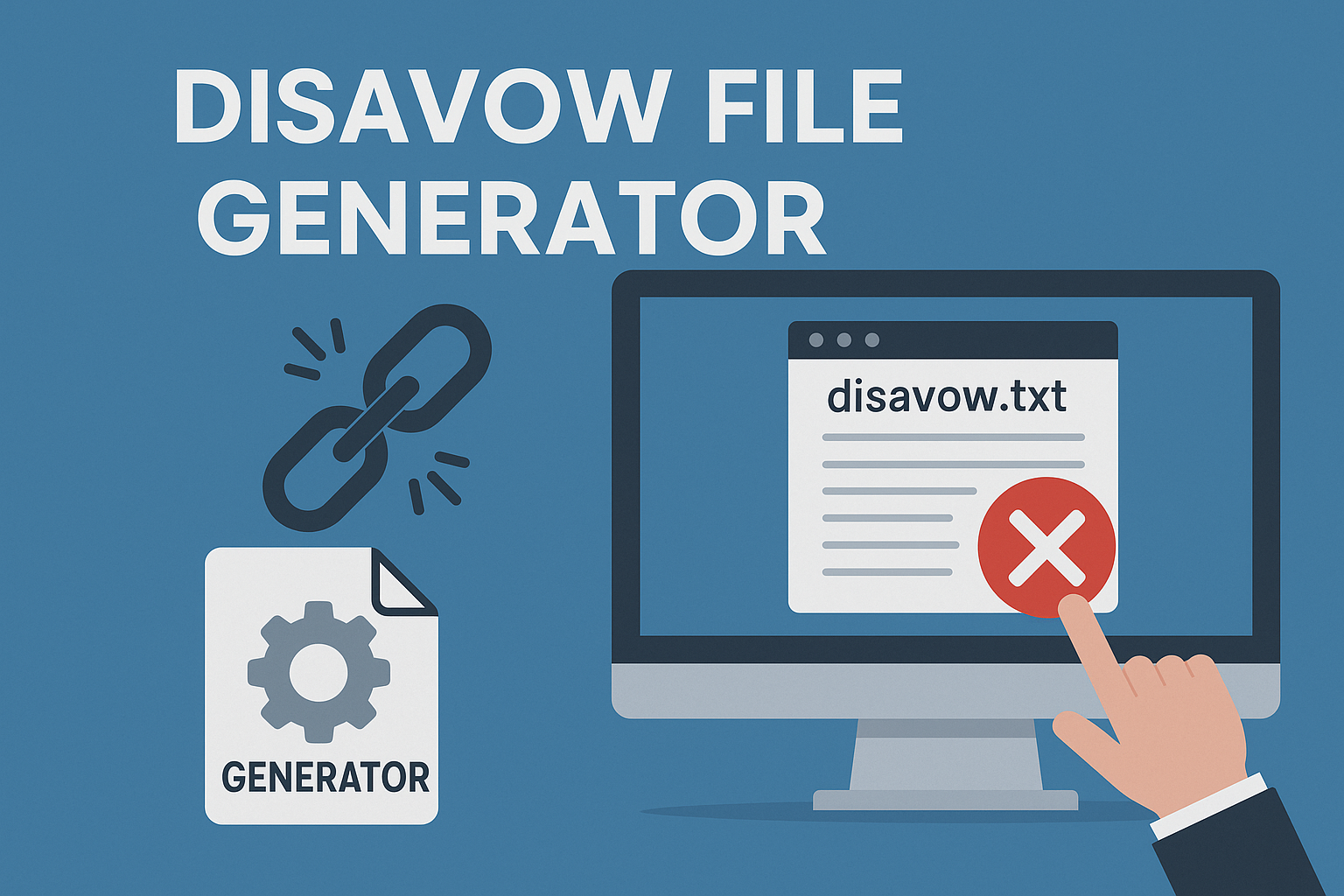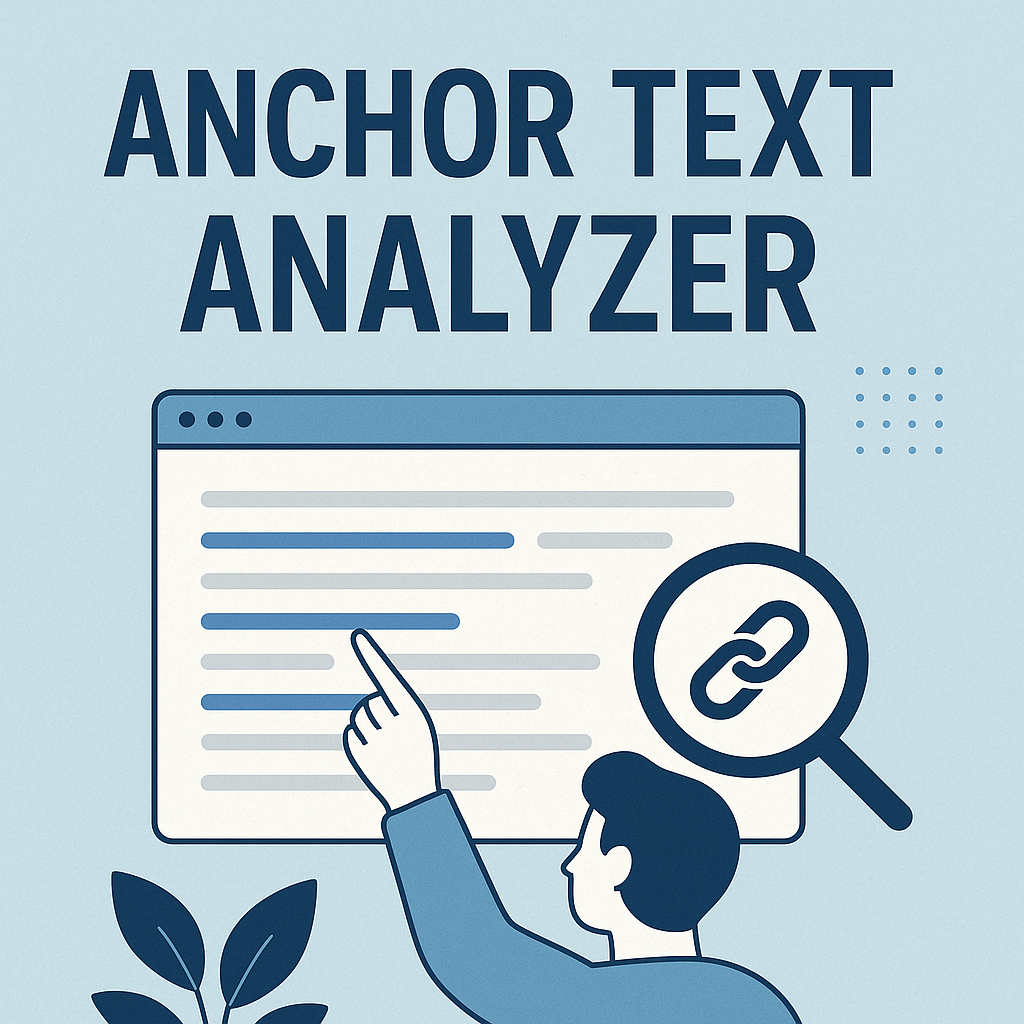Building a strong backlink profile is essential for improving search engine rankings. Two popular strategies—contributing original articles and placing contextual hyperlinks—offer distinct paths to boost your domain authority. While both methods aim to enhance visibility, they differ in execution, effort, and long-term value.
High-quality backlinks send three critical signals to algorithms: relevance (topic alignment), authority (source credibility), and power (link strength). For example, well-researched articles published on reputable sites often outperform quick niche edits in cheap, low-traffic content. The former builds trust, while the latter risks looking manipulative.
For a detailed comparison of AI-powered SEO platforms, explore our analysis of Outrank.so vs Outranking.io, highlighting their unique features and benefit. You’ll learn how to align tactics with goals like driving referral traffic or strengthening anchor text diversity. We’ll also share practical steps to avoid common pitfalls, such as prioritizing quantity over contextual fit.
Key Takeaways
- Backlinks influence rankings through relevance, authority, and link strength signals.
- Contributing original content offers greater creative control than editing existing articles.
- Speed versus sustainability often determines which strategy fits short-term or long-term goals.
- Always prioritize platforms with high domain ratings and audience alignment.
- Low-quality placements can harm SEO progress if flagged as spam.
Understanding the Basics of Guest Posting
Publishing expert articles on third-party sites remains a cornerstone of modern SEO strategies. This collaborative approach helps businesses share expertise while earning credibility signals search algorithms favor. Let’s break down how this method works and why it matters.
Definition and Process
Contributing articles to external platforms involves creating original, value-driven content in exchange for a contextual hyperlink. Writers typically start by identifying sites with aligned audiences and strong domain ratings. A tailored outreach email highlighting shared goals often opens the door.
The host platform usually provides guidelines covering tone, word count, and linking rules. Following these ensures the piece meets editorial standards. For example, some sites require author bios with specific keyword usage, while others prioritize data-backed insights.
How It Affects Domain Authority and Brand Visibility
When reputable websites publish your work, their trustworthiness partially transfers to your site. Search engines view these associations as endorsements, gradually improving your search engine rankings. Over time, this builds a diversified backlink profile resistant to algorithm changes.
Beyond SEO benefits, well-crafted articles attract referral traffic from engaged readers. A cybersecurity firm sharing breach prevention tips on a tech blog, for instance, might gain clients directly from the published piece. This dual impact—technical and human—makes the strategy uniquely powerful.
Make sure your website’s structure is user-friendly by avoiding common design mistakes that hinder SEO performance.
Exploring the World of Link Insertions
Link insertions offer a dynamic way to boost your site’s authority without creating new articles. Unlike traditional methods that rely on fresh content, this approach enhances existing pages by adding contextual backlinks. These edits blend seamlessly into articles, making them less intrusive than standalone promotions.
Definition and Key Elements
Also called niche edits, link insertions involve placing hyperlinks in previously published material. The goal? To leverage established content’s traffic and credibility. For example, a travel blog might update a 2-year-old post about hiking gear to include a link to your outdoor apparel store.
Three core elements define successful placements:
- Relevance: Links must align with the host article’s topic
- Contextual flow: Anchor text should read naturally within sentences
- Source quality: High-authority websites amplify SEO benefits
Impact on Link Juice and Search Engine Rankings
When a reputable site adds your link, its domain authority strengthens your page’s ranking potential. Search engines interpret these contextual signals as organic endorsements. A 2023 case study showed websites using strategic insertions gained 17% more visibility in search engine results within six months. link insertion vs guest post. Those evaluating an alternative to popular guest post providers often find better turnaround and transparency with this choice.
Broken link-building illustrates this technique’s power. Imagine finding a 404 error in a popular blog’s resource list. Suggesting your functional guide as a replacement creates a win-win: the site fixes its content, while you gain a valuable backlink.
Guest Posting vs Link Insertion: A Direct Comparison
Choosing between creating fresh articles and enhancing existing ones depends on your priorities. One method prioritizes creative freedom, while the other focuses on quick wins. Let’s examine how these approaches stack up in critical areas.
Control Over Content and Customization
Original articles let you shape every detail. You pick the topic, structure arguments, and choose anchor text that aligns with your goals. For instance, a software company could publish a detailed guide on AI integration, embedding strategic keywords throughout.
With niche edits, you’re limited to the host article’s existing framework. Links must fit naturally into sentences written by others. A study by Backlinko found articles with customized links earned 23% more referral traffic than generic placements. Check out our curated link exchange directory to connect with other webmasters.
Speed and Ease of Implementation
Updating old posts takes less time than drafting new ones. Many link insertions go live within days, compared to weeks for editorial approvals on guest pieces. This makes them ideal for time-sensitive campaigns or quick domain authority boosts. link insertion vs guest post
However, faster doesn’t always mean better. A 2023 analysis showed links in newly published content stayed active 58% longer than those added to older articles. Balancing urgency with sustainability is key for lasting search engine rankings. Agencies scaling globally often look to a dedicated SEO agency in Singapore to support APAC outreach and backlinks.
Diving Deeper into the SEO Benefits
Strengthening a website’s search performance requires understanding how different tactics send trust signals to algorithms. Both contributing articles and strategic edits work uniquely to boost relevance and authority—critical factors in ranking systems.
Enhancing Relevance and Authority Signals
Original articles published on respected platforms act like digital endorsements. They showcase expertise while embedding contextual backlinks that align with the host’s content theme. This alignment tells search engines your site offers valuable, topic-specific resources.
Placing hyperlinks in existing high-performing content offers a different advantage. These niche edits inherit the host page’s credibility, funneling domain authority to your site. A 2023 study found websites combining both approaches saw 34% faster improvements in visibility than those using one method alone. If you’re looking to build high-quality links through community engagement, this guide on how to build backlinks effectively through Quora offers actionable insights.
Three key benefits emerge when blending strategies:
- Diversified signals: Fresh content demonstrates thought leadership, while curated links build topical relevance
- Sustained growth: Articles drive ongoing traffic, whereas edits provide immediate ranking boosts
- Risk mitigation: Balanced approaches withstand algorithm updates better than single-method reliance
Focus on platforms with engaged audiences and strong performance metrics. A tech blog linking to your SaaS tool, for instance, strengthens both relevance (through context) and authority (via source quality). This dual reinforcement creates compounding SEO advantages over time.
Understanding why website traffic is important can help you identify new opportunities to boost your site’s performance.
Strategies for Effective Guest Posting
Mastering effective outreach requires more than writing skills—it demands strategic targeting and relationship-building. Let’s explore proven methods to secure placements that boost visibility and authority.
How to Identify the Right Websites
Start by analyzing where competitors earn backlinks. Tools like Ahrefs or SEMrush reveal their top-performing partners. Combine this with search operators like “write for us” + [your niche] to uncover hidden opportunities.
Prioritize platforms with active audiences and domain authority scores above 50. A parenting blog with high engagement, for instance, beats a generic site with stale content. Check traffic trends using SimilarWeb to avoid dying platforms.
Crafting a Winning Pitch
Editors receive hundreds of generic requests weekly. Stand out by referencing their recent articles: “Loved your piece on sustainable packaging—our data study on biodegradable materials would complement it perfectly.”
Include 2-3 tailored topic ideas matching their style. For tech blogs, suggest actionable guides. Lifestyle sites? Opt for personal stories with data. Always link to your best work as proof of expertise. Some SEOs are ditching traditional vendors for a leaner Linkverse alternative that gives more control and cost-efficiency.
Content Creation and Optimization Tips
Align your draft with the host’s formatting—subheadings, bullet points, or case studies. Use their preferred anchor text density (usually 1-2 links per 800 words). Tools like Clearscope ensure keyword optimization without stuffing.
Follow up politely after submission. Building rapport often leads to recurring collaborations. As one editor notes: “Writers who engage beyond transactions become our go-to experts.”
Uncover the secret to more effective backlink campaigns by leveraging smart link insights that align perfectly with your SEO goals.
Implementing Successful Link Insertions
Strategic link placements require precision and careful planning. Let’s explore practical methods to secure high-quality connections while maintaining organic flow.
Reviving Dead Connections
Broken link-building helps websites fix outdated content while earning authority-boosting backlinks. Start by identifying relevant platforms using tools like Check My Links or Ahrefs’ Broken Links report. Look for 404 errors in resource lists or product reviews.
Next, create better content than the original. A well-crafted internal linking map can reveal opportunities to boost underperforming pages by redistributing link equity more effectively.. Politely email the editor: “Noticed your broken link to ‘Content Audit Templates’—our 2024 version includes AI integration tips. Thought your readers might appreciate it!”
Claiming Uncredited References
Many websites mention brands without linking. Use tools like Mention or Google Alerts to find these opportunities. A fitness site discussing workout apps might name-drop your product without a hyperlink. Ditch third-party marketplaces — our Press Whizz alternative gives you better outreach.
Send a friendly request: “Thanks for featuring [Brand]! Adding a link to our free trial page would help readers explore further.” Offer to share their article on your social channels as goodwill.
| Effective Anchor Text | Ineffective Anchor Text |
|---|---|
| “Recent climate studies show…” | “Click here for best deals” |
| “According to 2024 CMS data” | “Visit our awesome website” |
| “Learn advanced techniques” | “Buy cheap products now” |
Follow this 4-step process for smooth execution:
- Identify websites with niche authority above 40
- Scan articles for broken links or unlinked mentions
- Create replacement content matching the host’s tone
- Pitch editors with clear mutual benefits
Existing posts often index faster than new pages. A 2023 study found inserted links in established articles gained search engine rankings 22% quicker than those in fresh content. This makes them ideal for time-sensitive campaigns needing immediate visibility boosts.
Gain insights into measuring your backlink success with this comprehensive breakdown of link building metrics that are crucial for driving long-term search engine visibility.
Evaluating the Pros and Cons of Each Approach
Determining the best path for SEO success involves weighing distinct benefits against inherent limitations. Both strategies can strengthen your digital presence, but their effectiveness depends on your resources and goals.
Advantages for Long-Term SEO Growth
Creating original articles for reputable platforms builds lasting value. Benefits include:
- Sustained authority: High-quality publications remain indexed for years, continuously boosting domain ratings
- Audience engagement: Educational content drives ongoing referral traffic from interested readers
- Creative freedom: Full control over messaging and keyword integration
Strategic edits in existing content offer complementary strengths:
- Faster implementation: Placements often go live within days versus weeks
- Established traction: Leverage older posts with proven traffic records
- Cost efficiency: Requires less time investment than full articles
Potential Drawbacks and Challenges
While valuable, both methods have limitations. Writing for external platforms demands significant effort—research shows brands spend 6-8 hours per article on average. Editors frequently reject pitches lacking originality or audience alignment.
Curating existing content poses different hurdles:
- Limited customization: Links must fit the host’s existing narrative
- Quality scarcity: Finding high-authority sites willing to edit old posts takes time
- Volatility risks: Some platforms remove links during content updates
A 2023 analysis revealed websites combining both approaches saw 34% better rankings than those relying on one method. For optimal results, balance thought leadership pieces with strategic placements in evergreen content. Complement your tracker by learning how to find internal links to a page to improve relevance and crawl depth.
Optimizing Your Strategy for the US Market
Cultural alignment and regional preferences shape how American audiences engage with online content. Tailoring your approach to these nuances can dramatically improve visibility and conversion rates.
Target Audience Considerations
US readers prioritize actionable insights backed by data. A 2023 survey found 68% of American users prefer content with statistics or case studies over opinion-based pieces. They also respond well to conversational tones and localized references—think sports metaphors or regional success stories.
When selecting platforms, prioritize sites with strong .edu or .gov domains. These often carry higher authority signals in Google’s algorithms. For example, a cybersecurity guide published on a university blog gains more traction than generic tech forums.
| US-Focused Tactics | Generic Approaches |
|---|---|
| Local idioms (“touch base,” “ballpark figure”) | Formal, impersonal language |
| Case studies featuring US companies | Global examples without regional context |
| Google Business Profile optimization | Ignoring local search features |
Three local SEO practices boost performance:
- Include city/state keywords in meta descriptions
- Claim and update your Google Business Profile
- Partner with regional influencers for authentic endorsements
For time-sensitive campaigns, leverage platforms like Help a Reporter Out (HARO) to connect with US journalists. This builds relationships while securing high-value placements. Always verify a site’s traffic patterns using tools like SEMrush—steady growth indicates engaged audiences.
Agencies aiming to scale their outreach campaigns should consider checking out our curated list of top-rated LinkVerse alternatives.
Conclusion
Building authoritative connections requires choosing tactics that align with your goals. Guest posts let you craft original stories with full creative control, while link insertions leverage existing content for faster implementation. The former builds long-term credibility, and the latter offers quick visibility boosts.
Consider your priorities: Do you need detailed content ownership or rapid results? Articles published through collaborations strengthen authority signals, but curated links in high-traffic posts can enhance rankings swiftly. Both methods face challenges—editorial delays versus limited customization.
For optimal SEO performance, blend these approaches. Pair thought leadership pieces with strategic placements in evergreen content. This creates a balanced backlink profile that algorithms reward.
Start by auditing your site’s current standing. If building trust matters most, prioritize guest contributions. Need immediate traction? Focus on relevant insertions. Always verify partner platforms for audience alignment and domain strength.
Remember: Ethical practices ensure sustainable growth. Avoid shortcuts that risk penalties. Test both strategies, measure their impact, and refine your mix. With patience and smart execution, you’ll build connections that drive lasting results.
Explore the importance of authentic relationship-building in your outreach efforts by reading our guide on crafting the perfect partnership outreach email template.

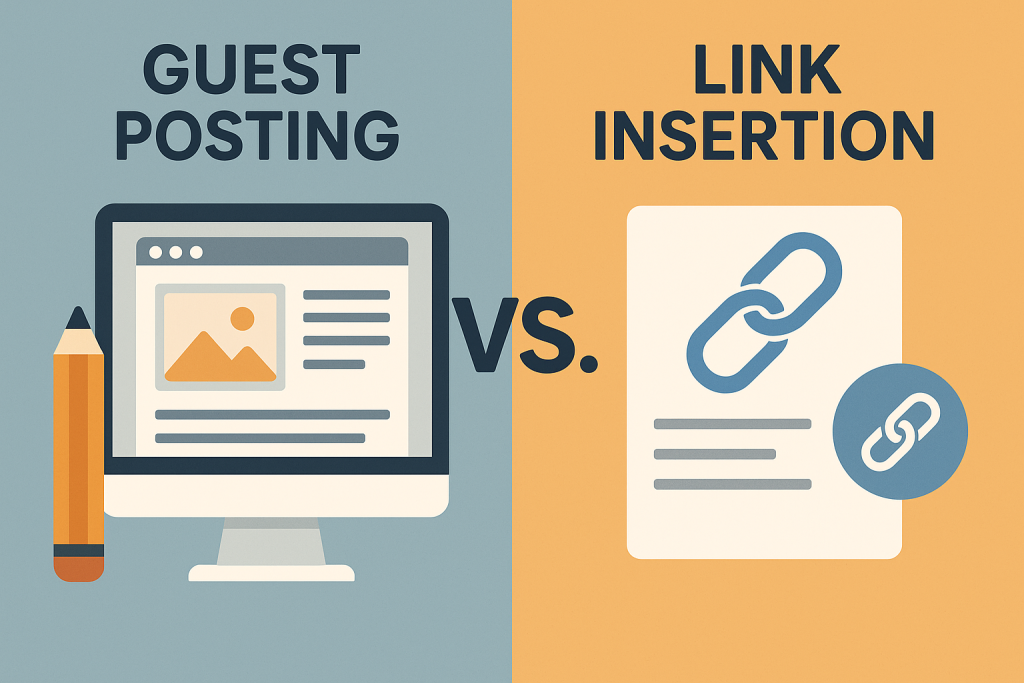
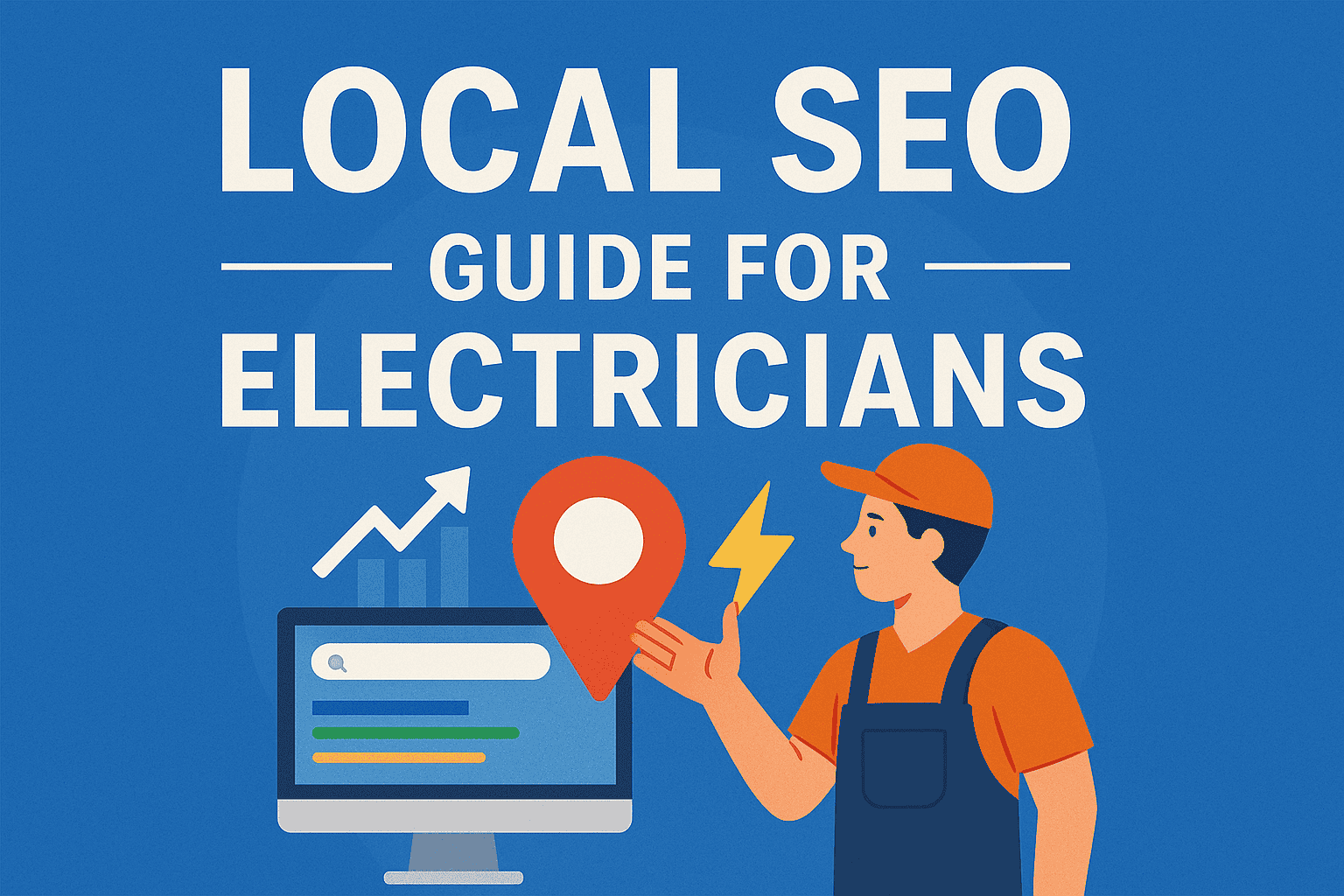
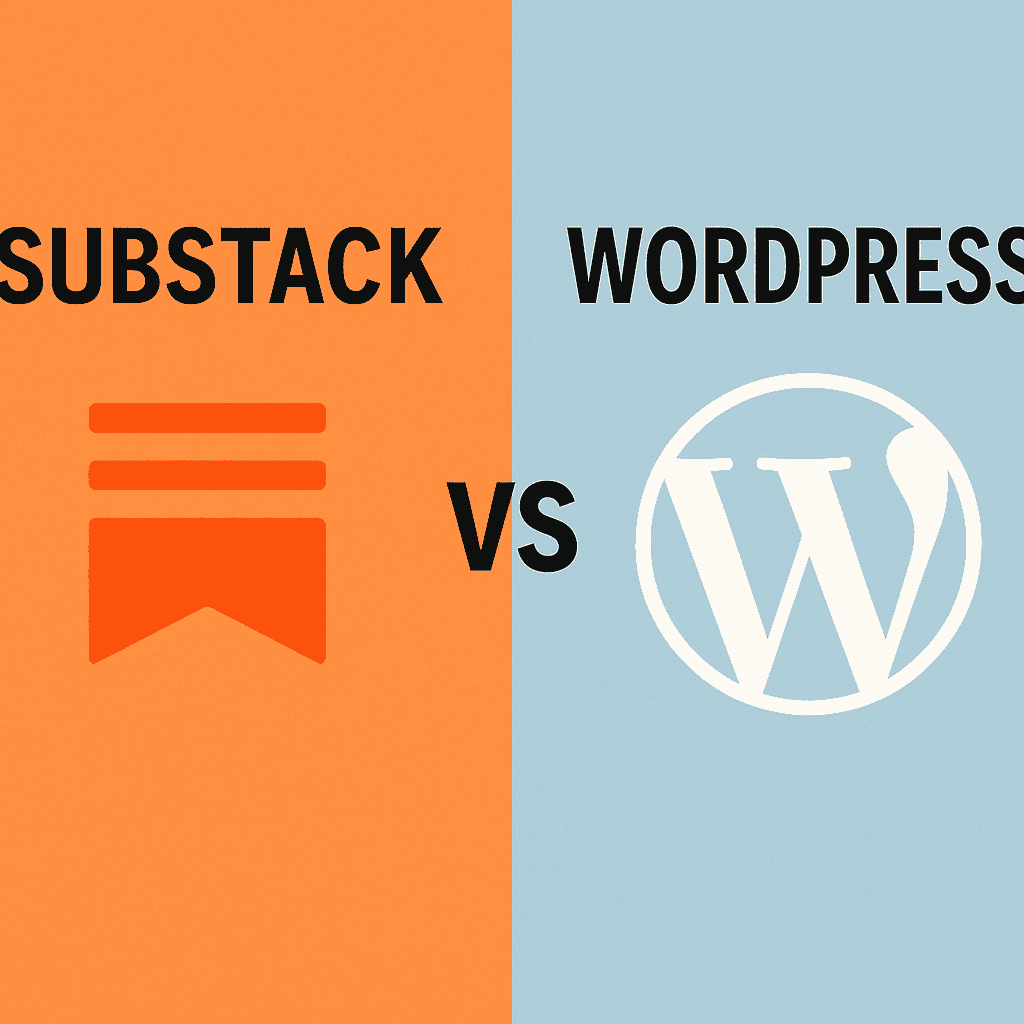

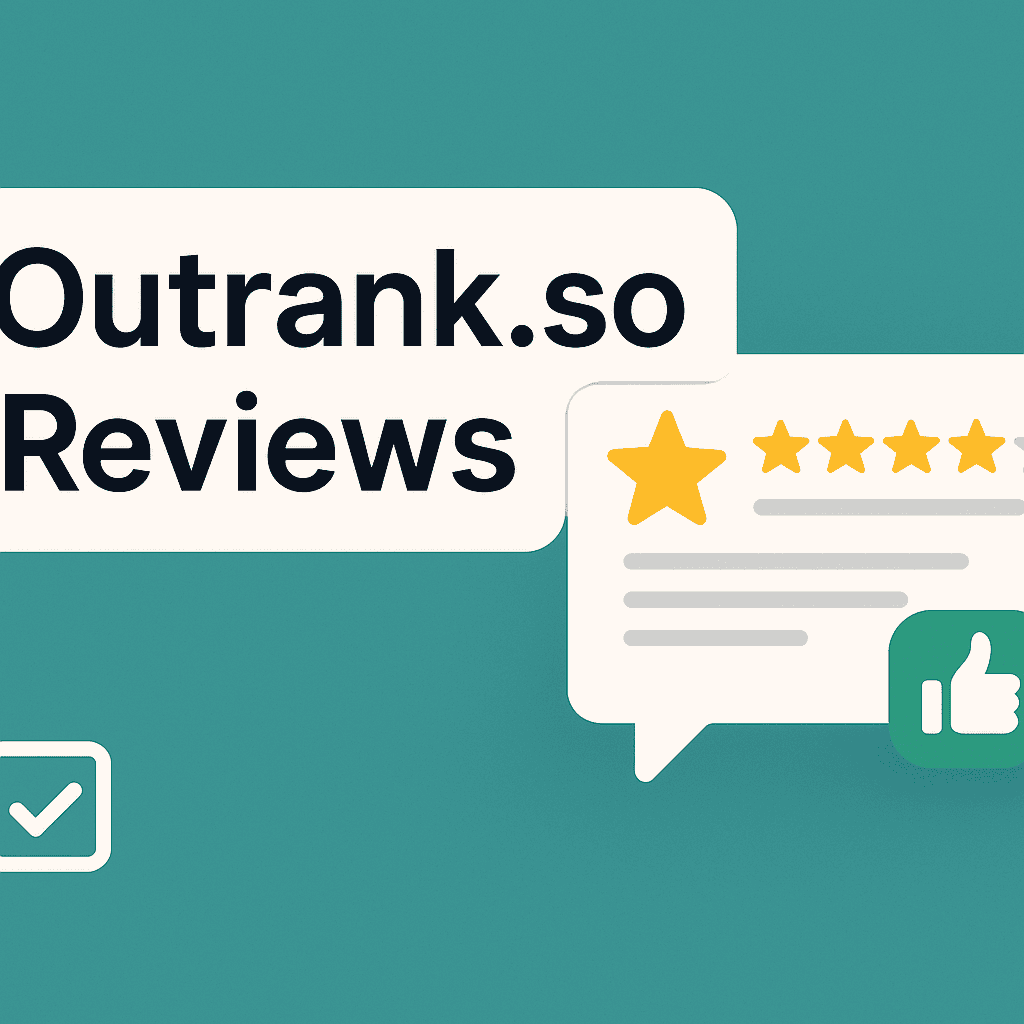
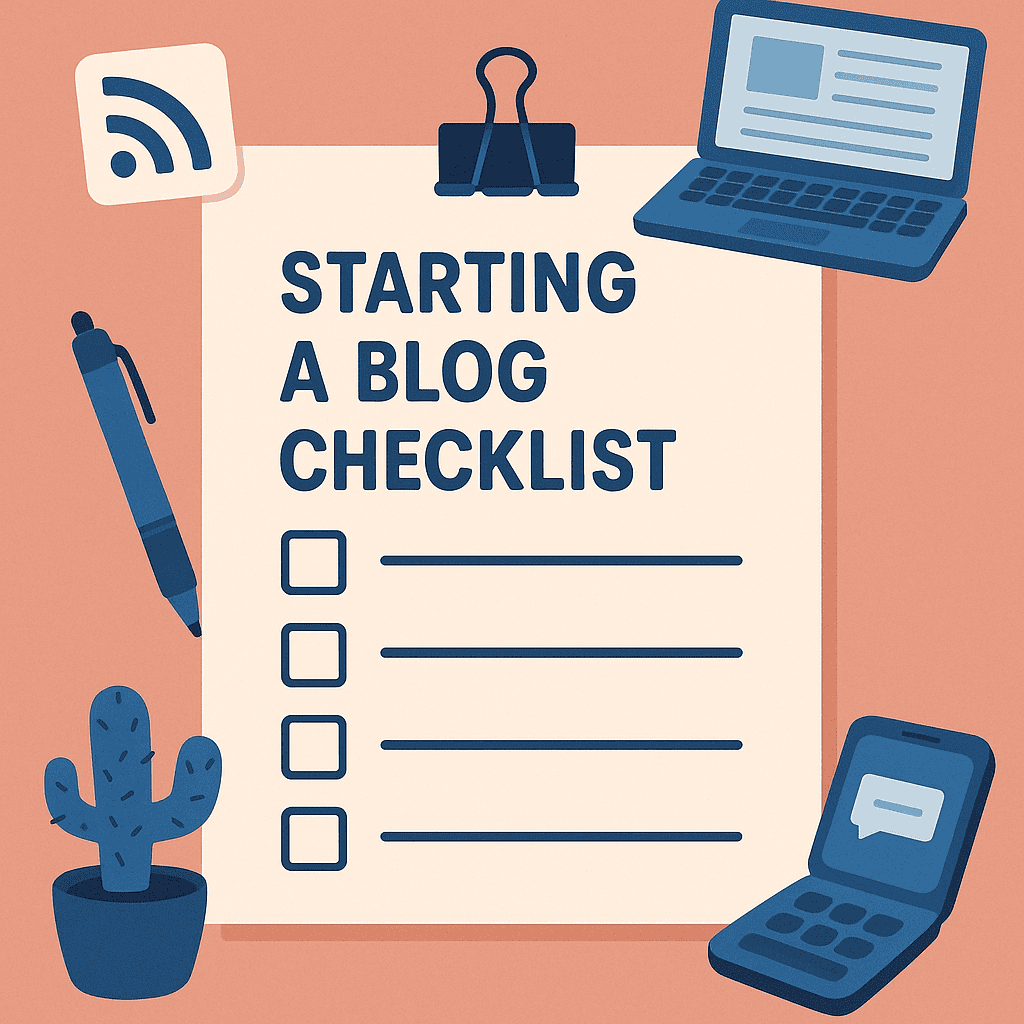
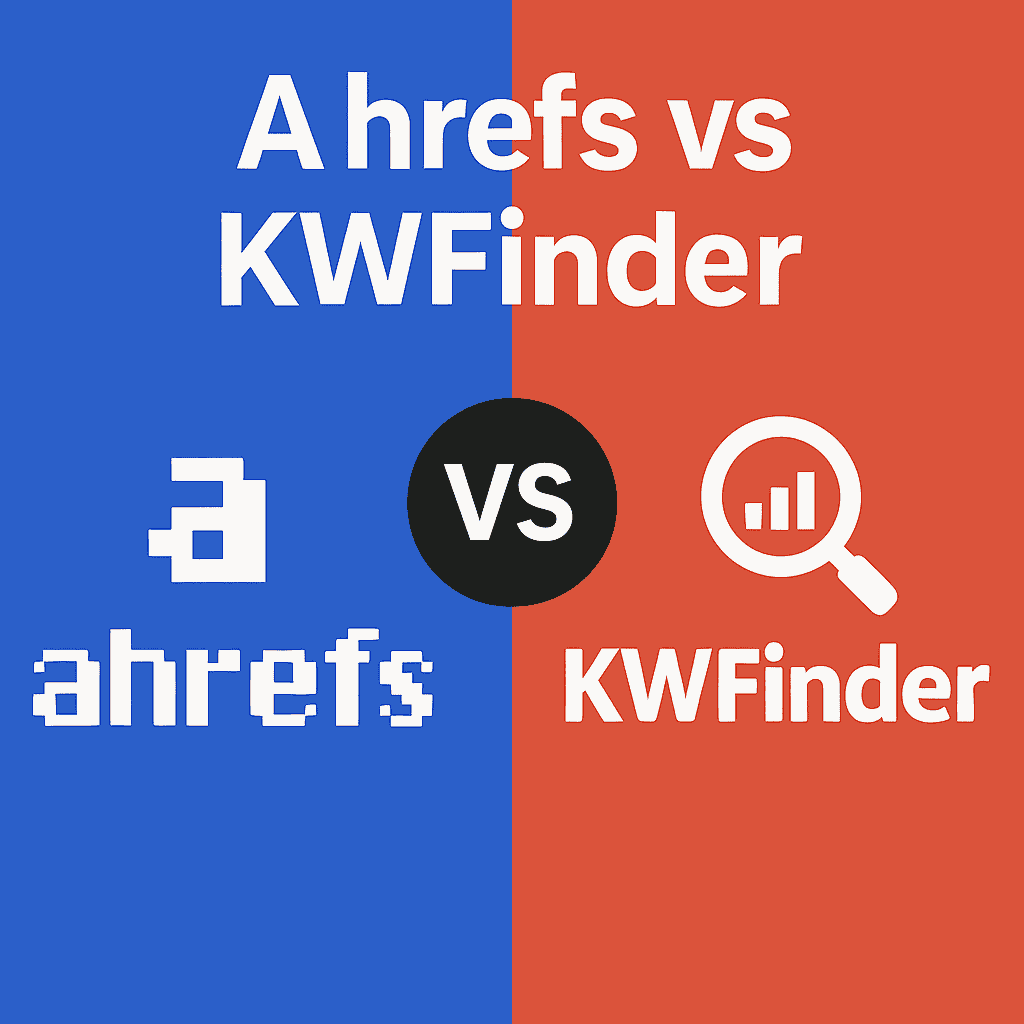
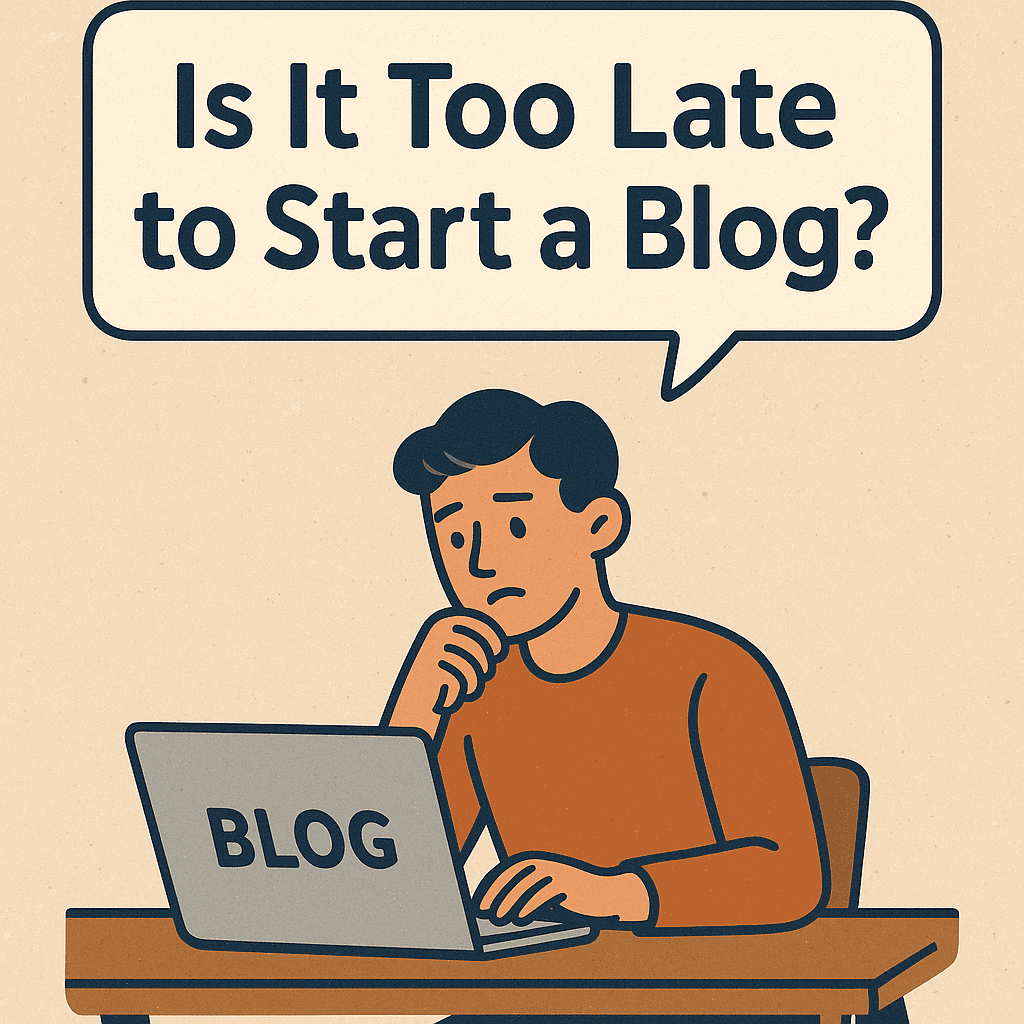
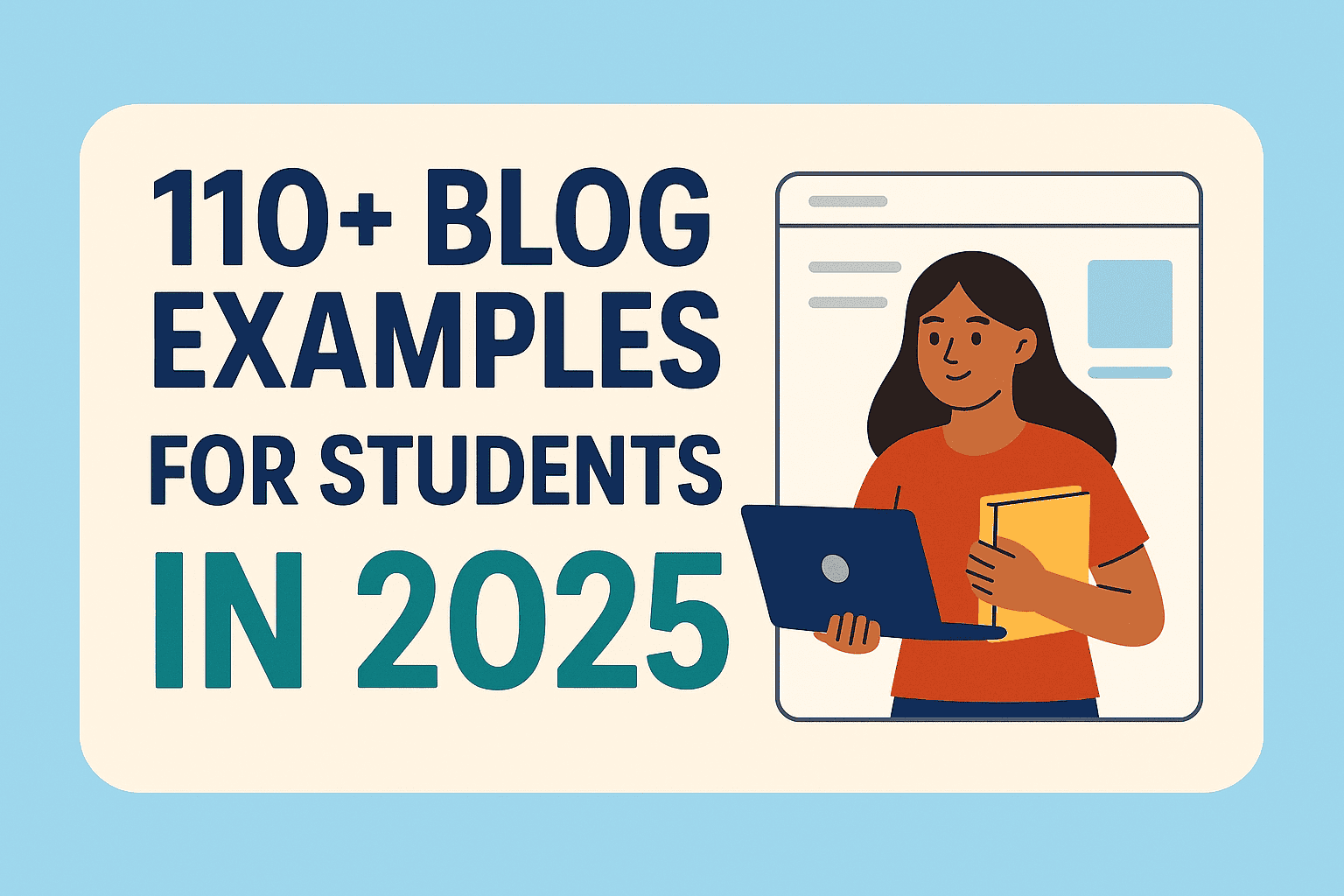
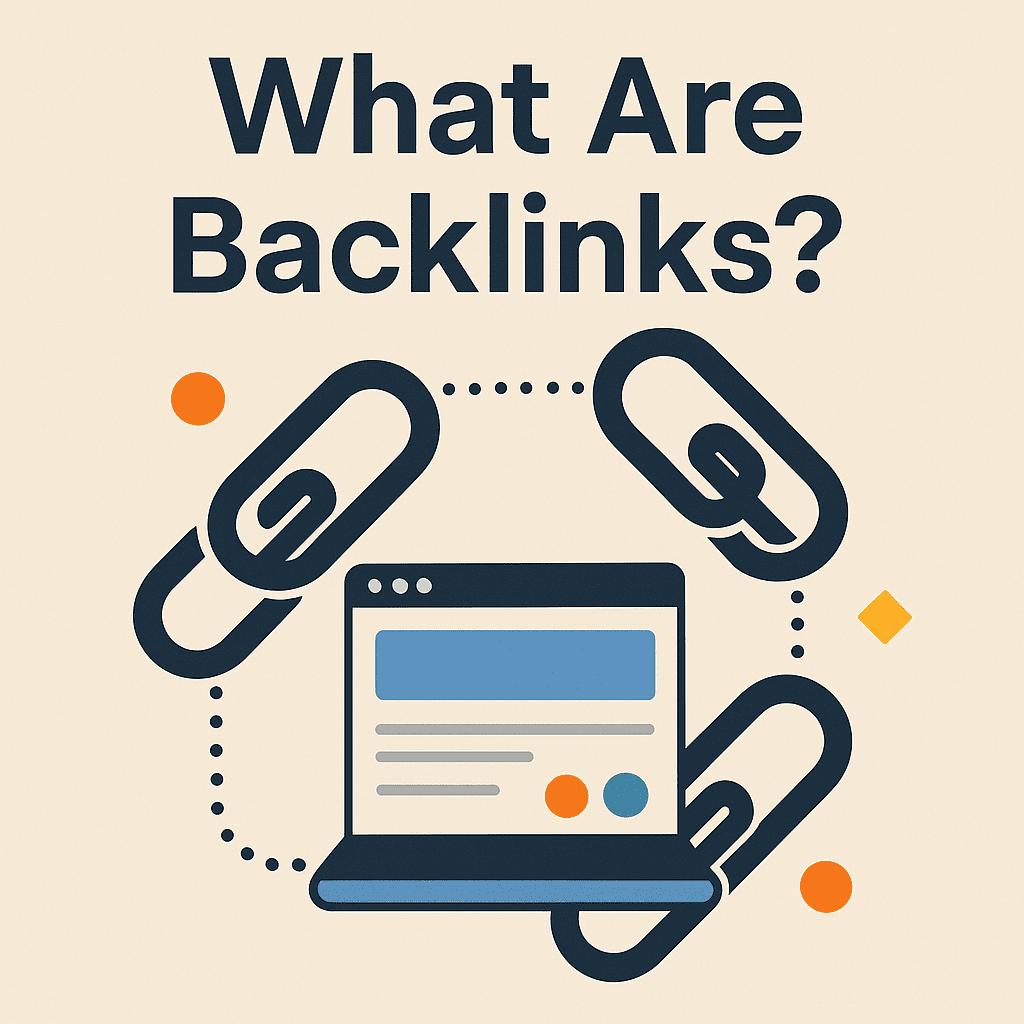
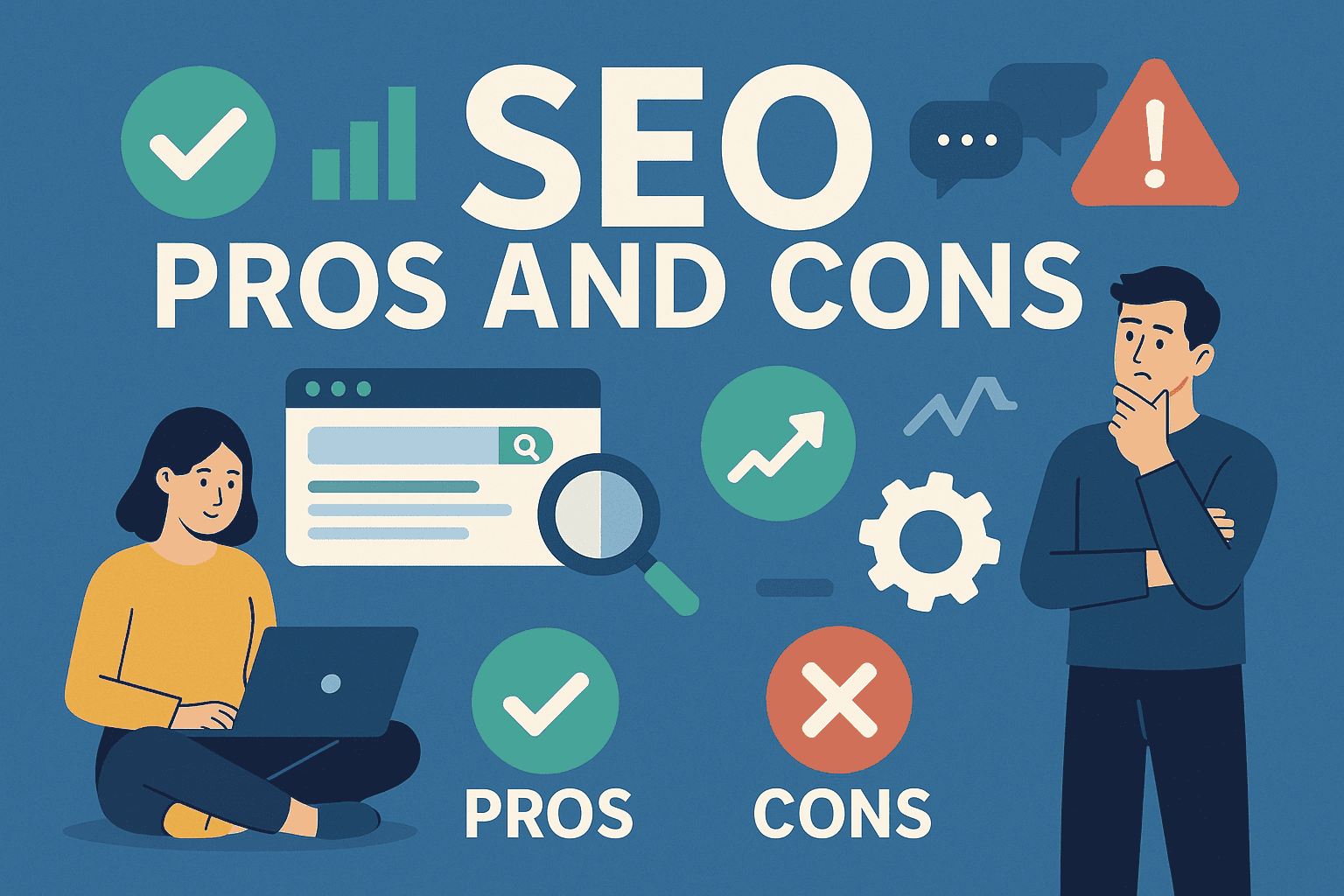

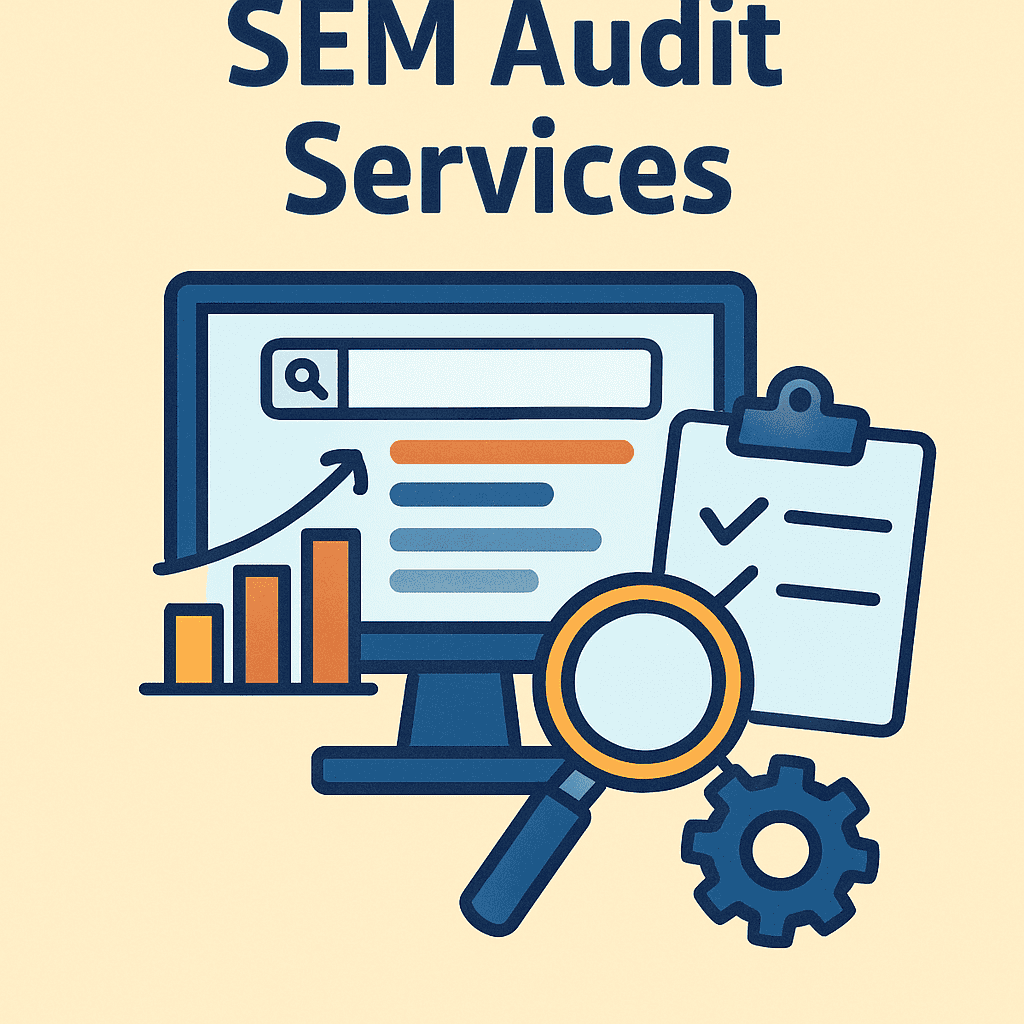



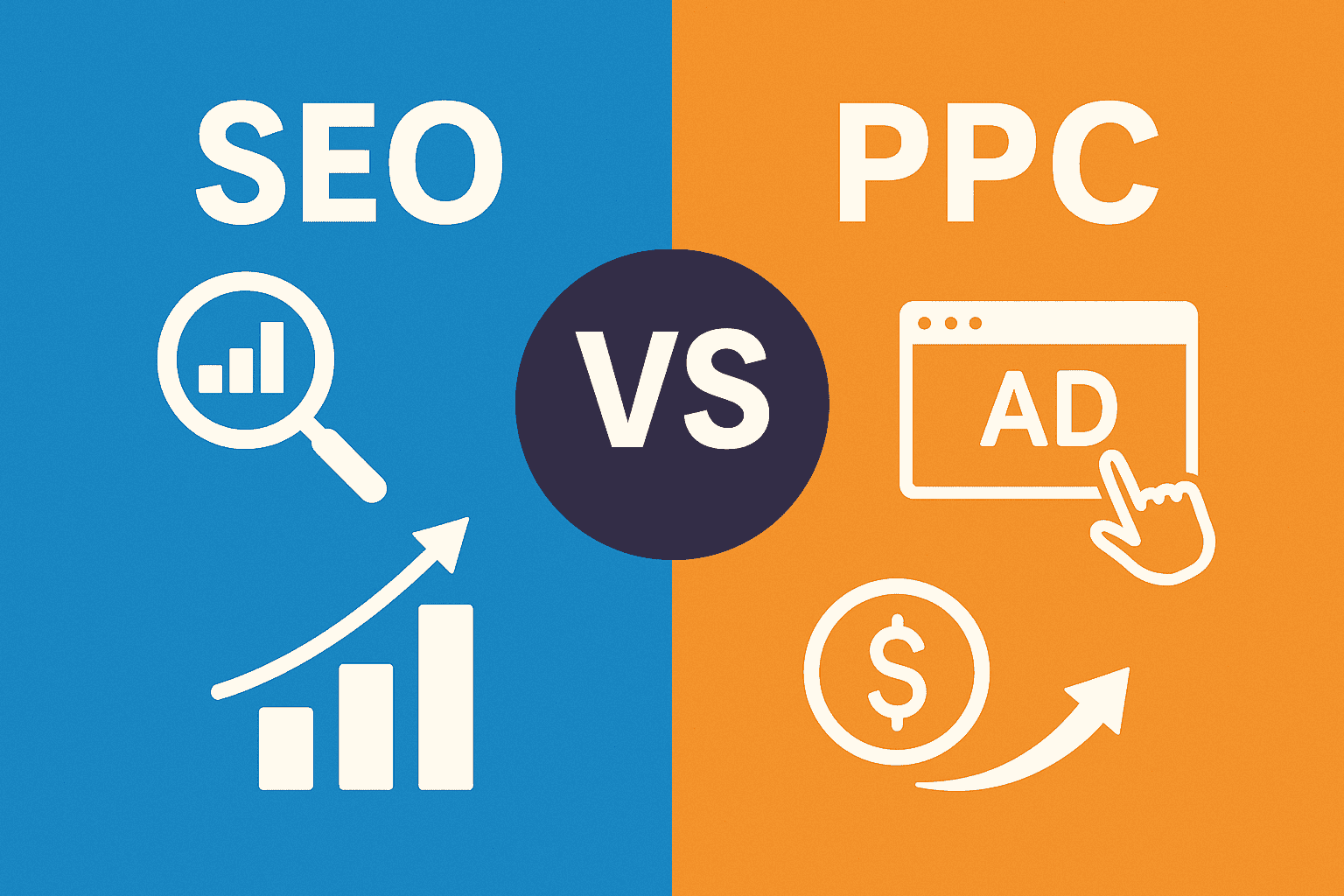

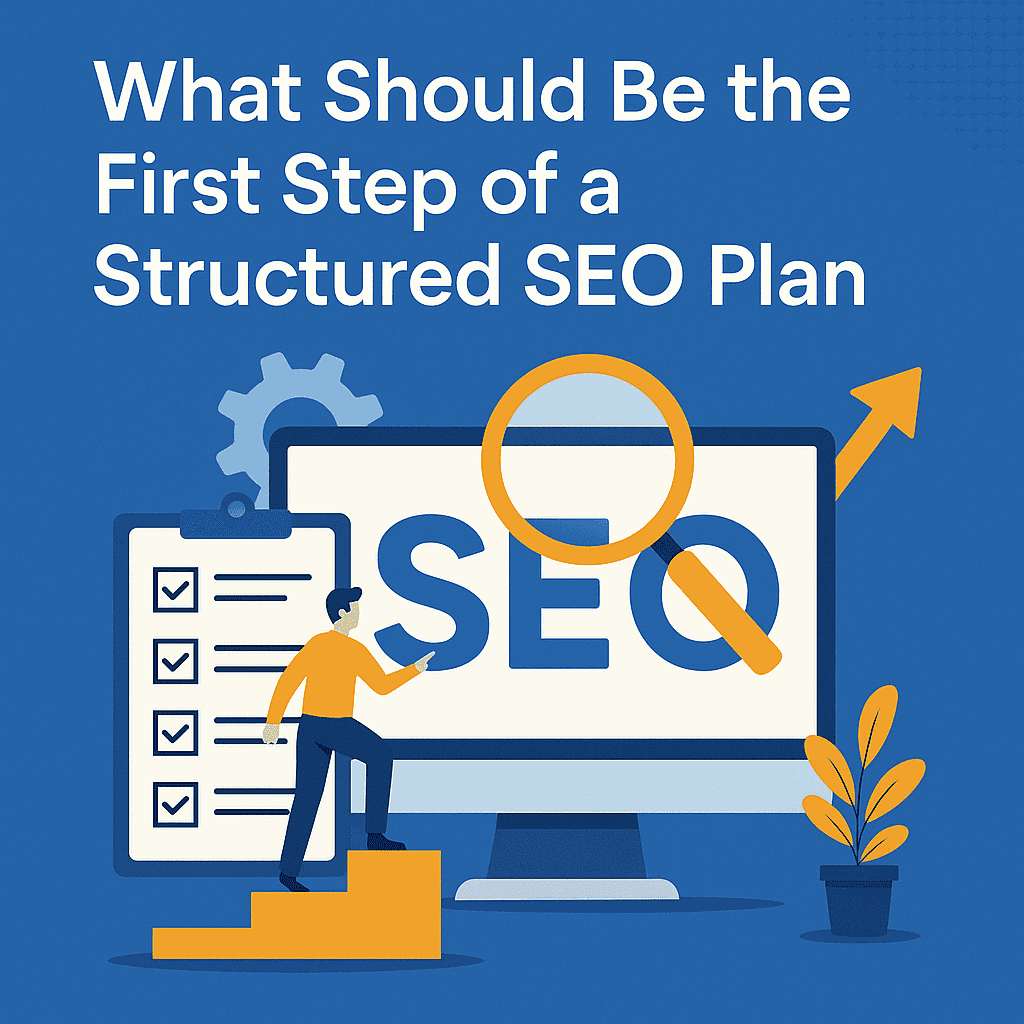

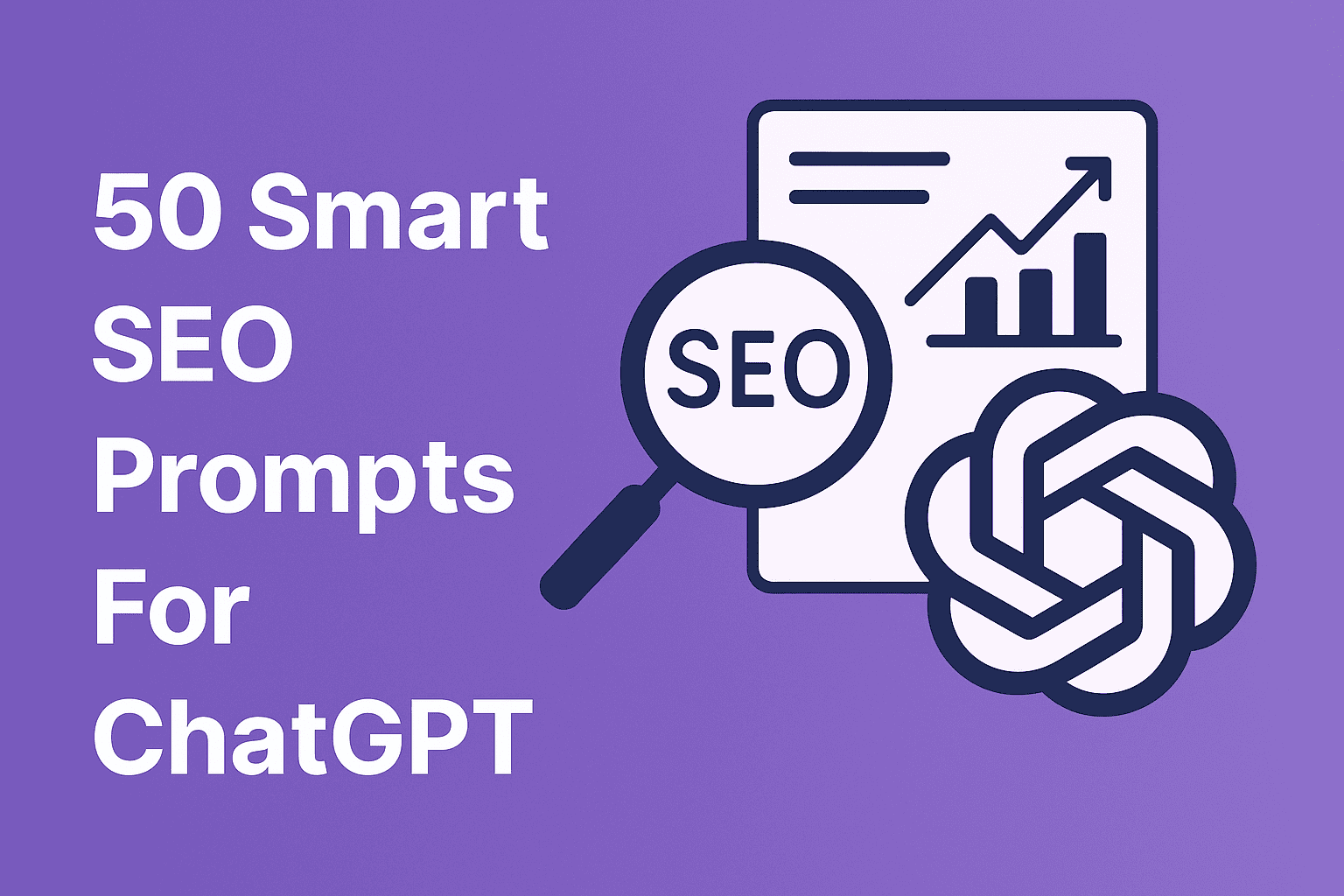

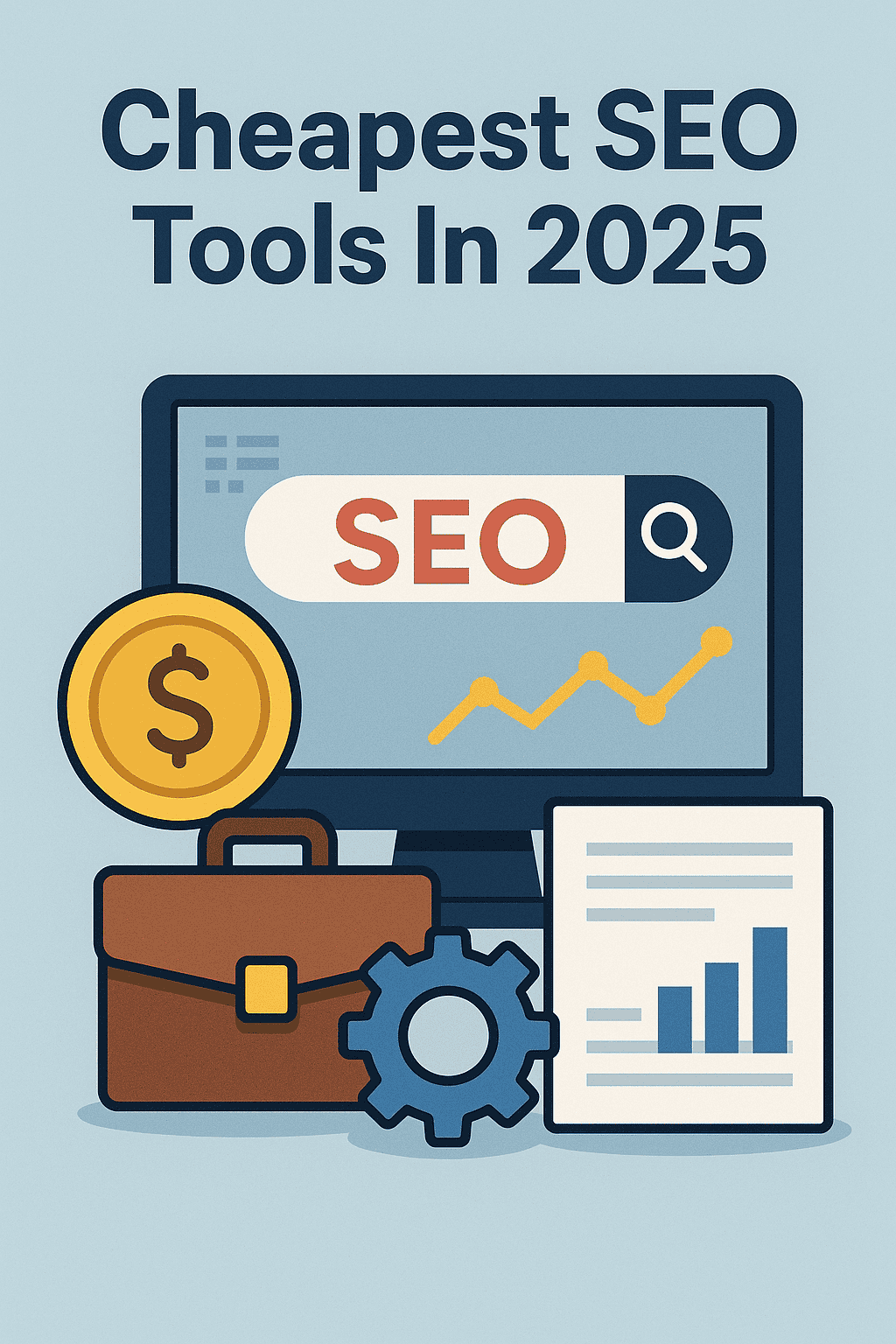
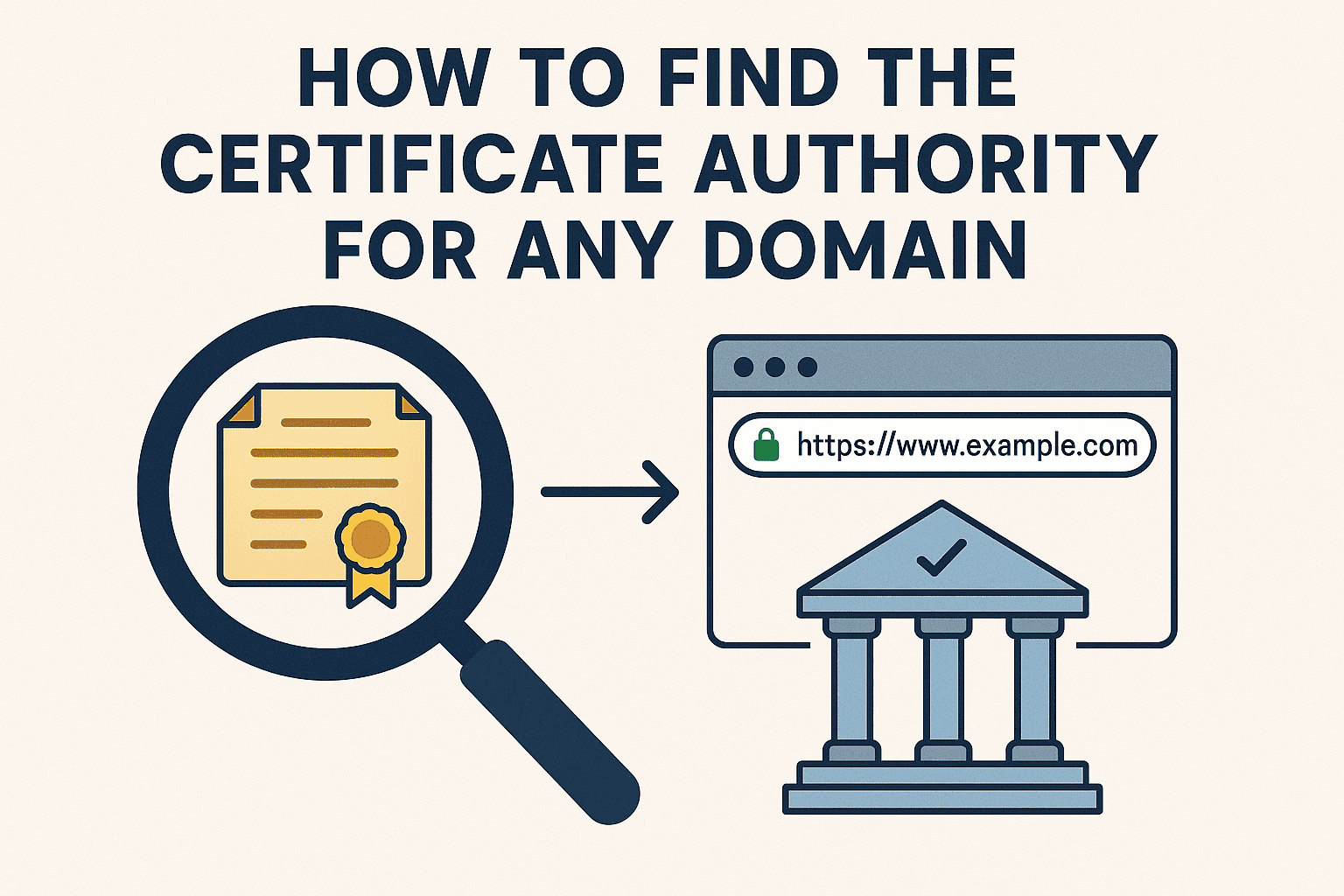
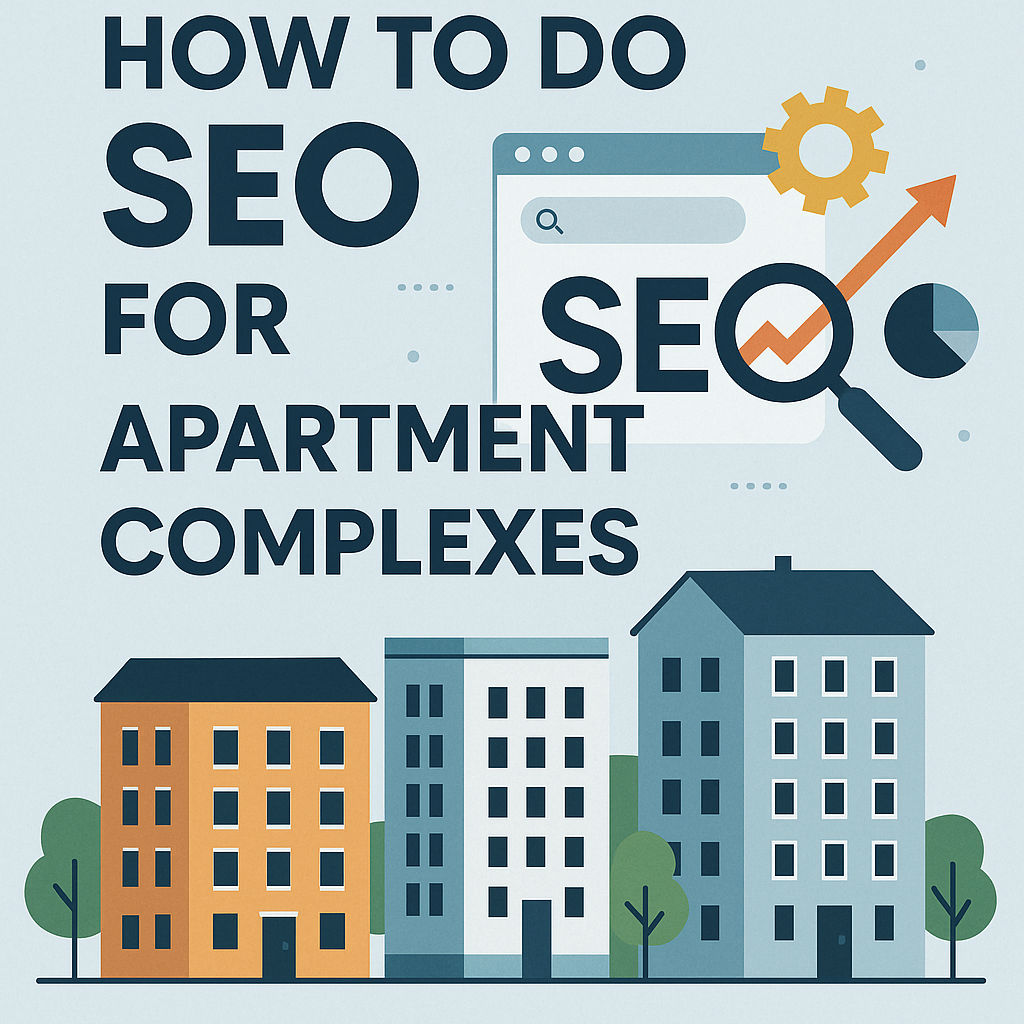
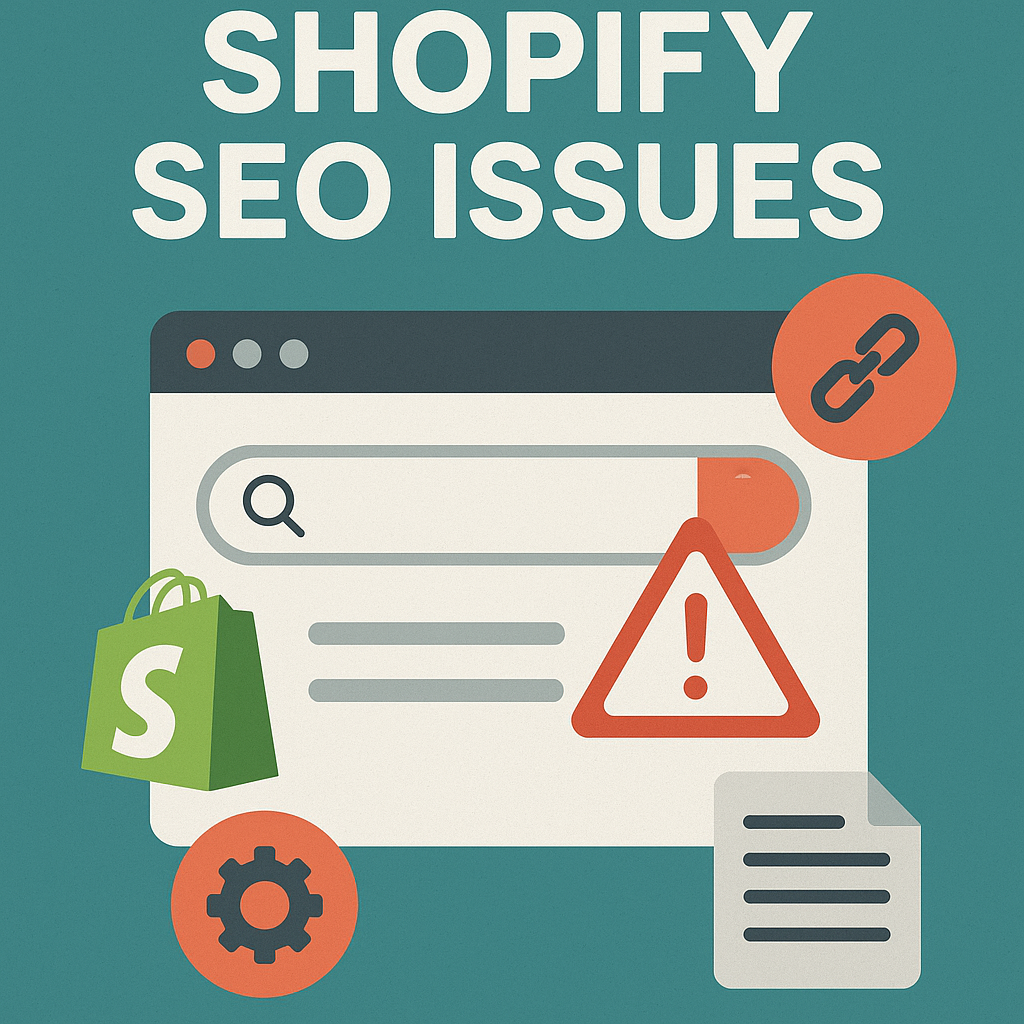
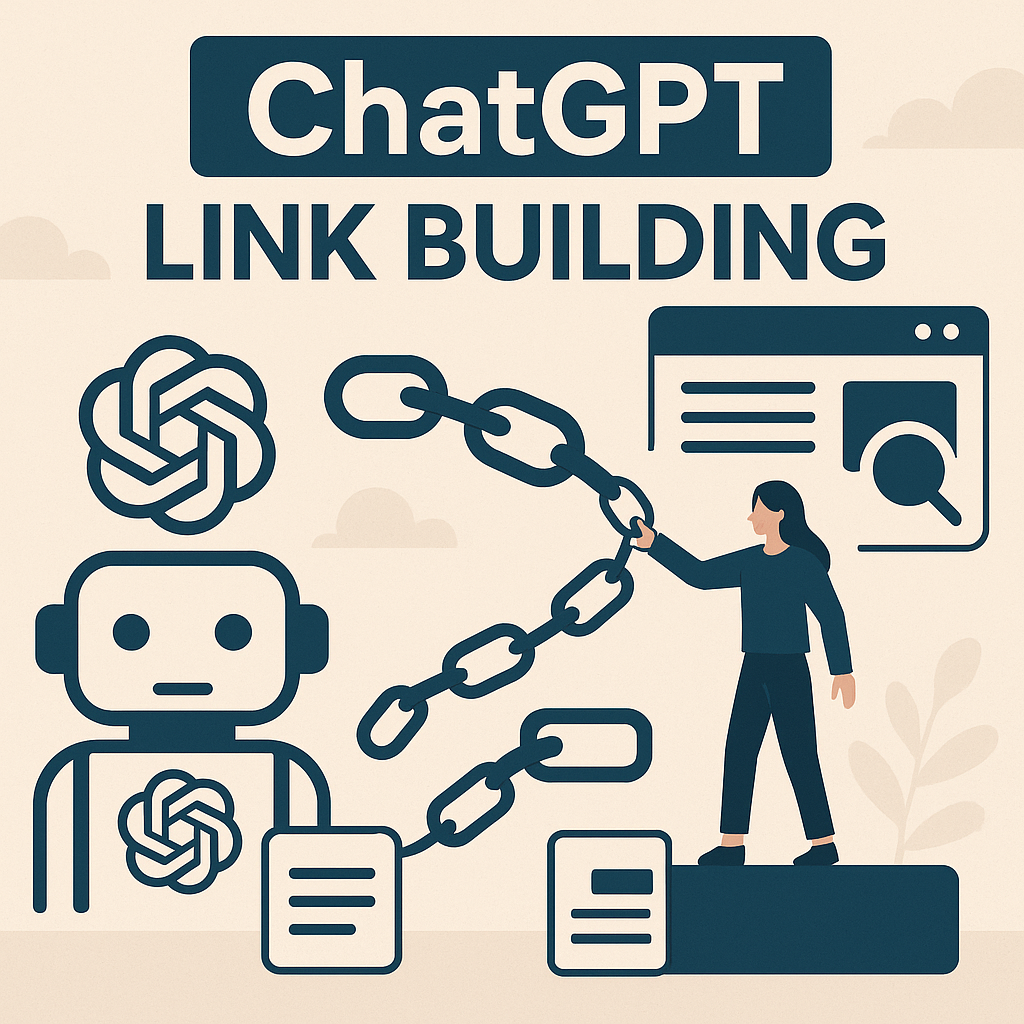
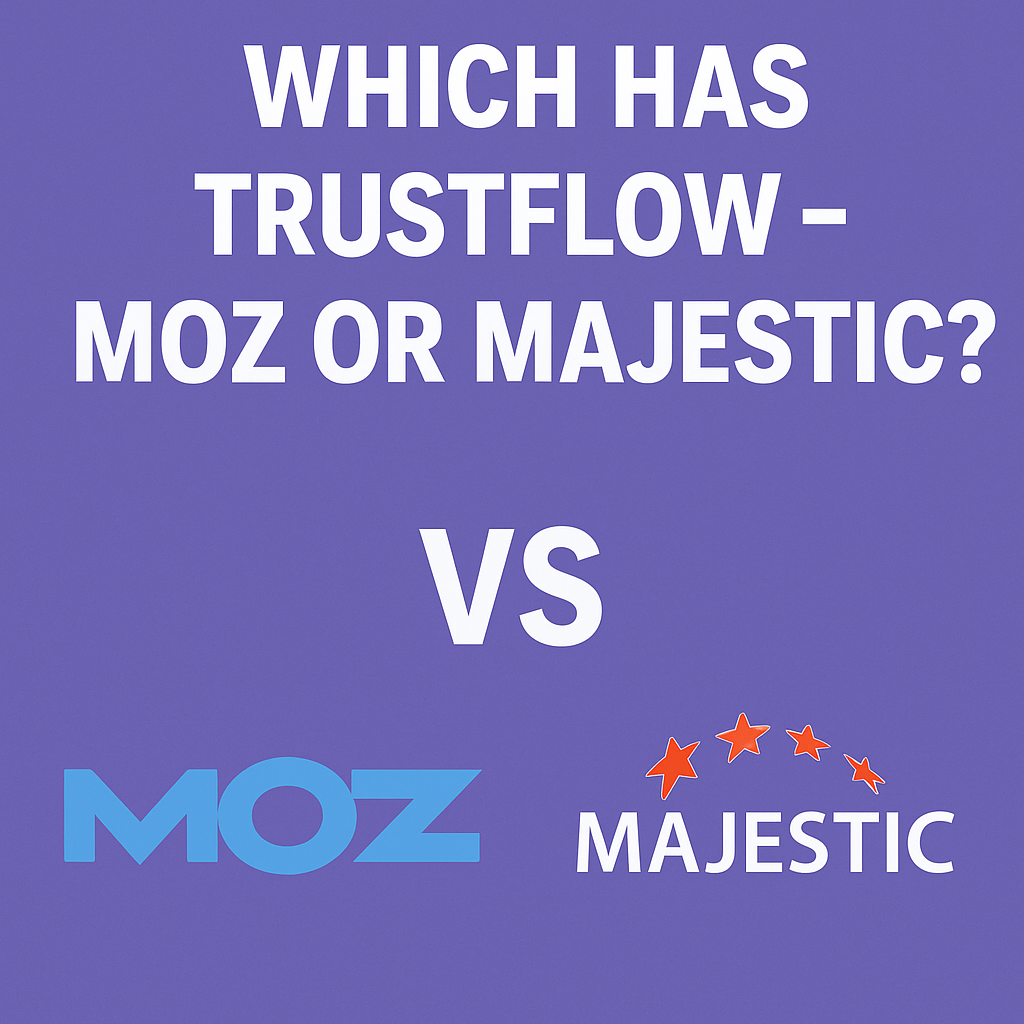
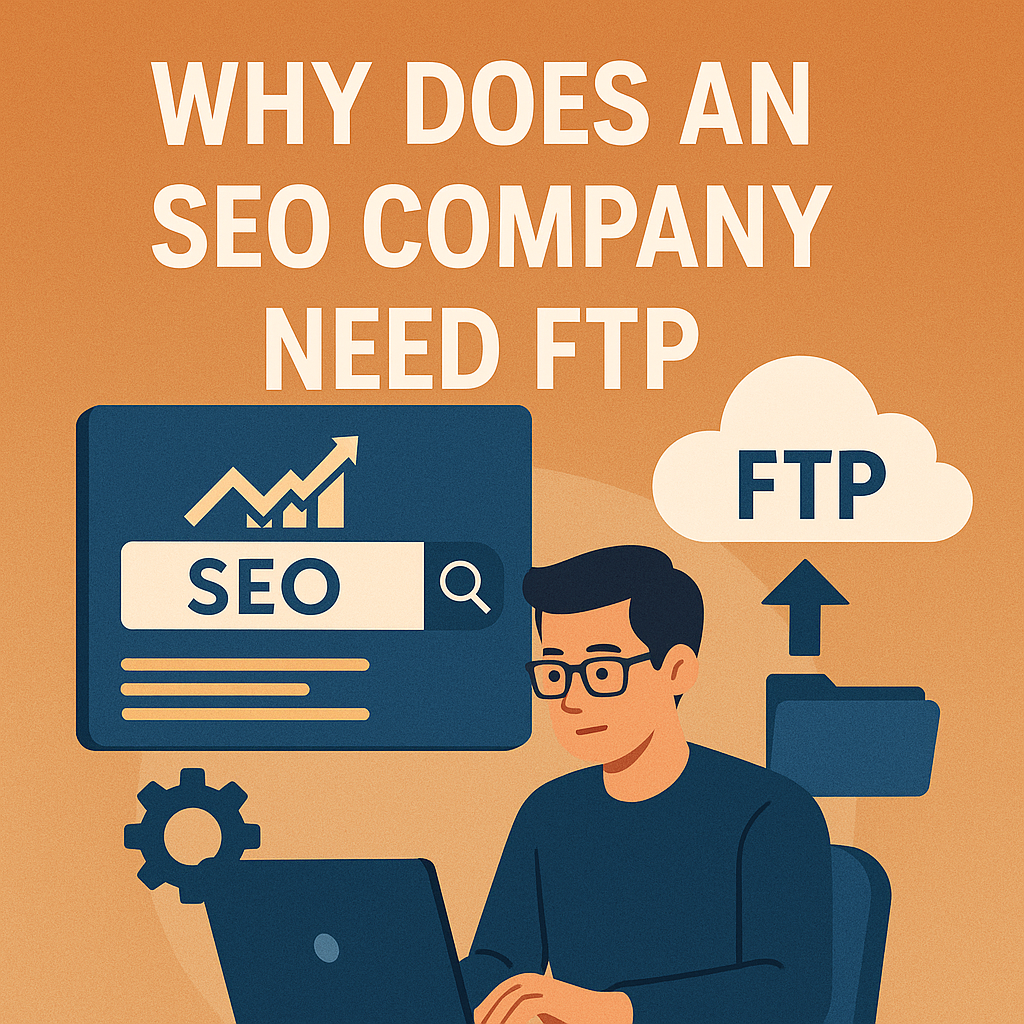
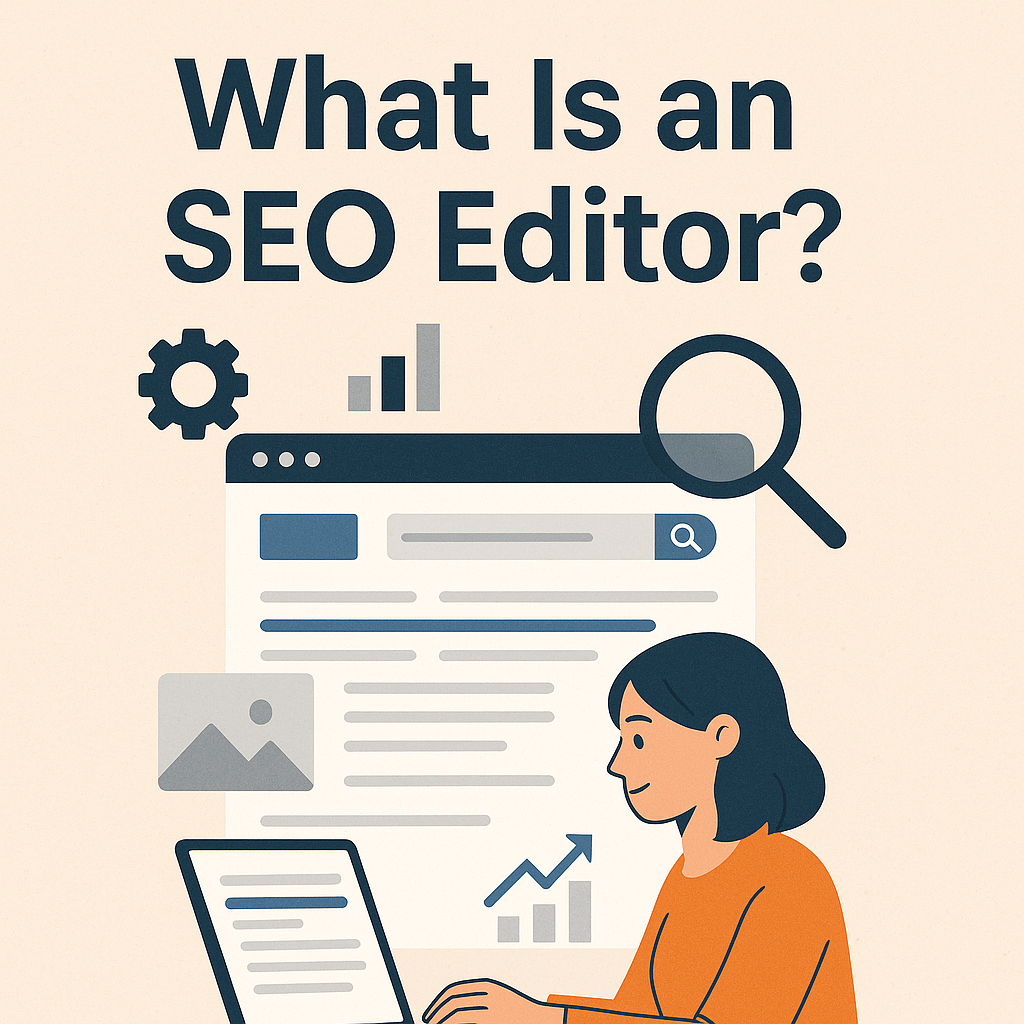
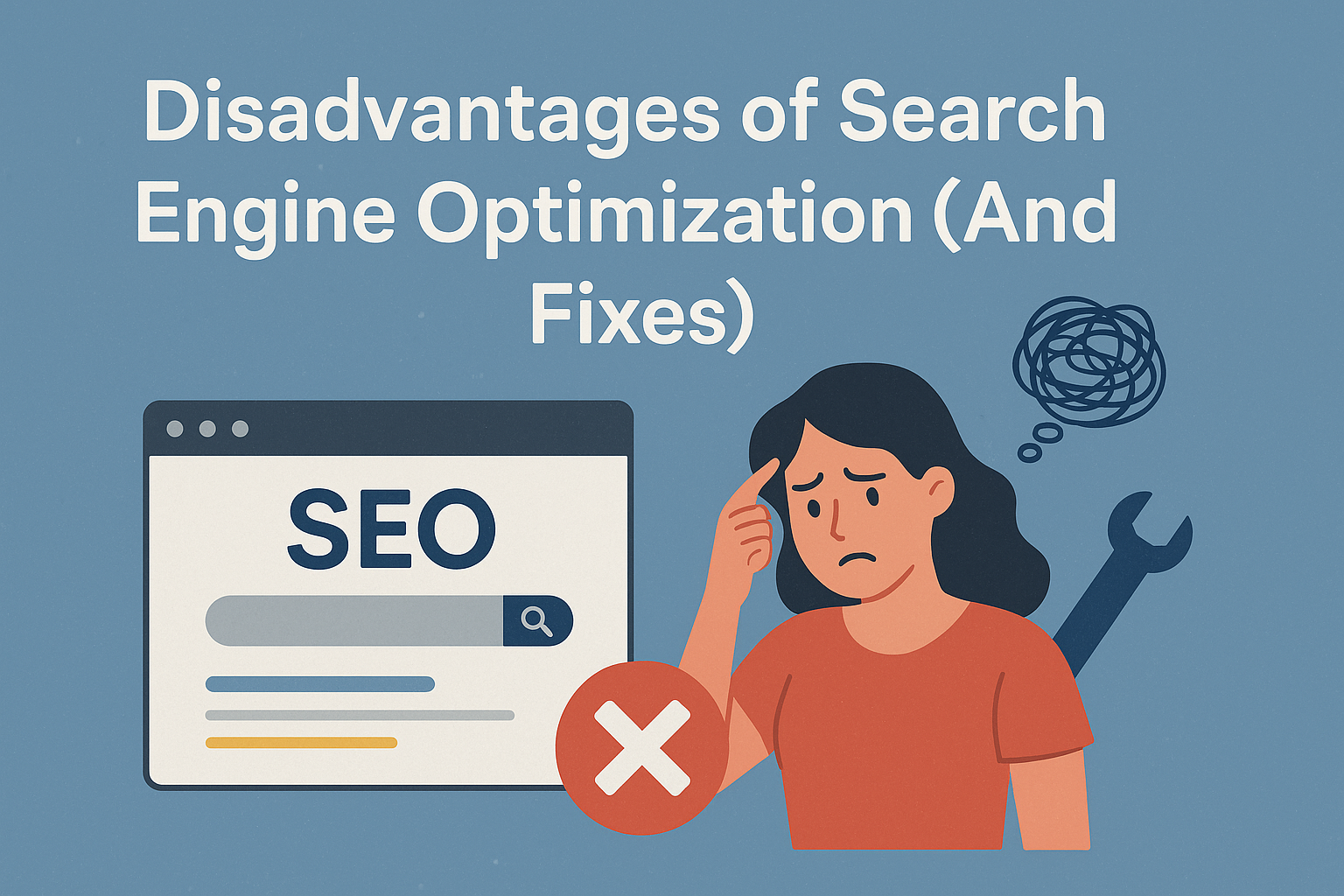
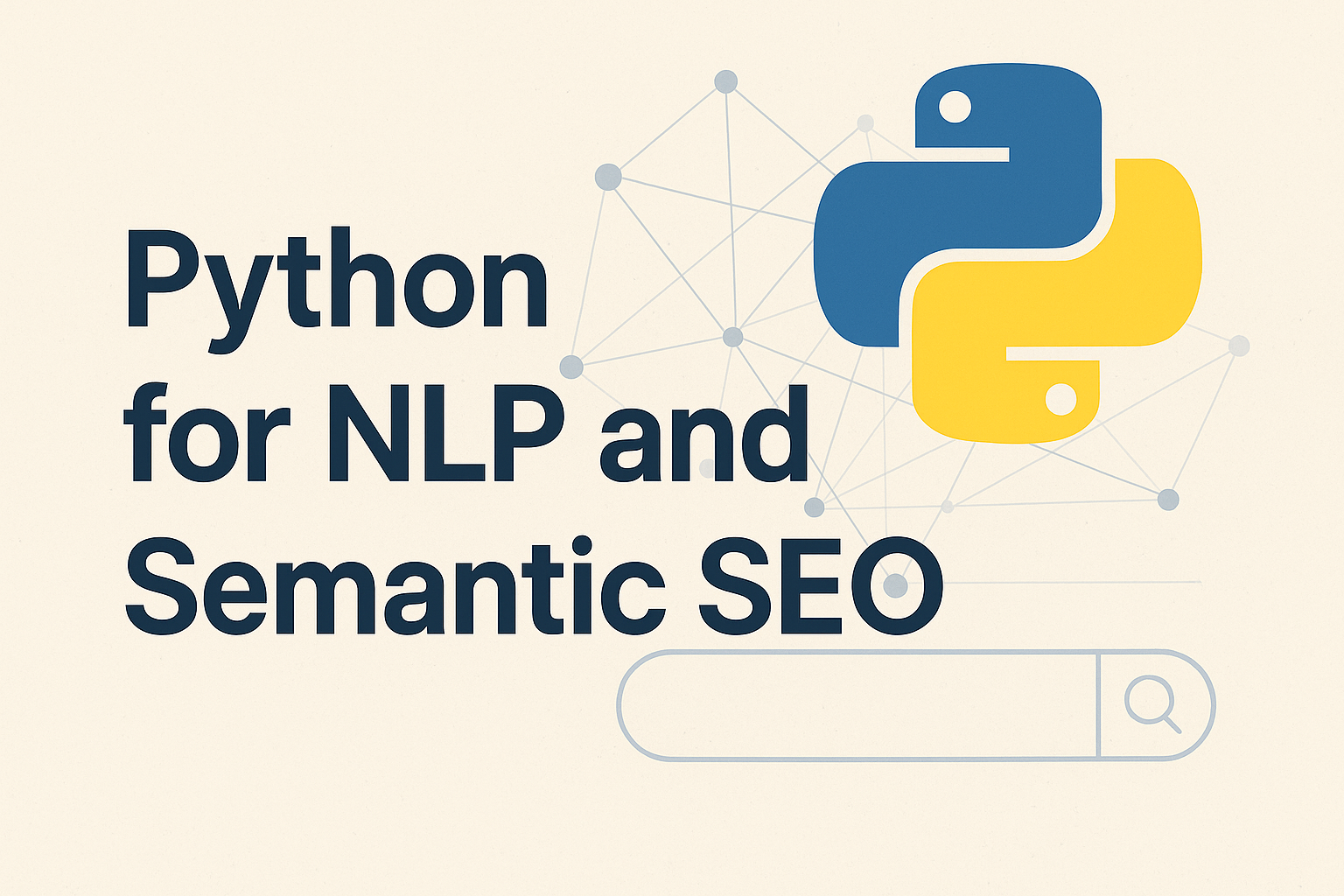
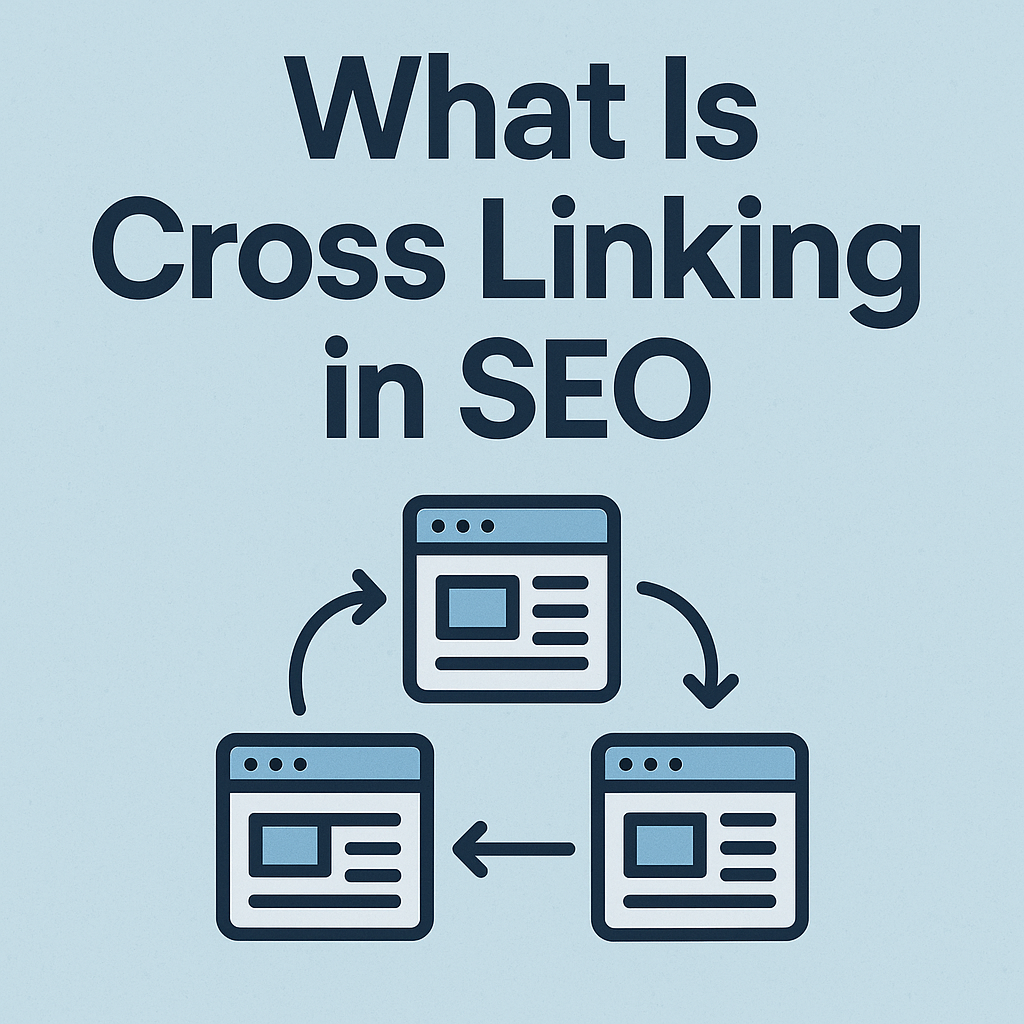

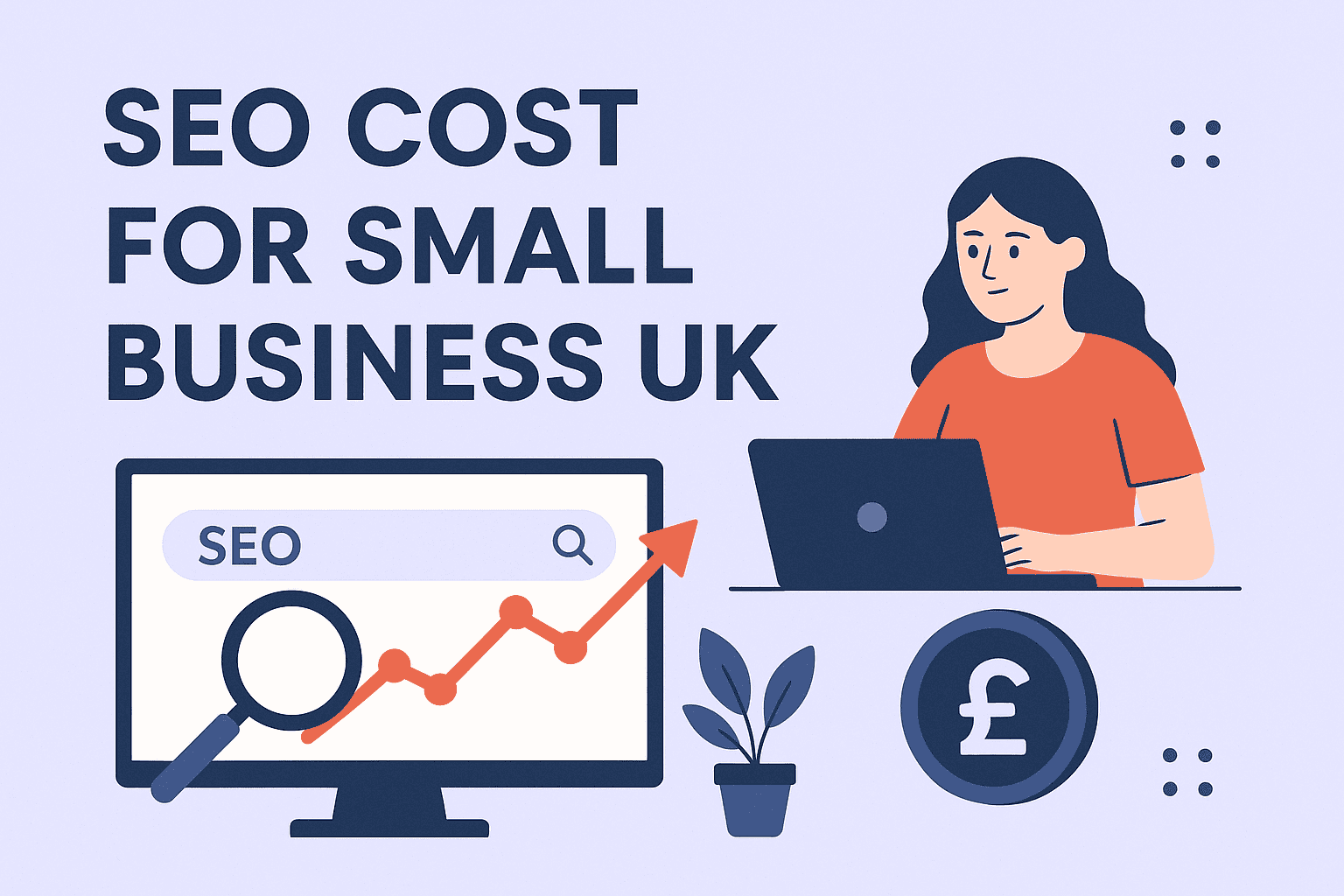
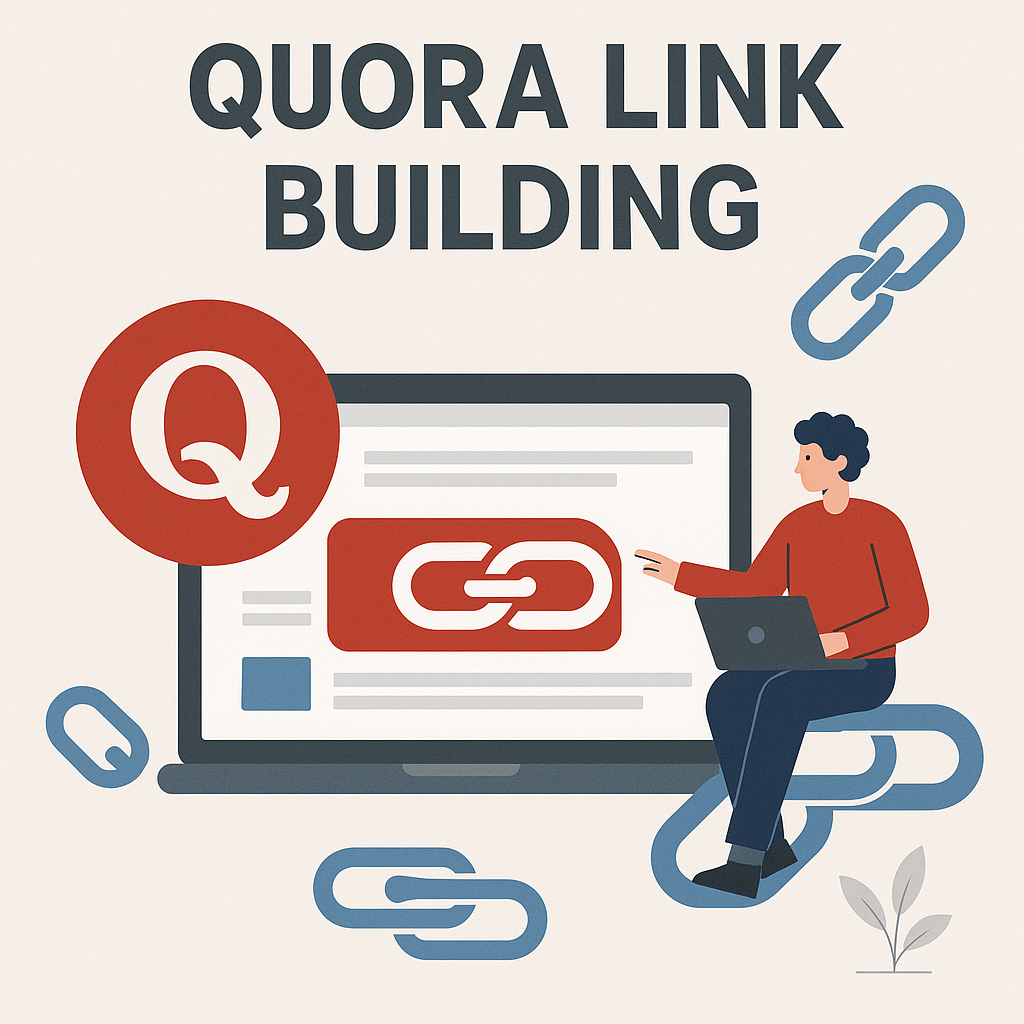
![How Many Outbound Links Per Blog [2025 Updated]](https://backlinkmanagement.io/wp-content/uploads/2025/06/How-Many-Outbound-Links-Per-Blog.png)
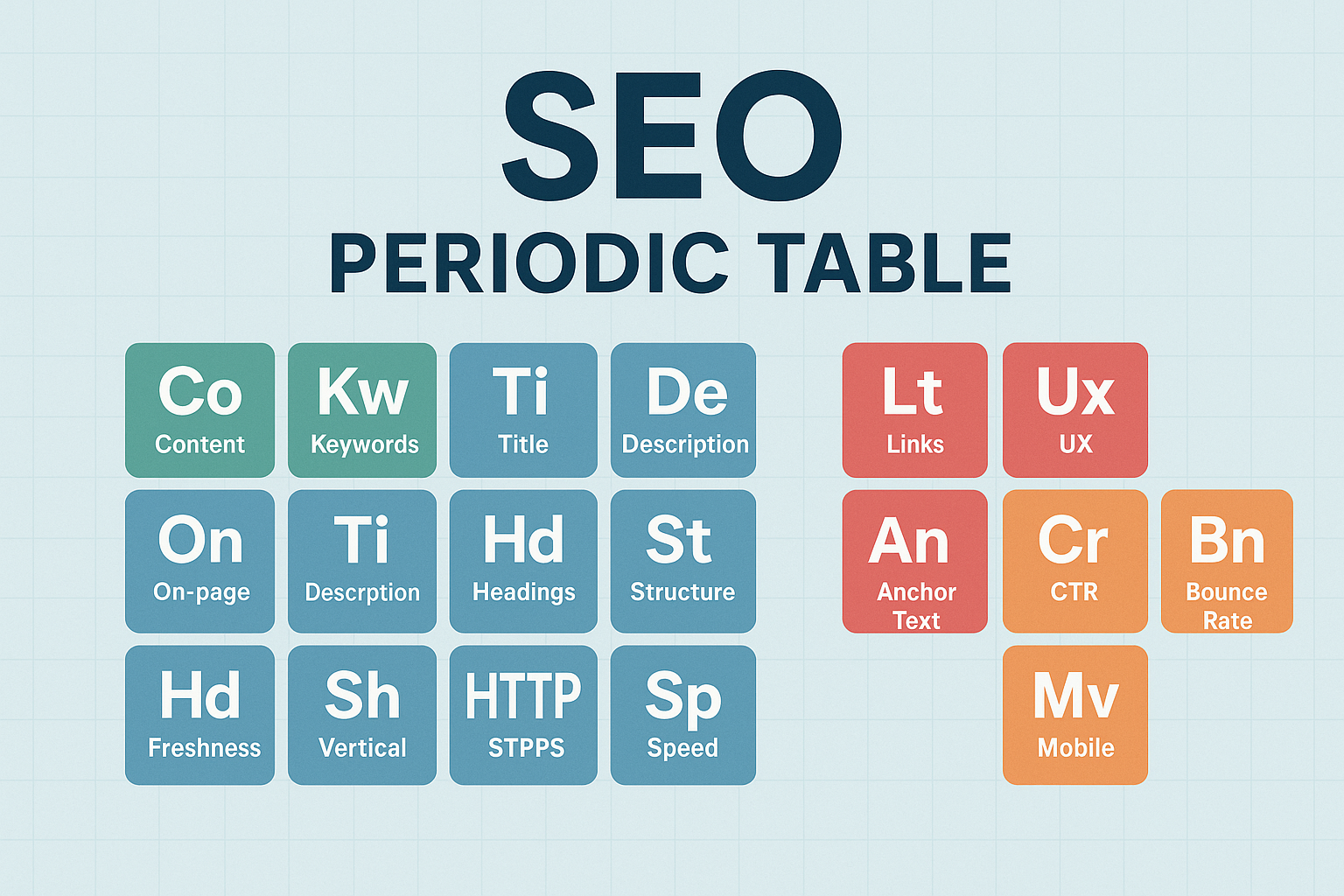

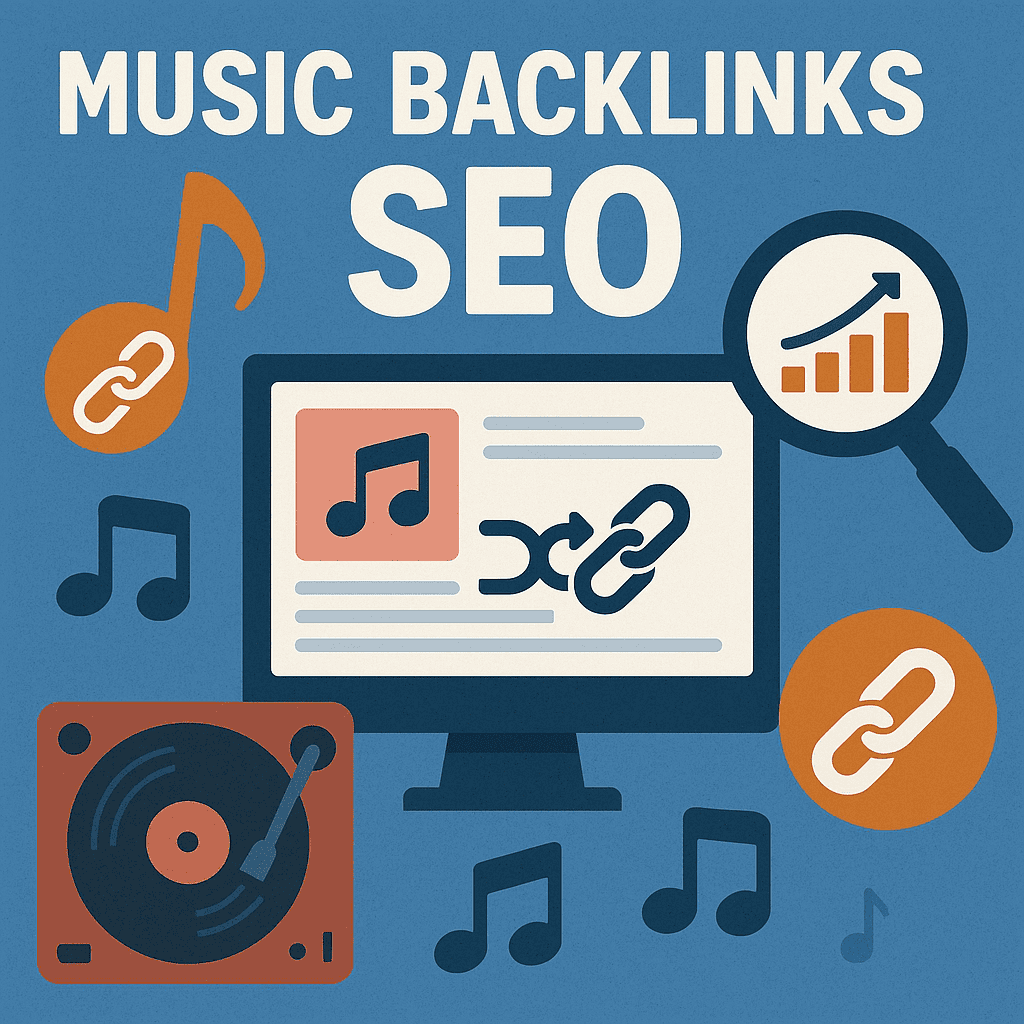
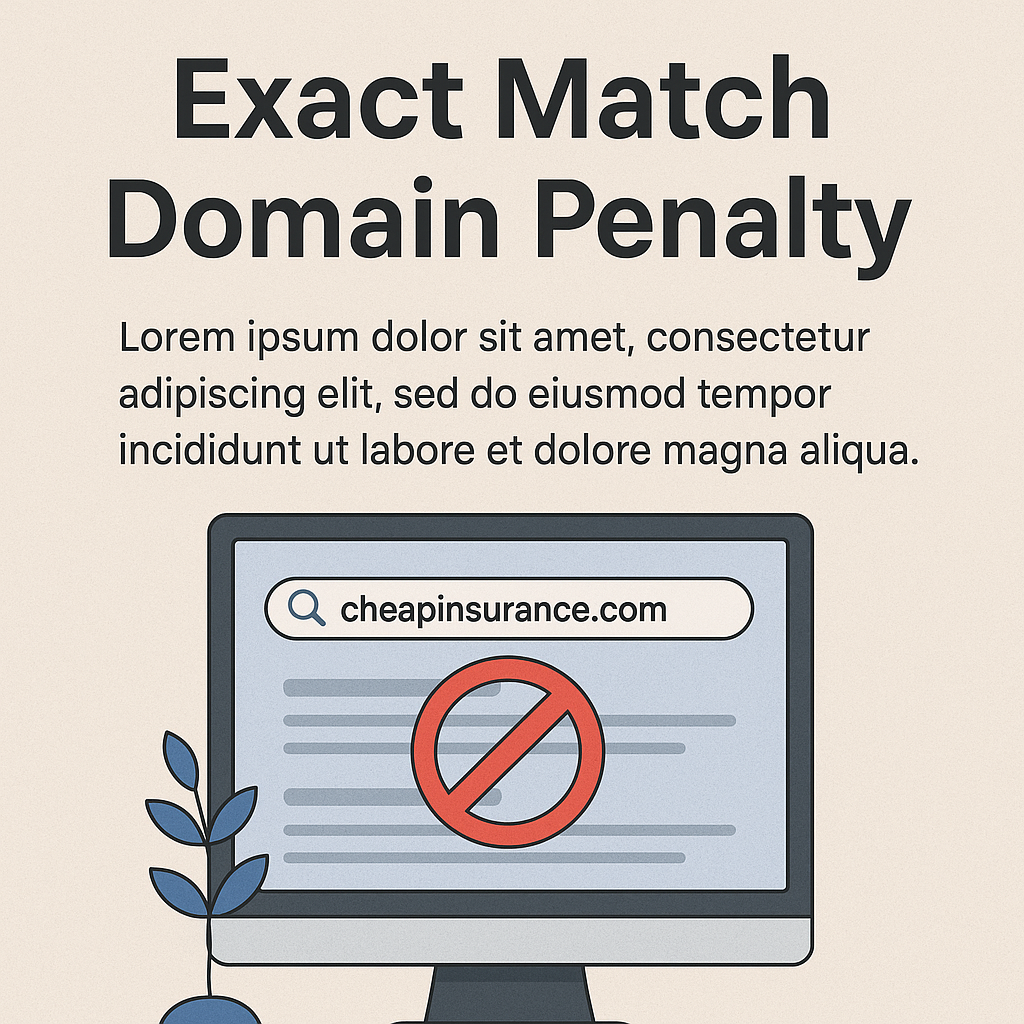
![B2B and B2C Website Examples [2025 Updated]](https://backlinkmanagement.io/wp-content/uploads/2025/05/B2B-and-B2C-Website-Example-.png)
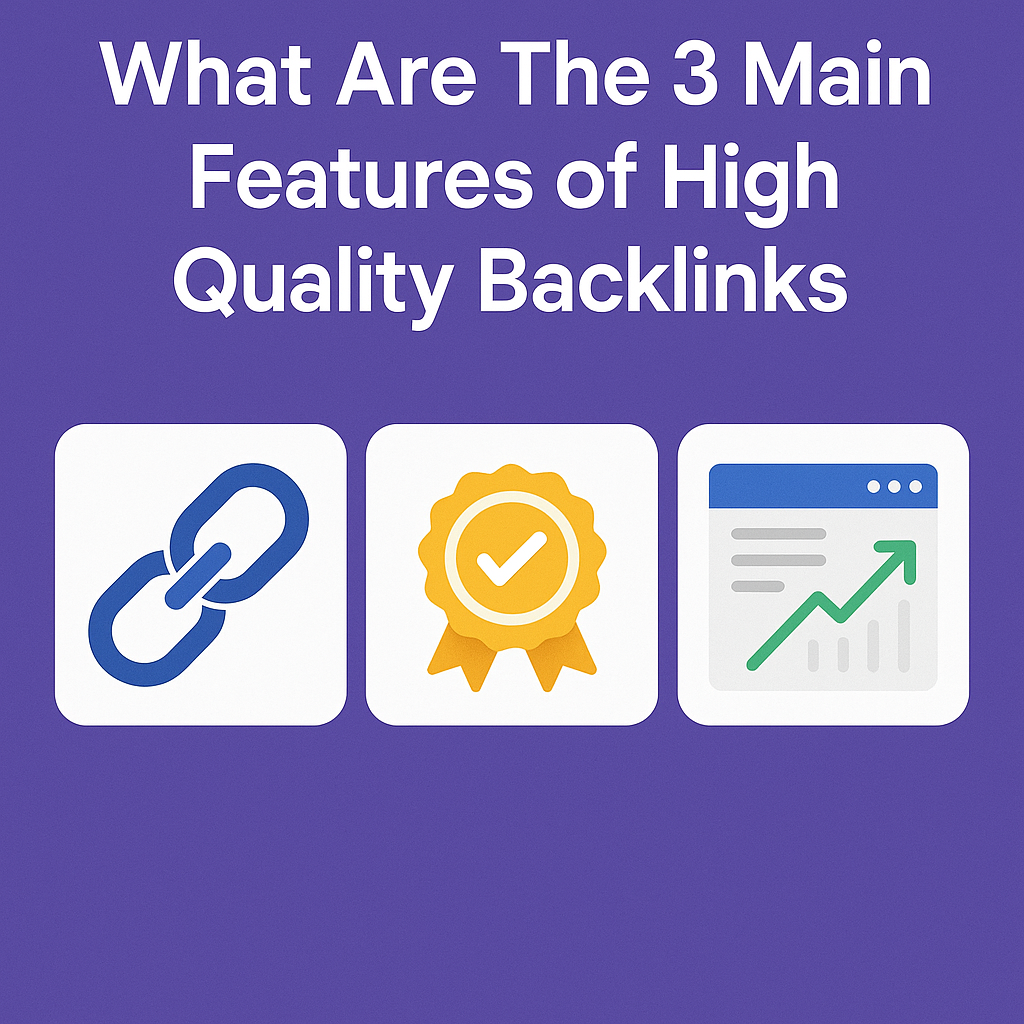
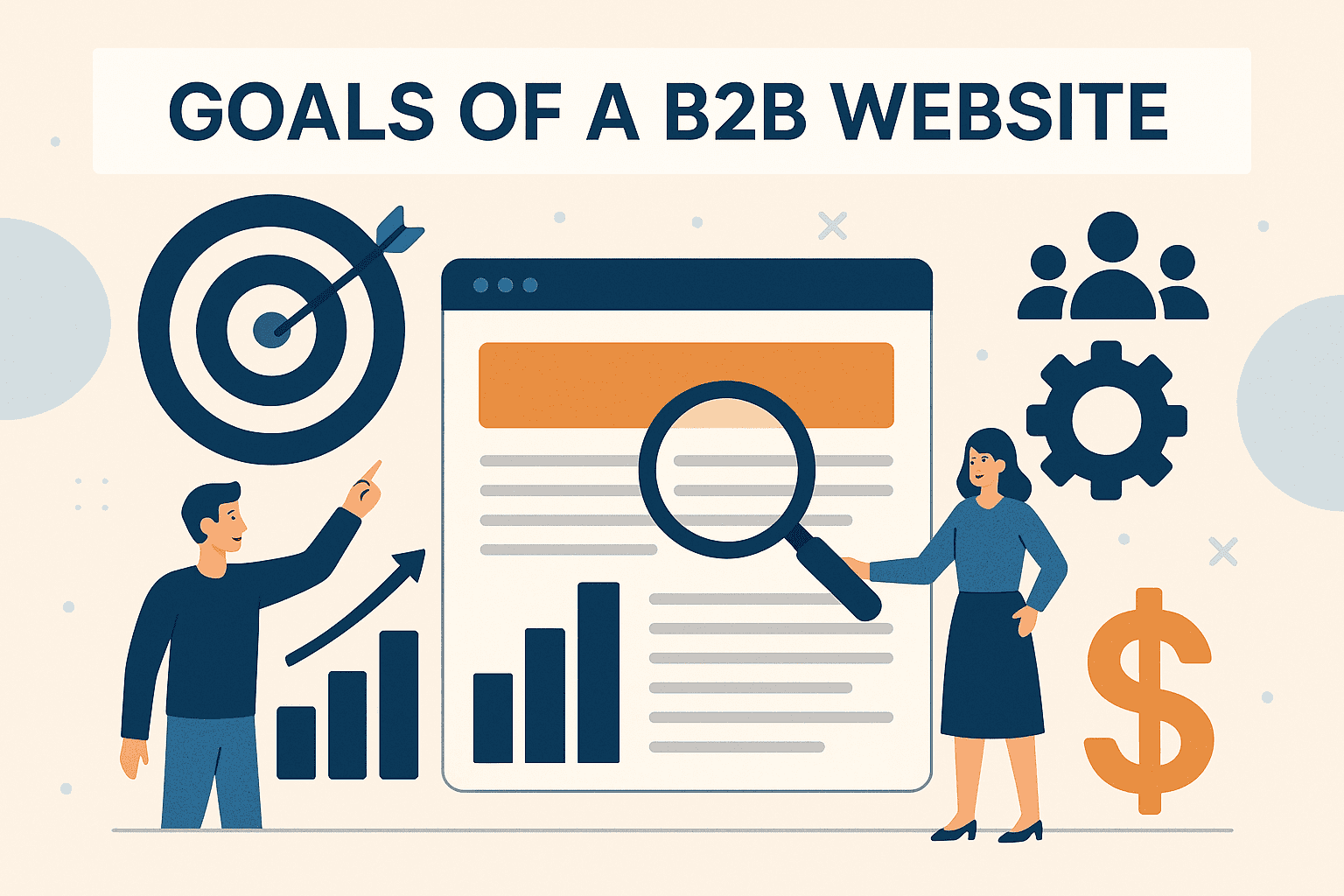
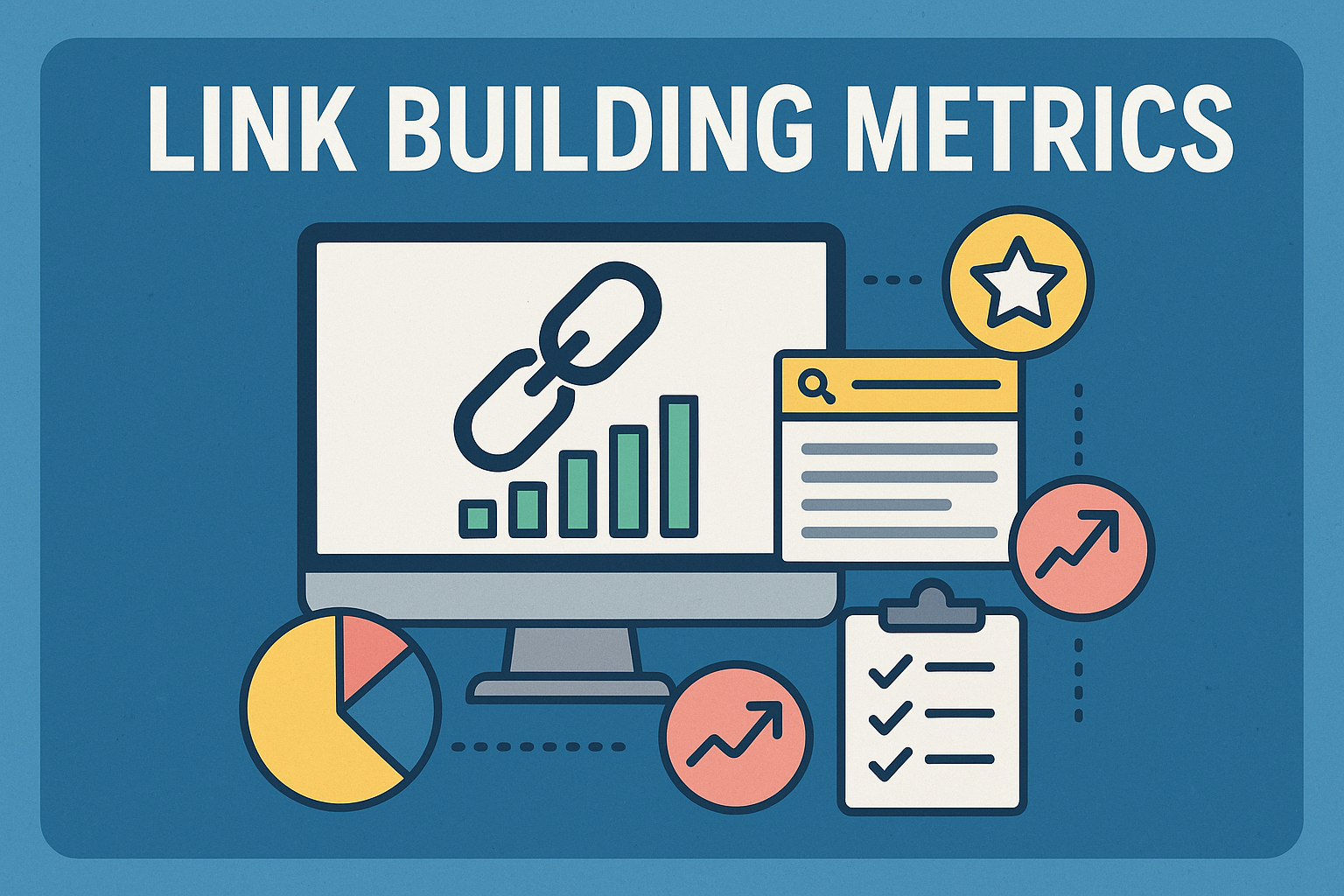
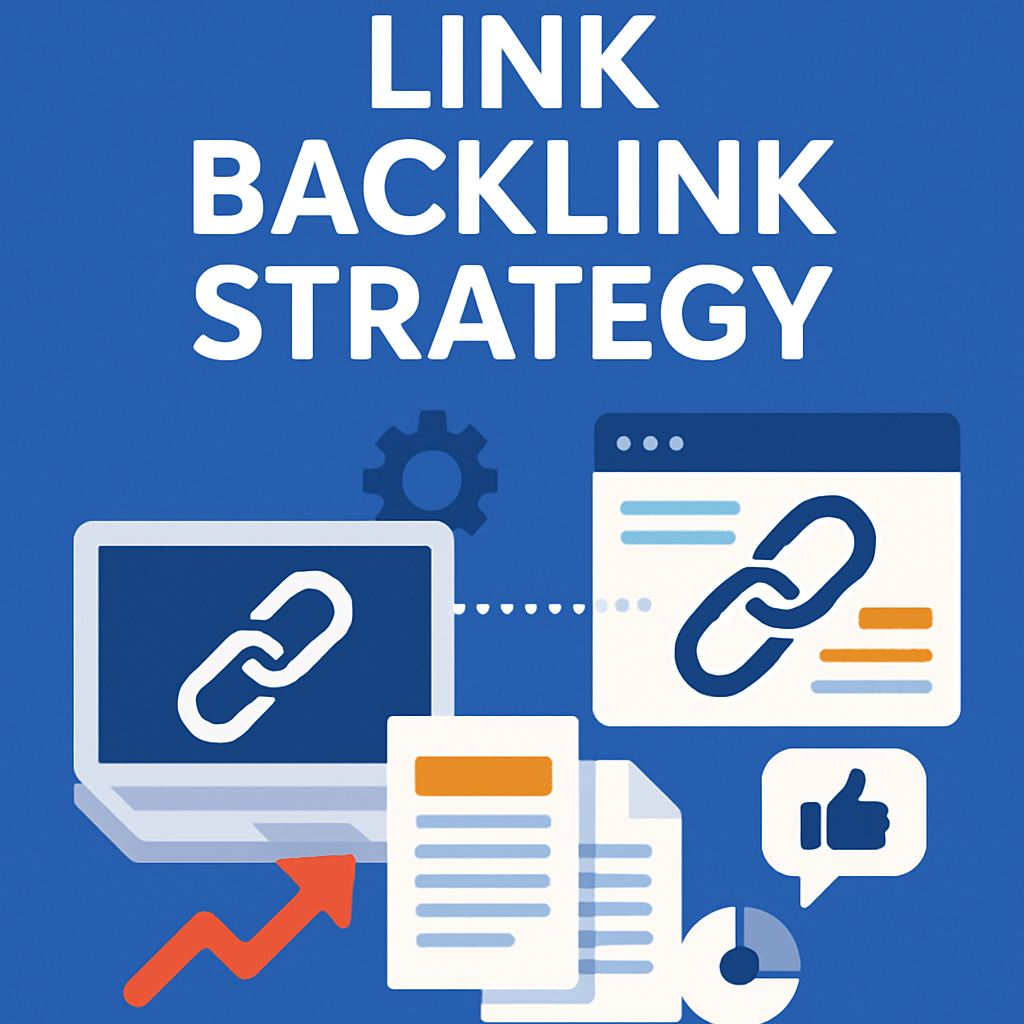
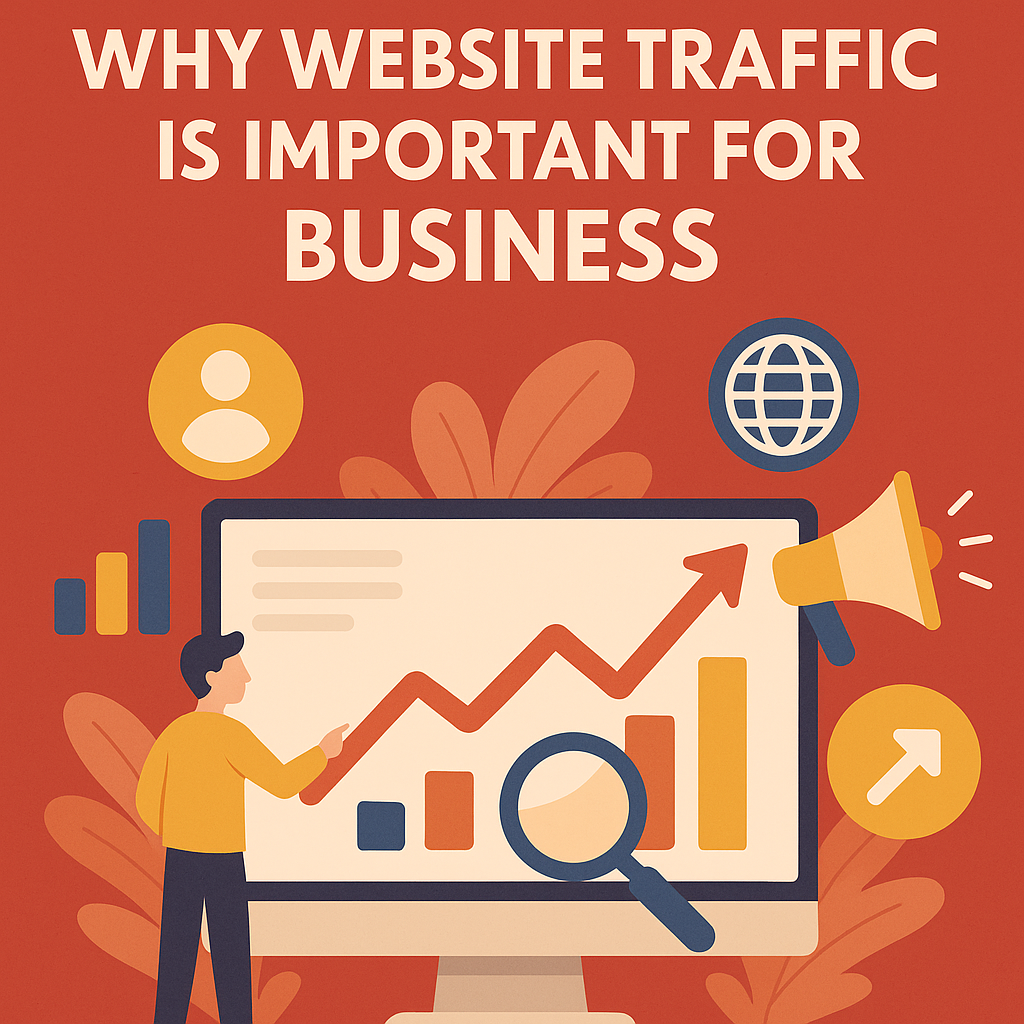
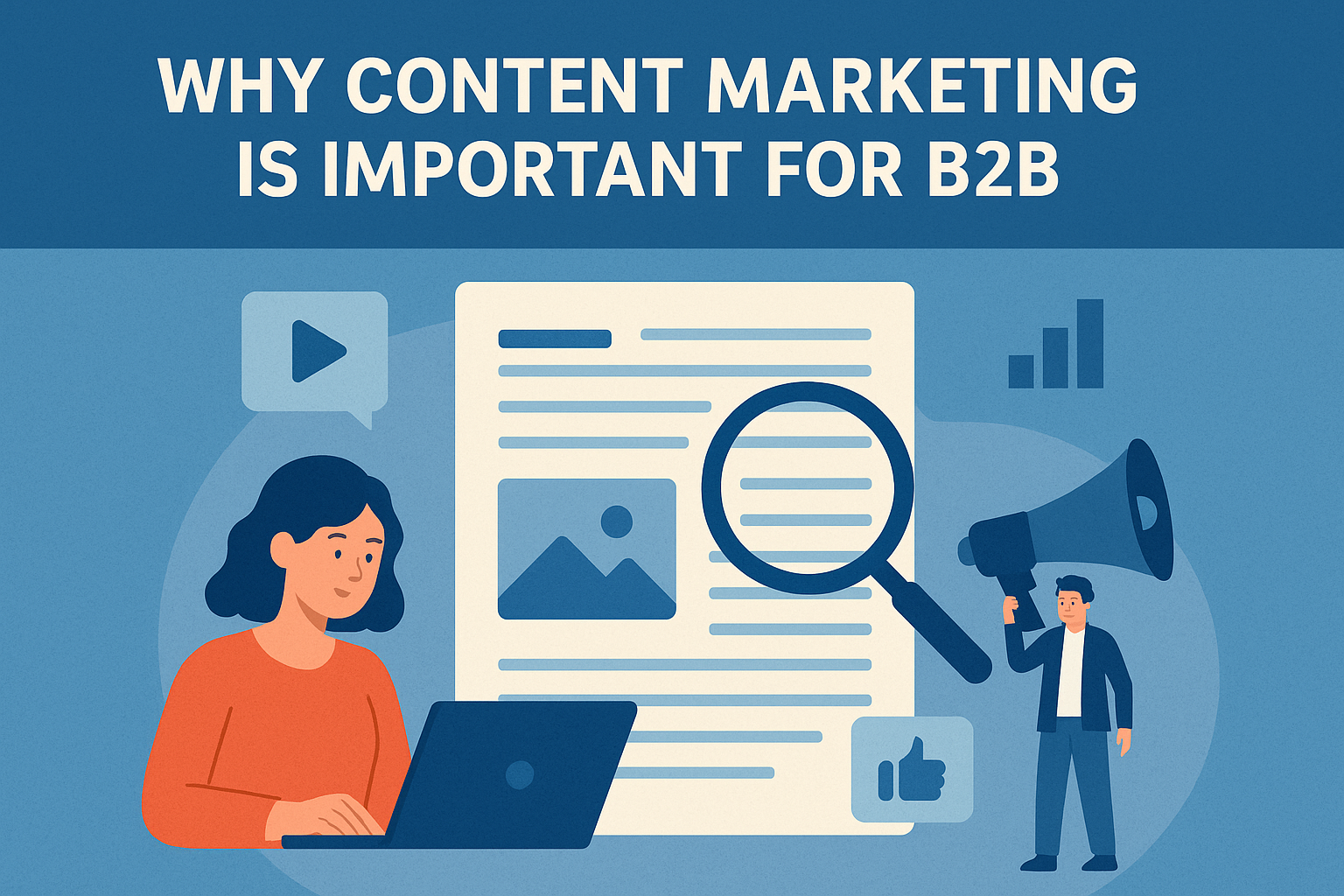
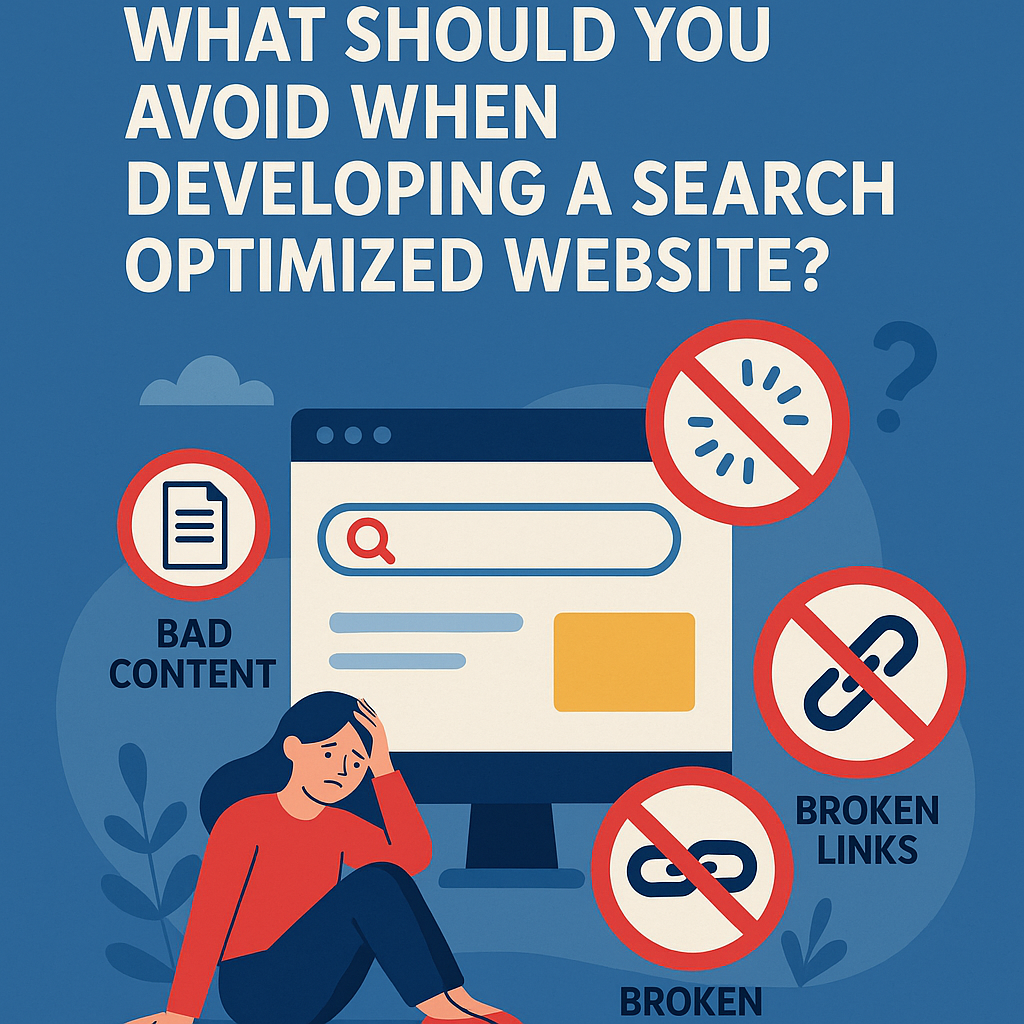
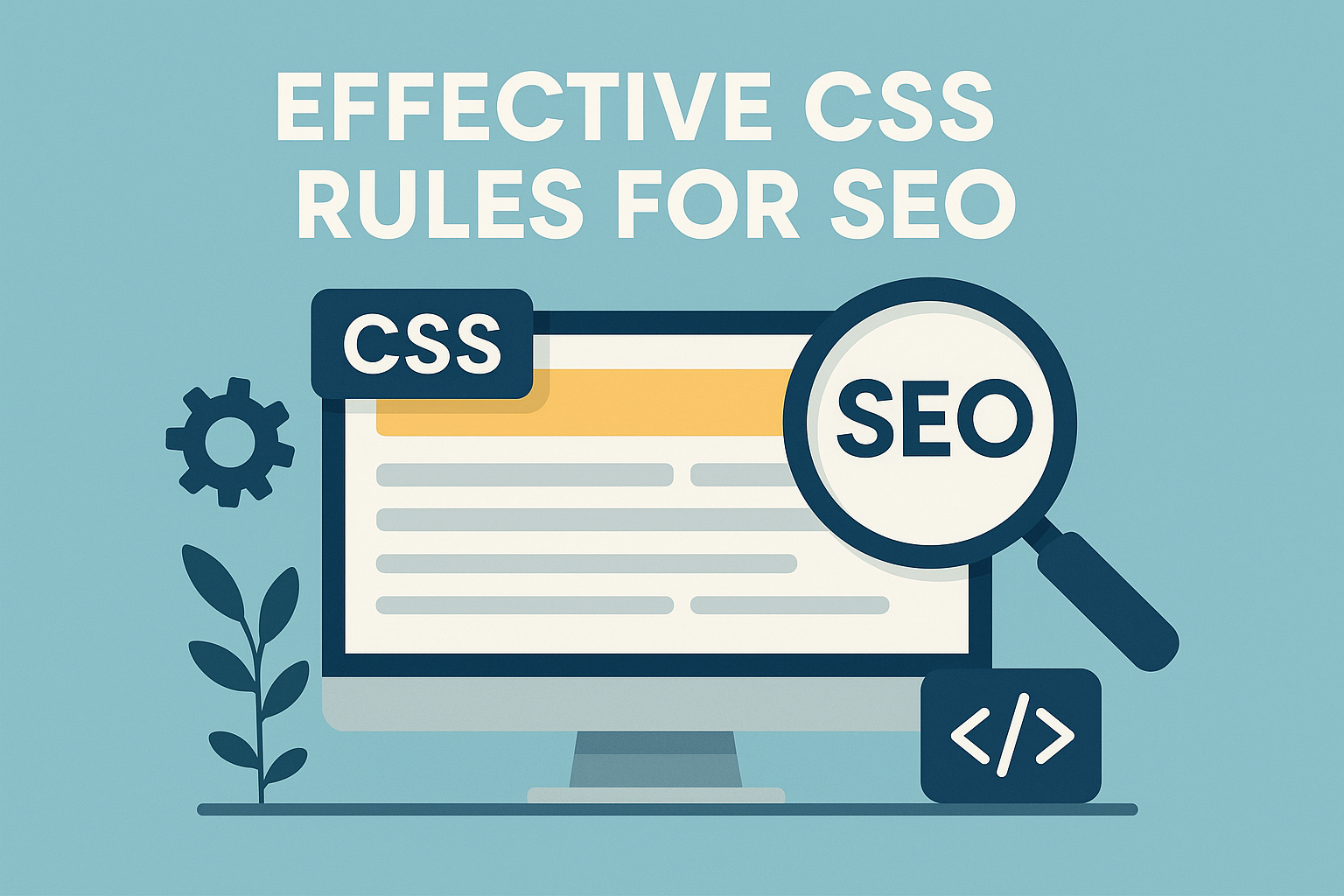

![What To Do After Keyword Research [2025 Guide]](https://backlinkmanagement.io/wp-content/uploads/2025/05/What-To-Do-After-Keyword-Research.png)
![Is Page Speed Really A Ranking Factor? [2025]](https://backlinkmanagement.io/wp-content/uploads/2025/05/Is-Page-Speed-Really-A-Ranking-Factor.png)
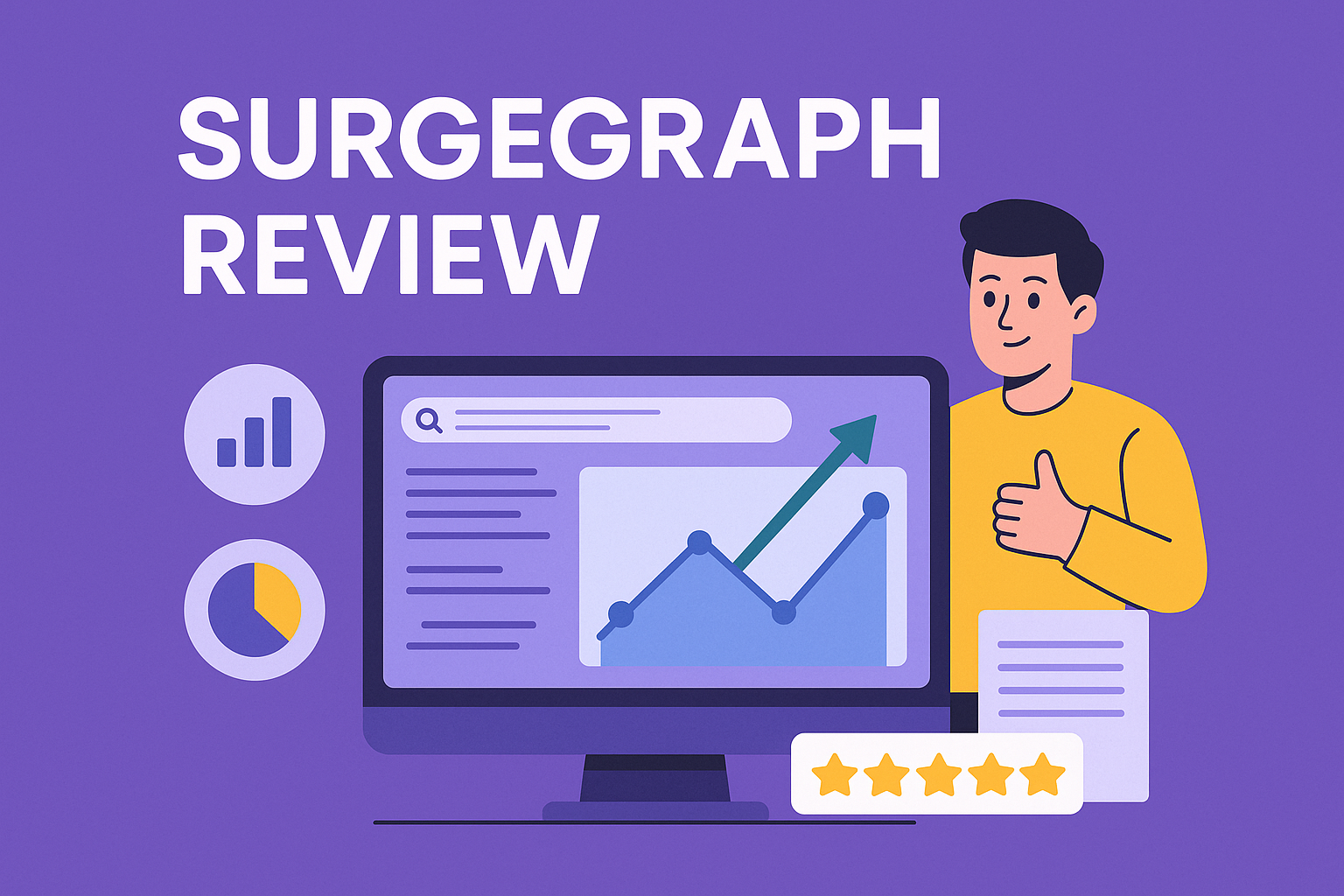
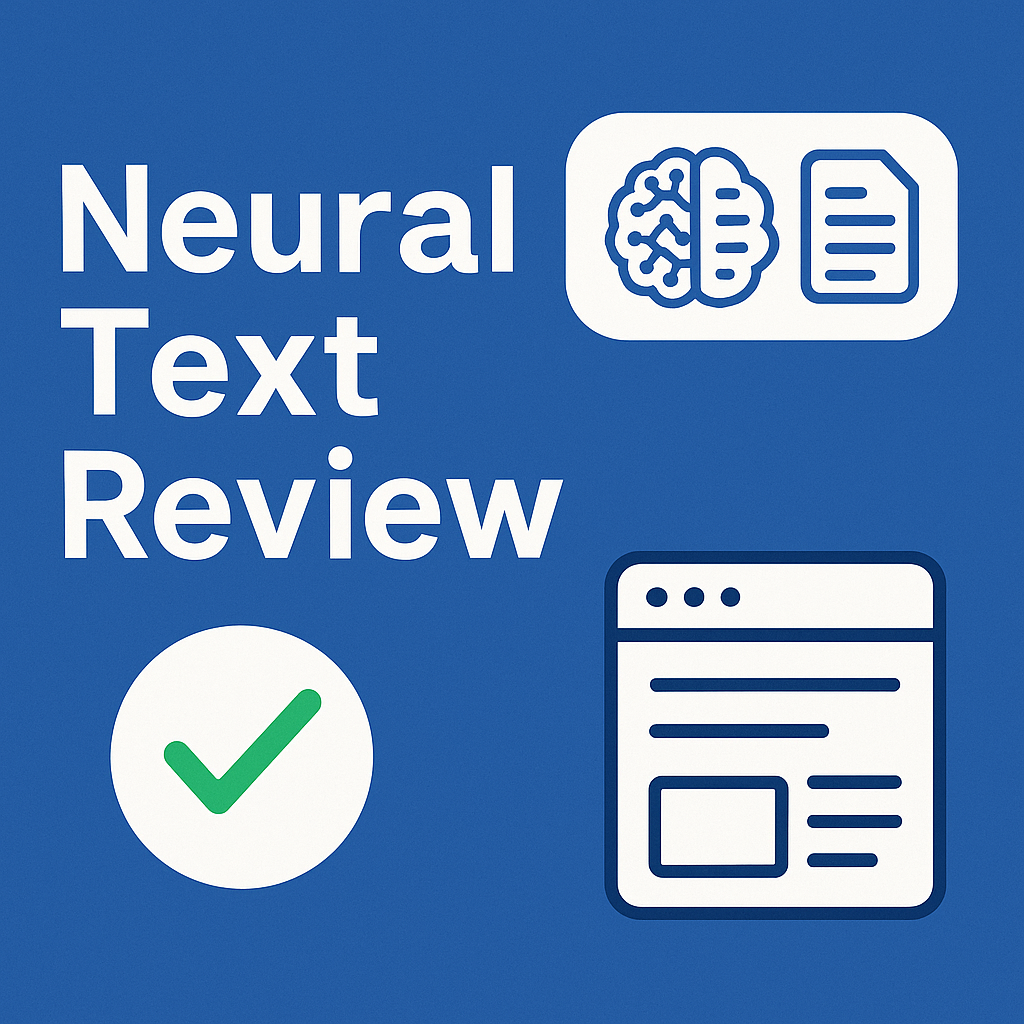




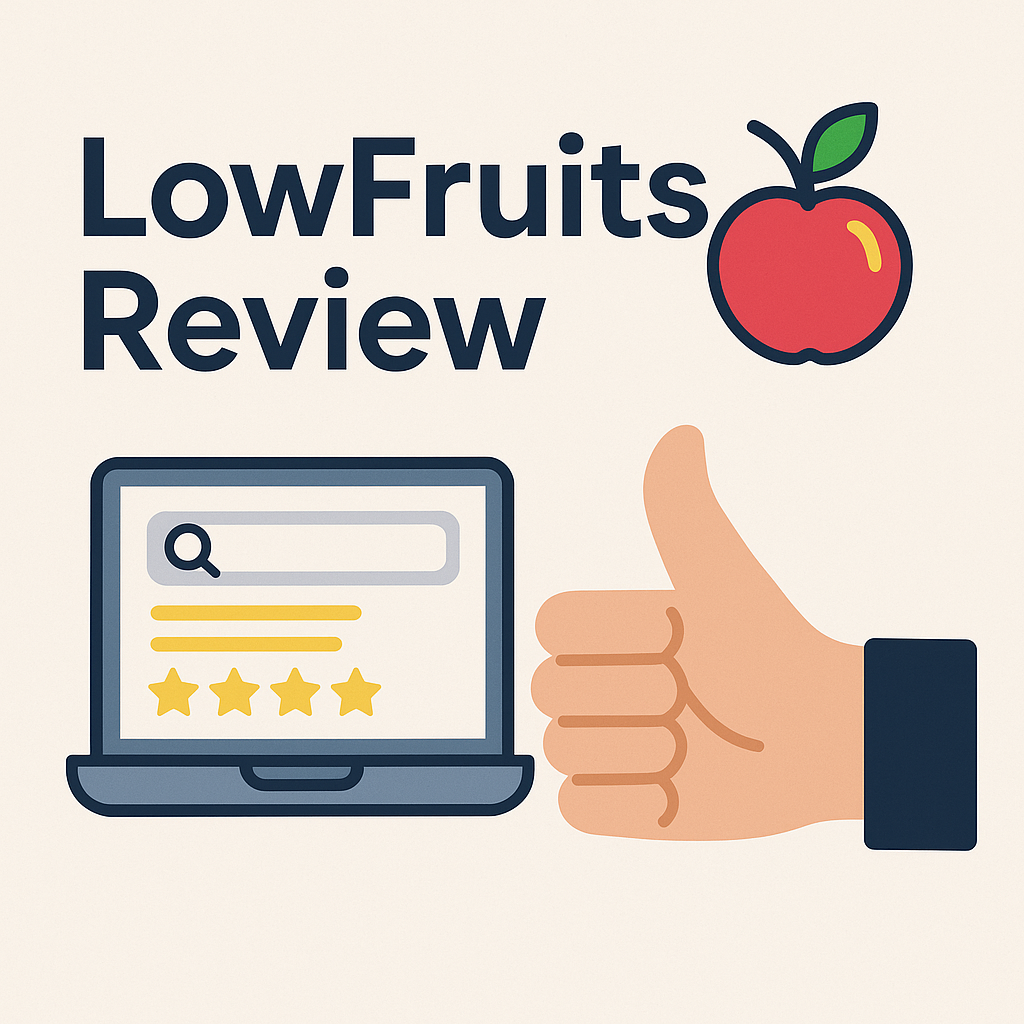
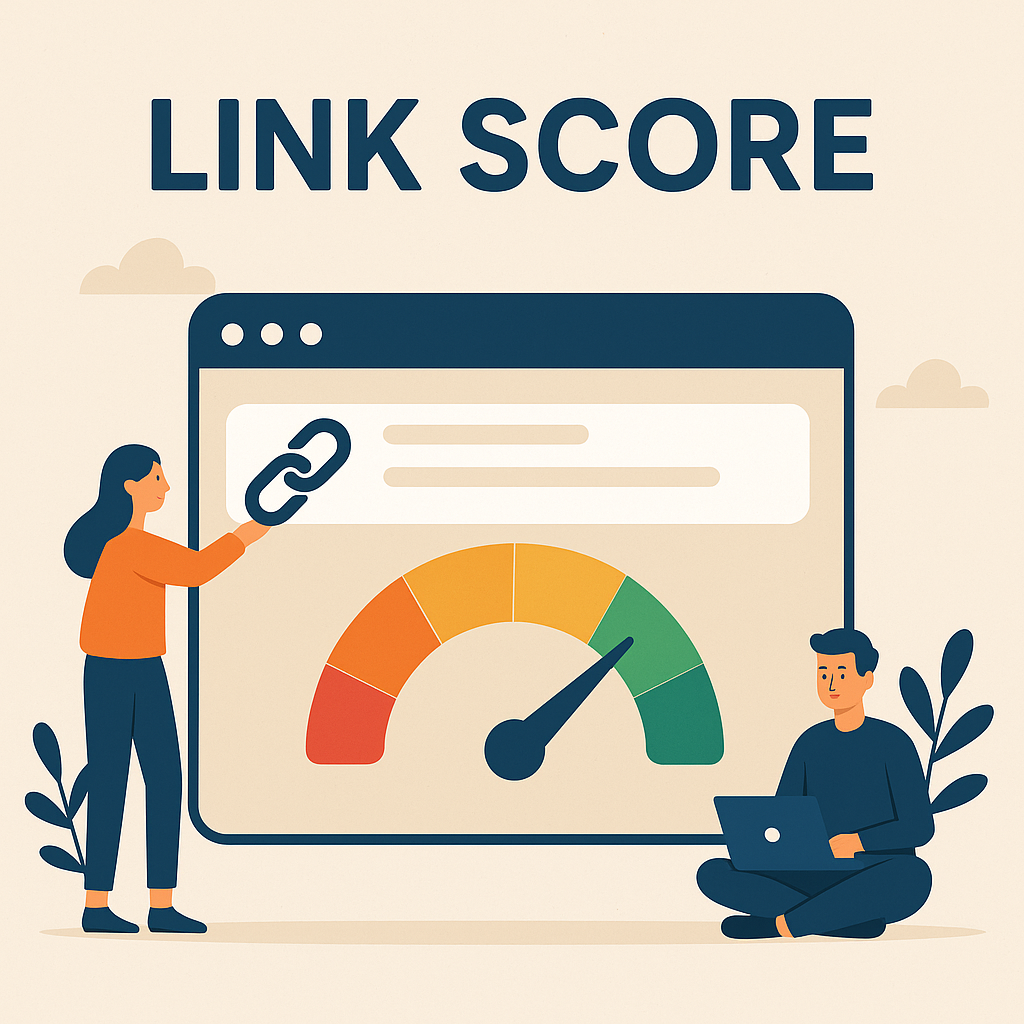
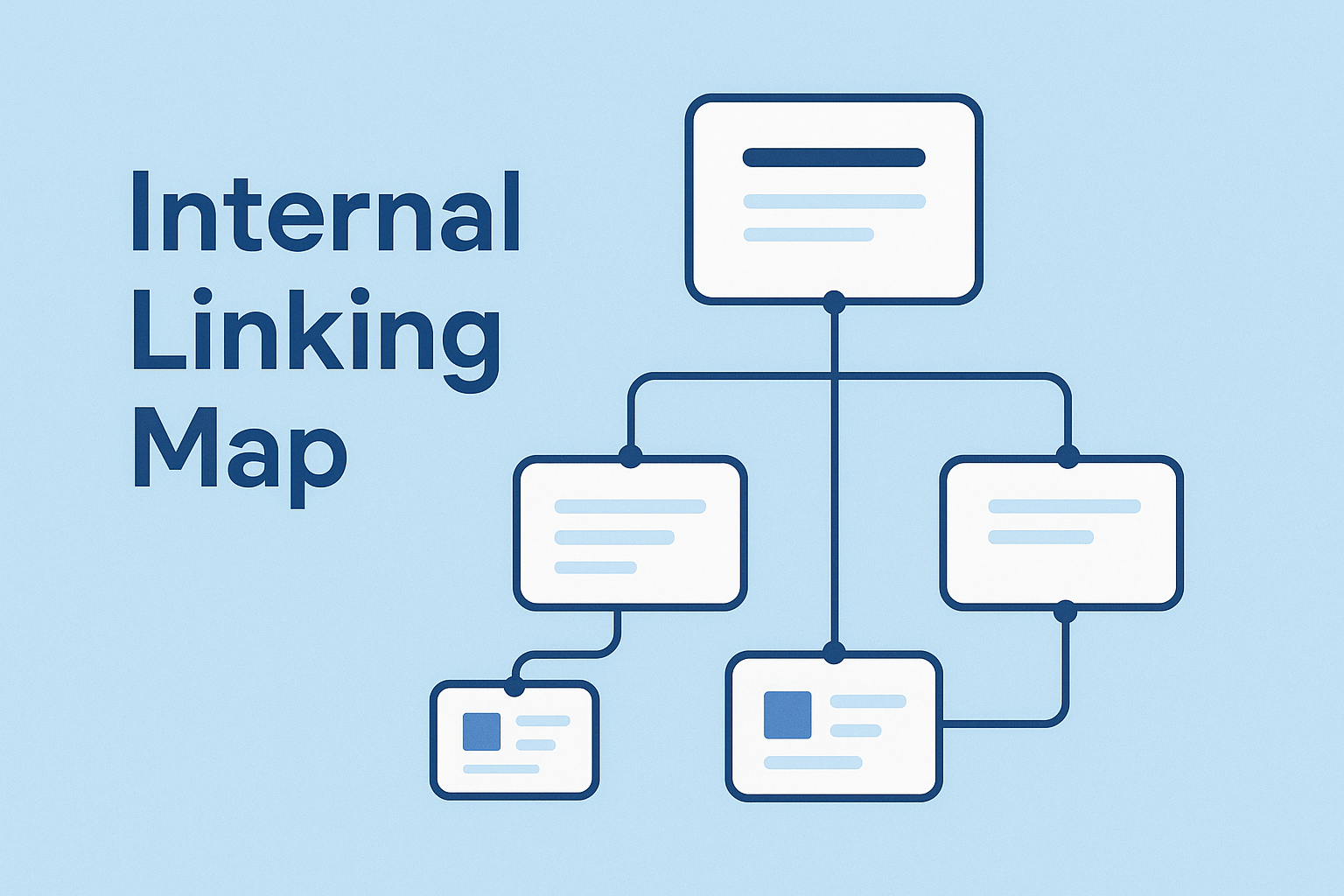

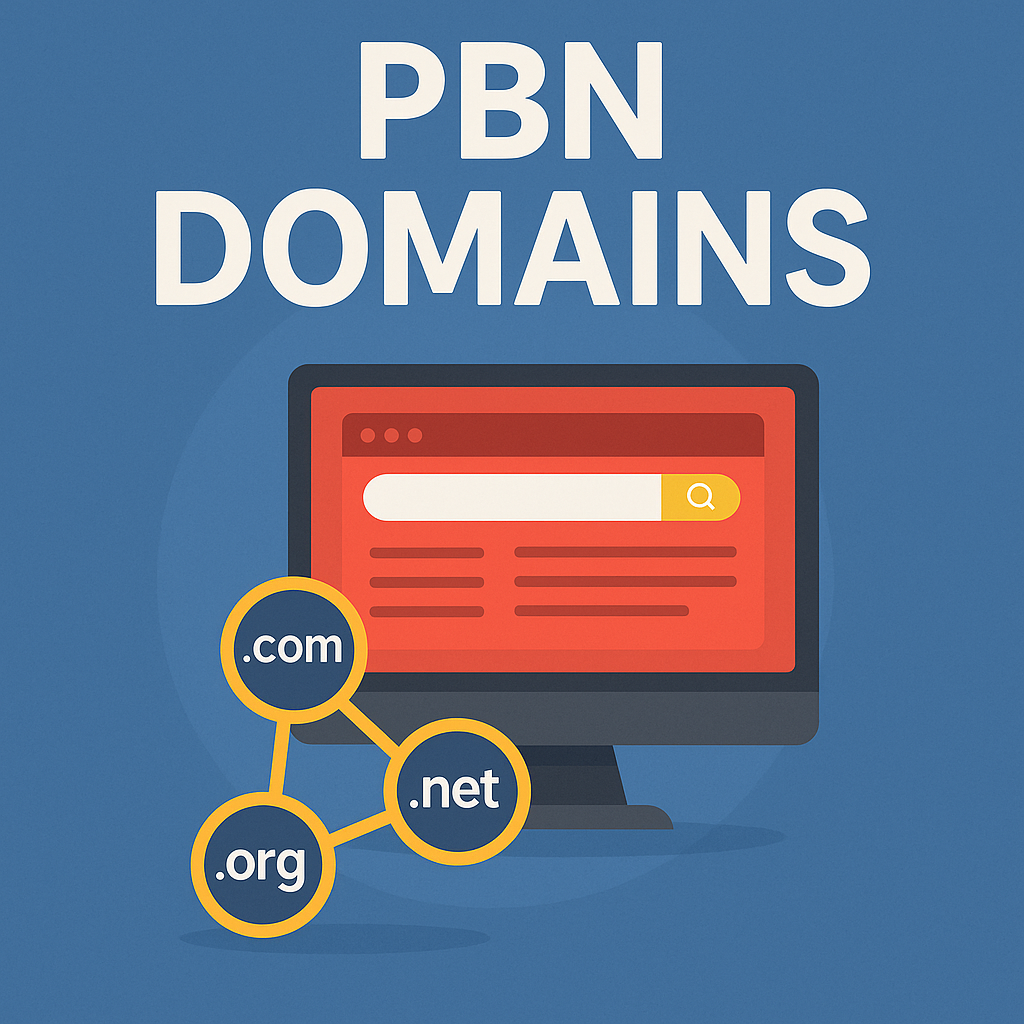
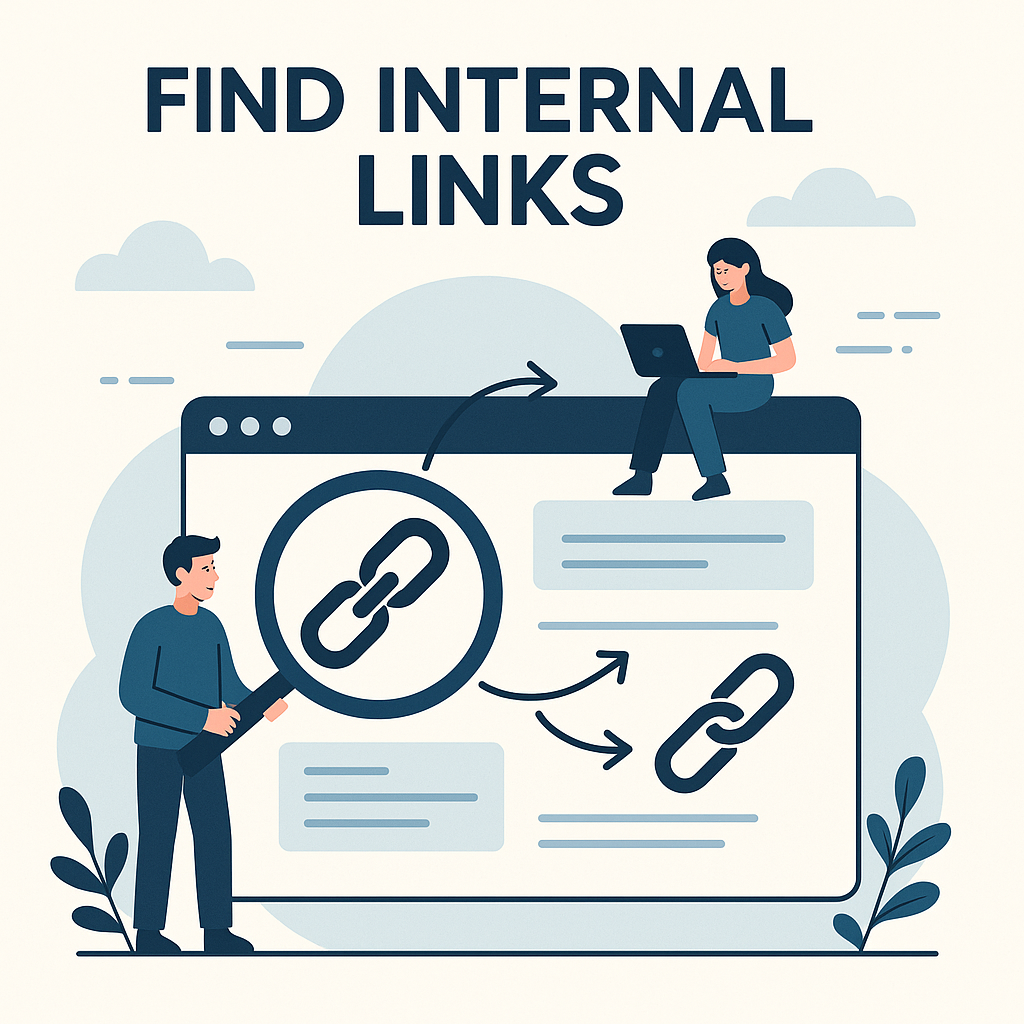
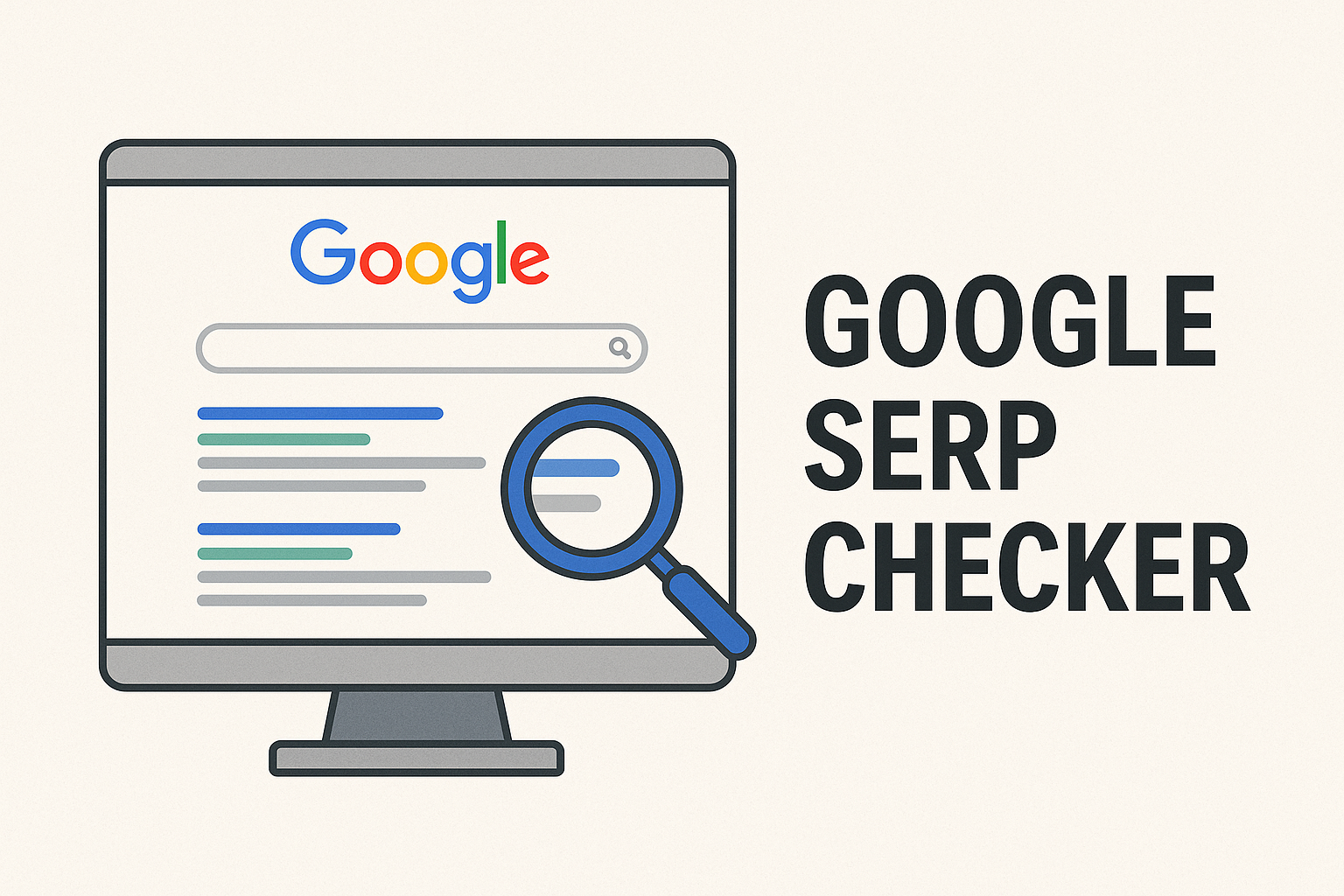
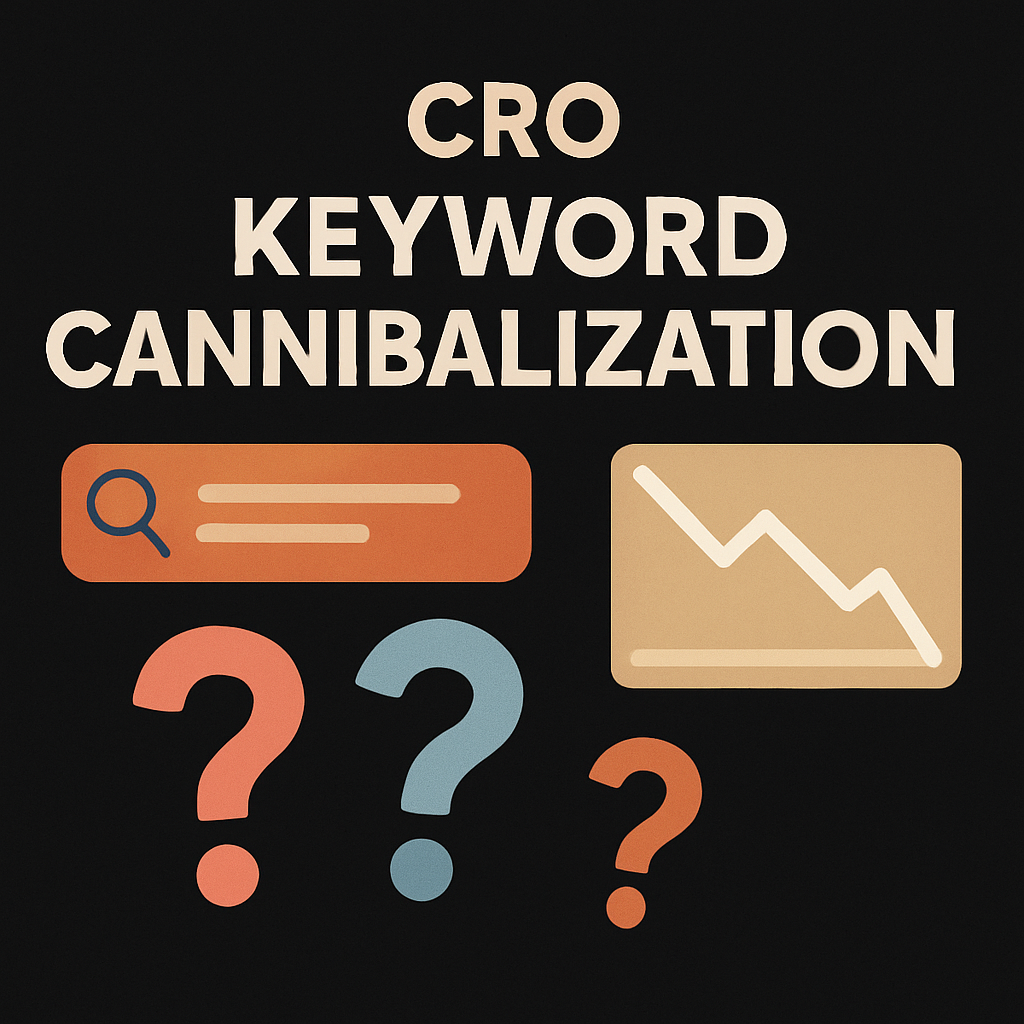


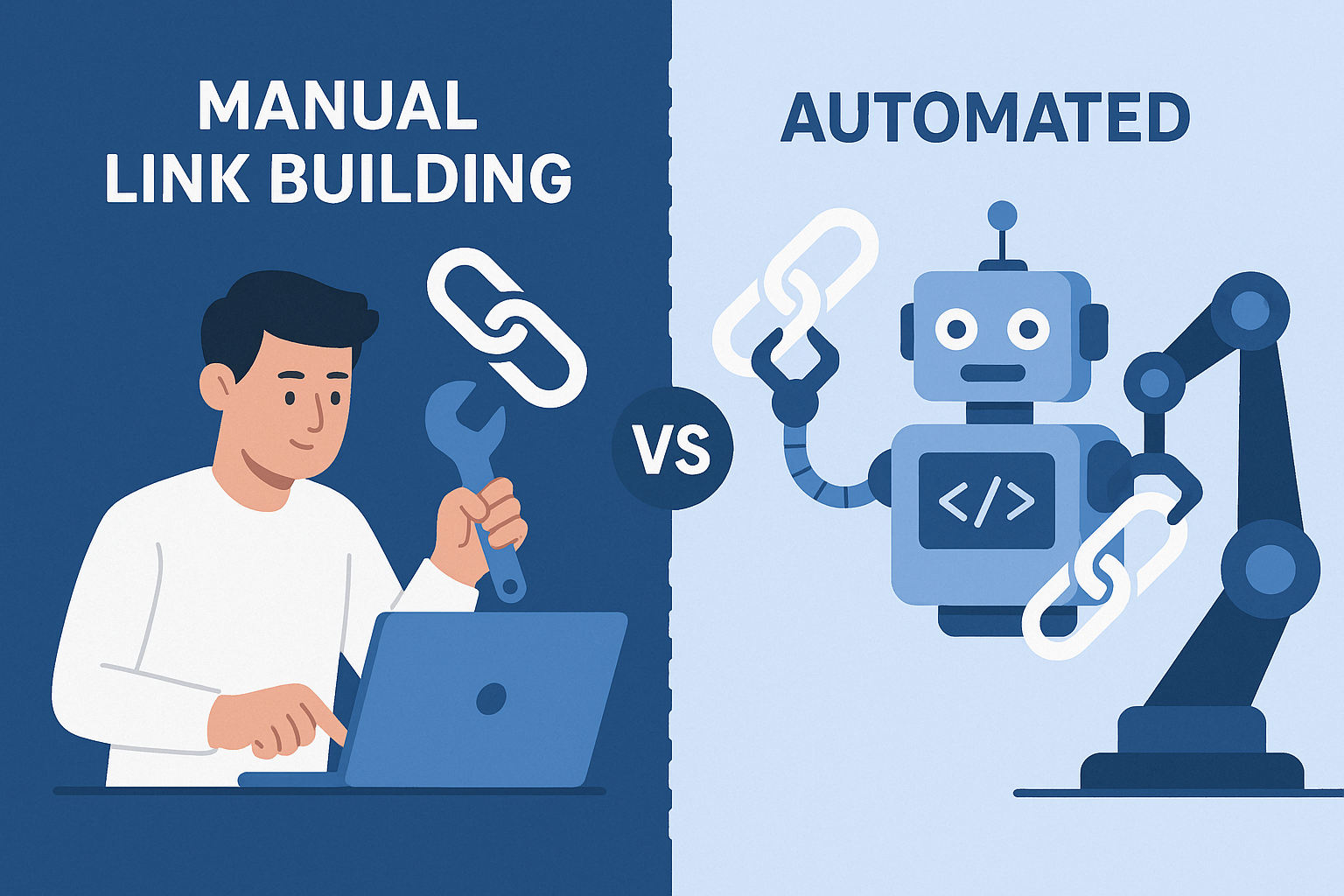

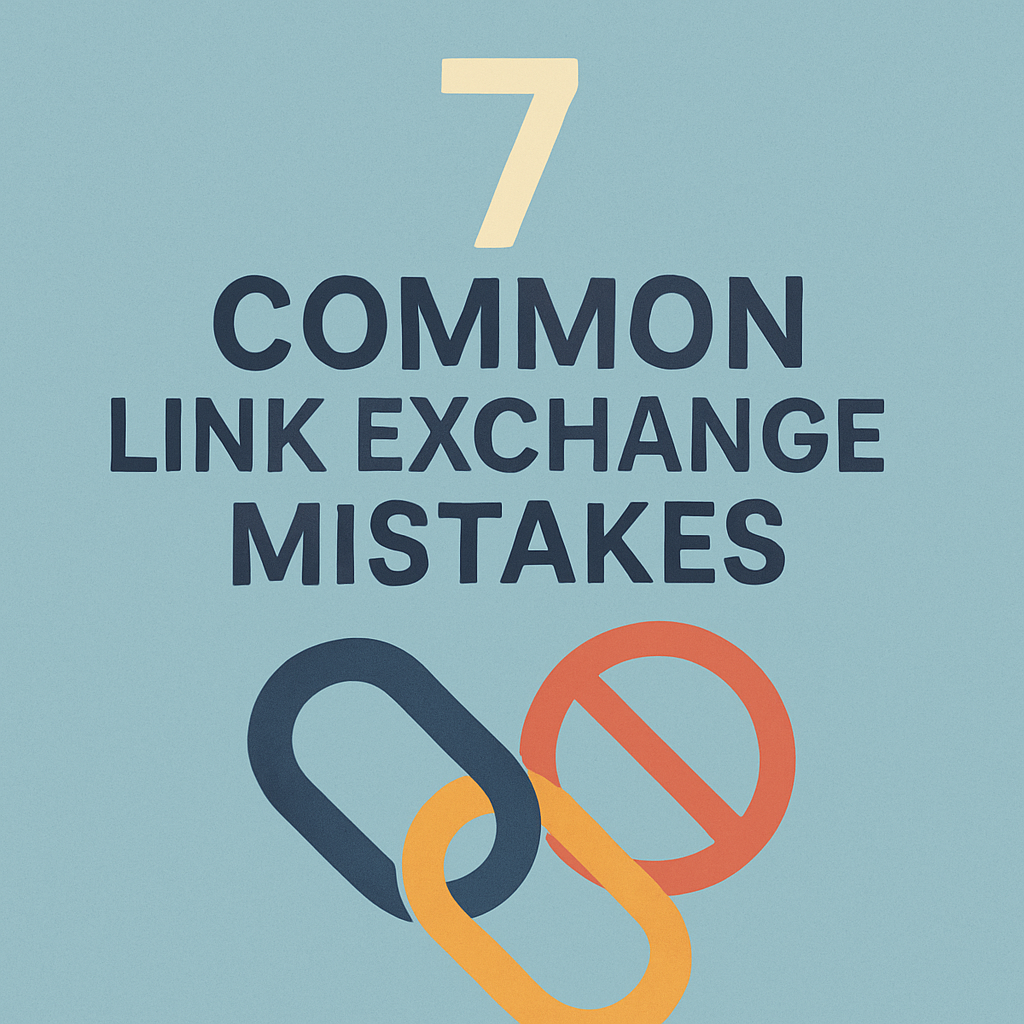
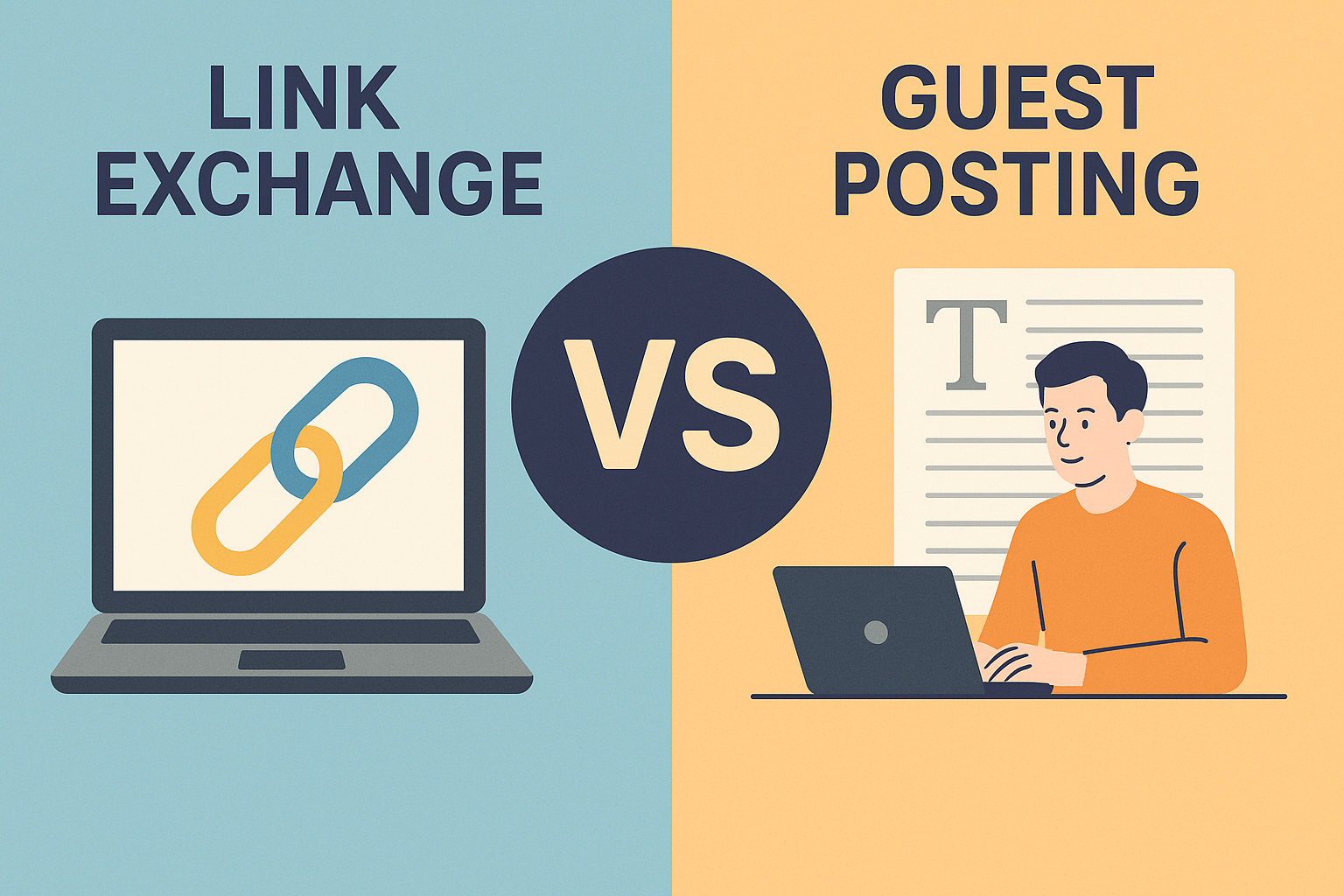
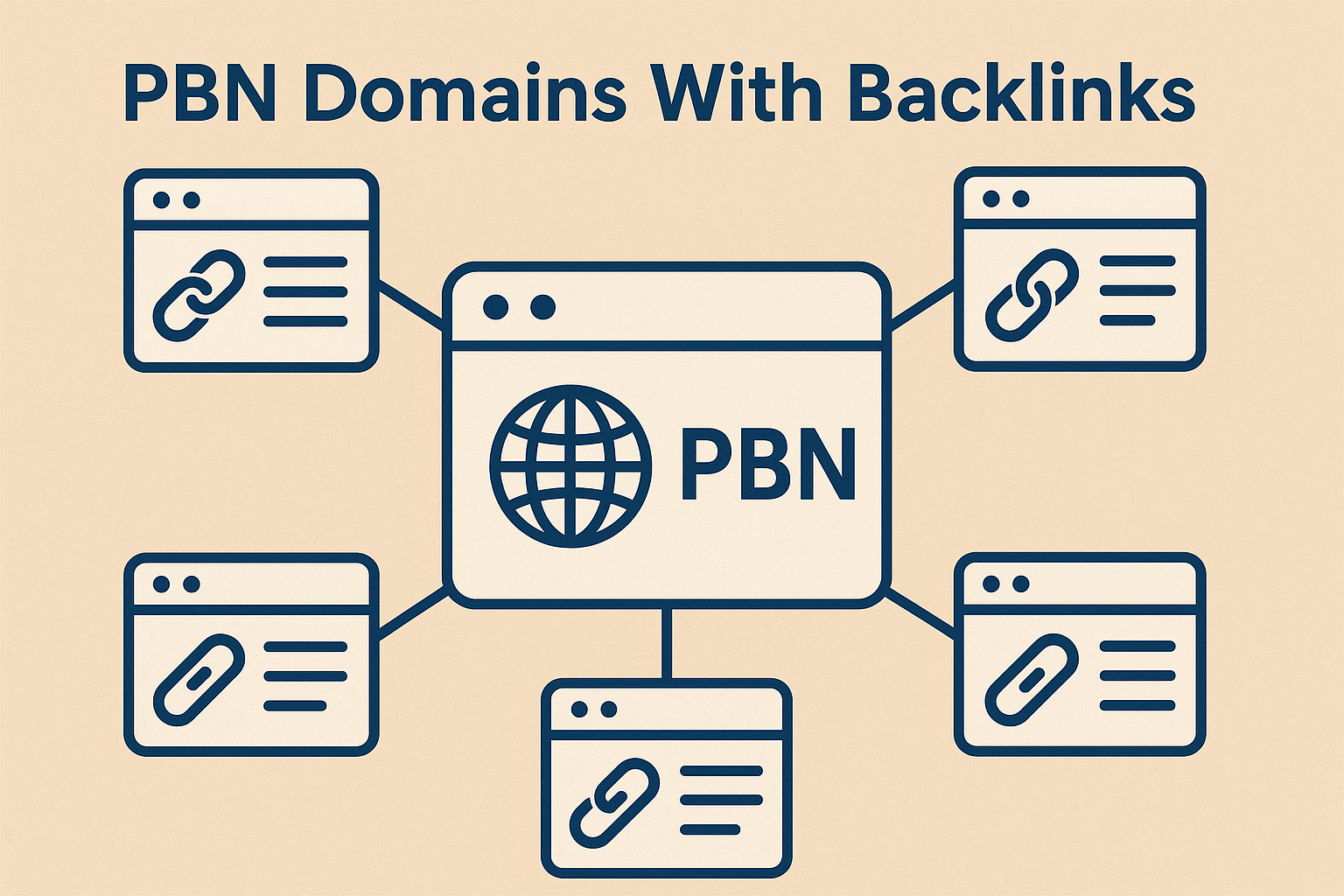
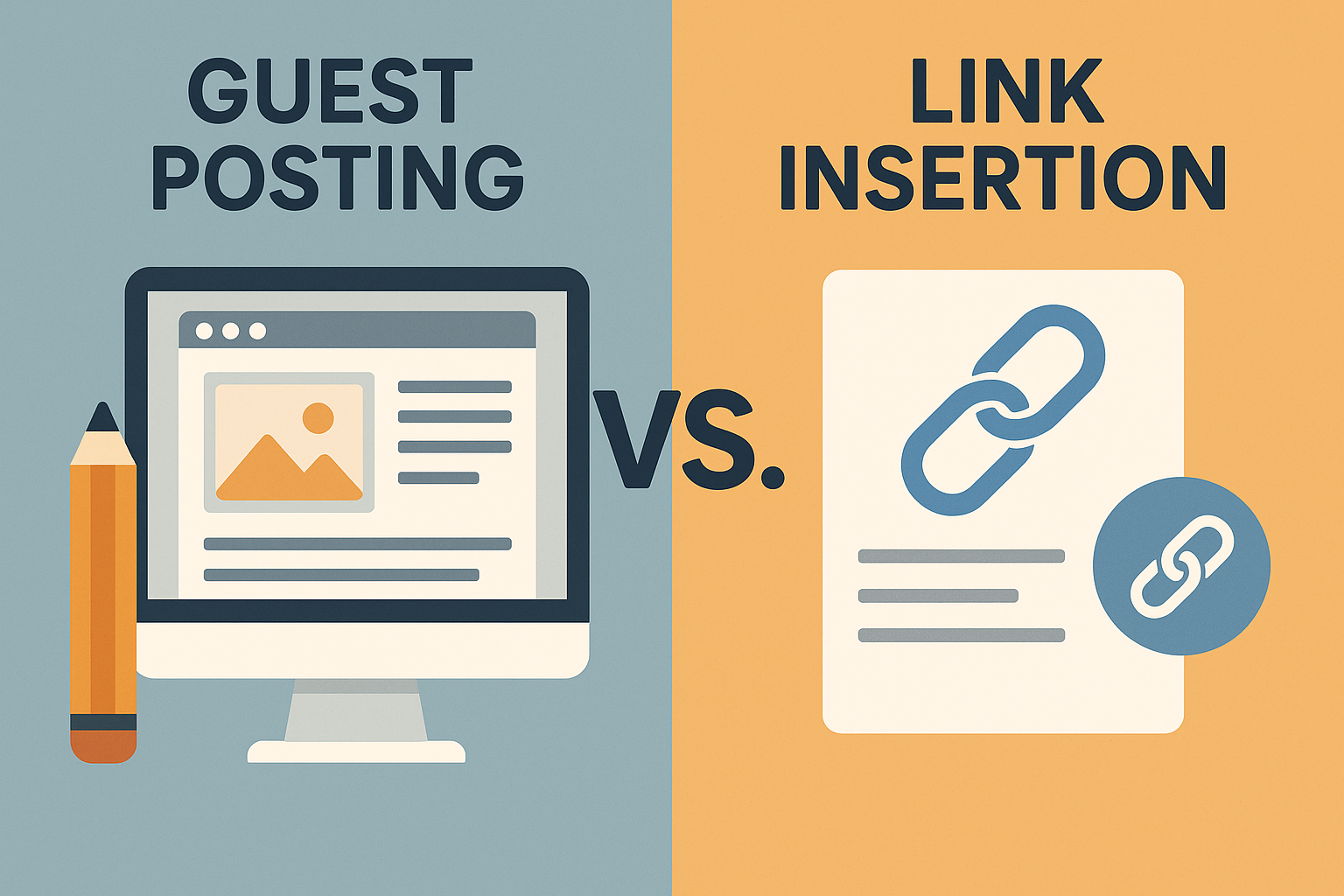
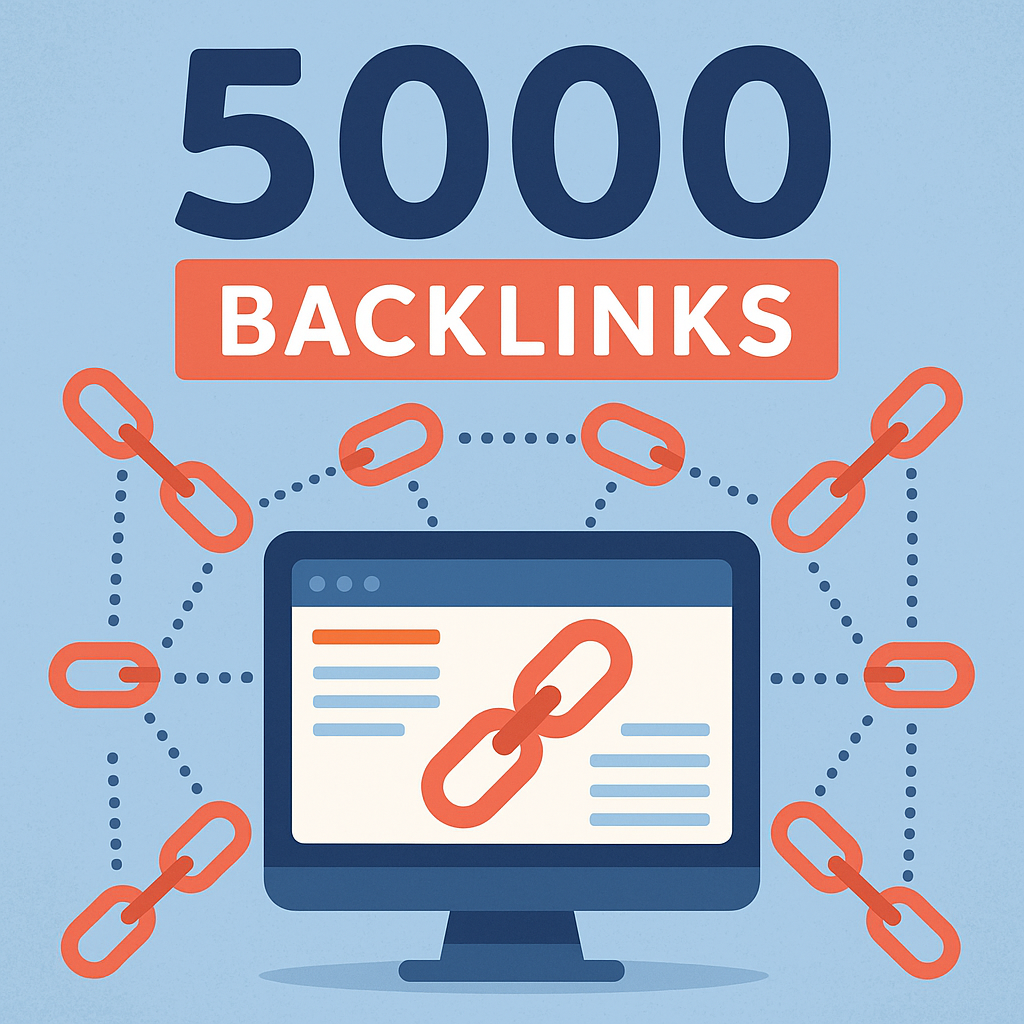
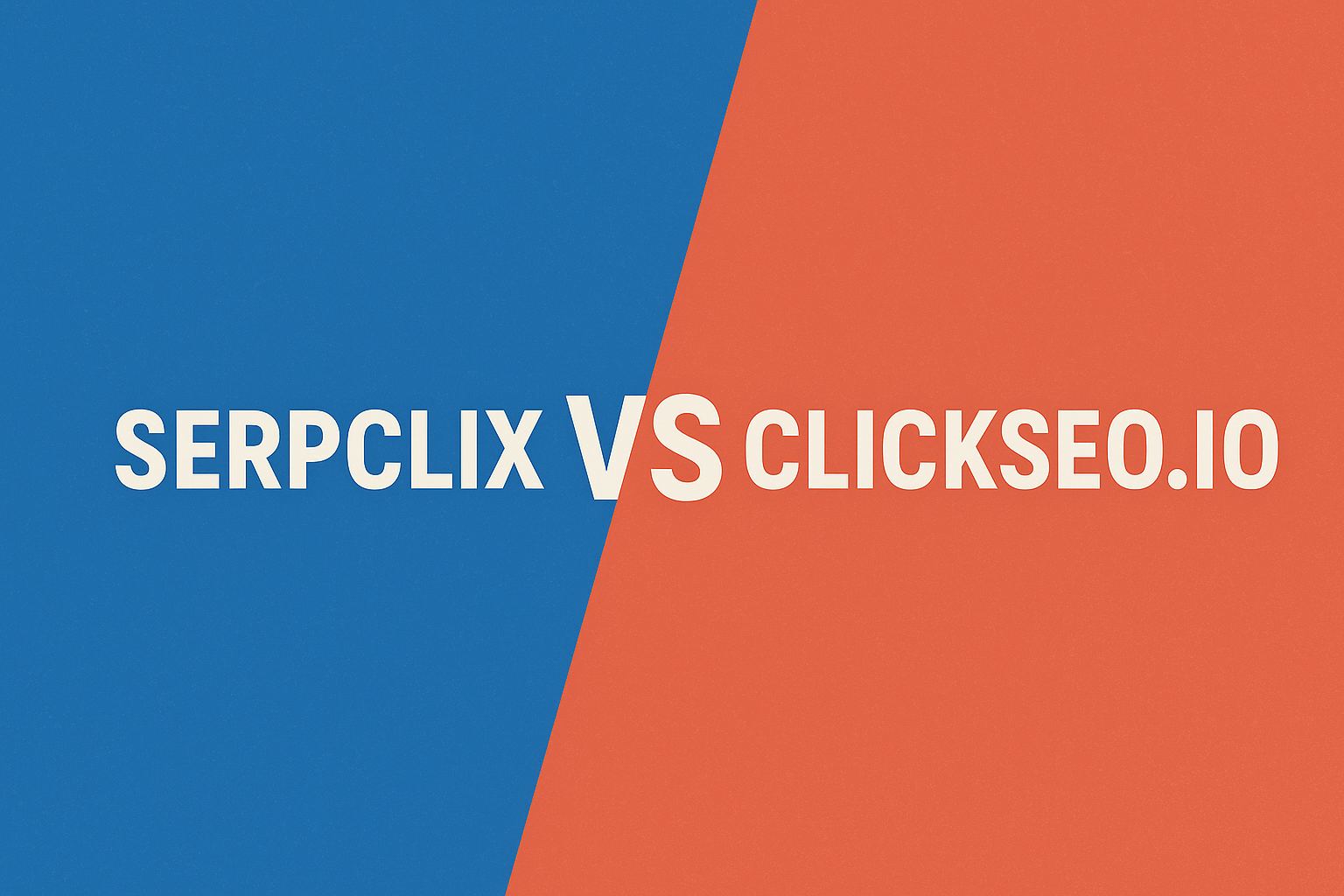
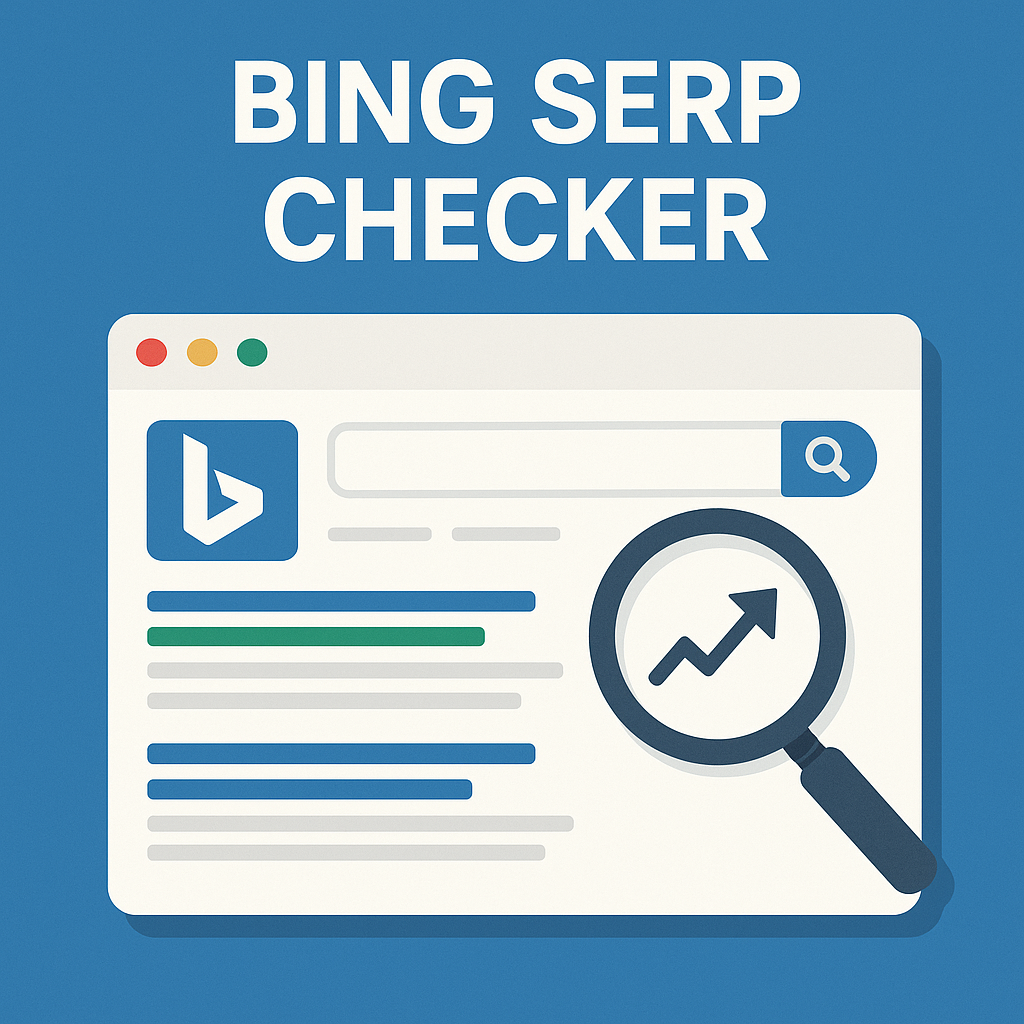
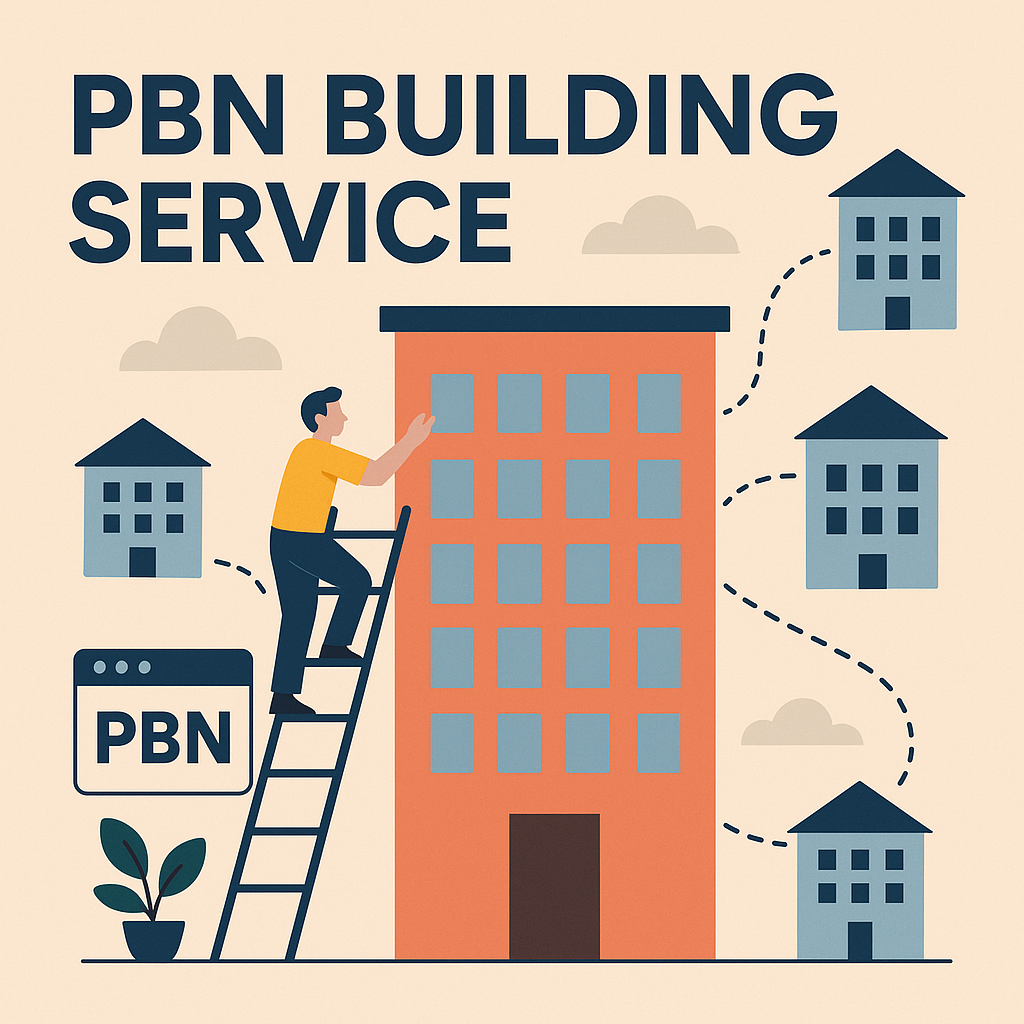
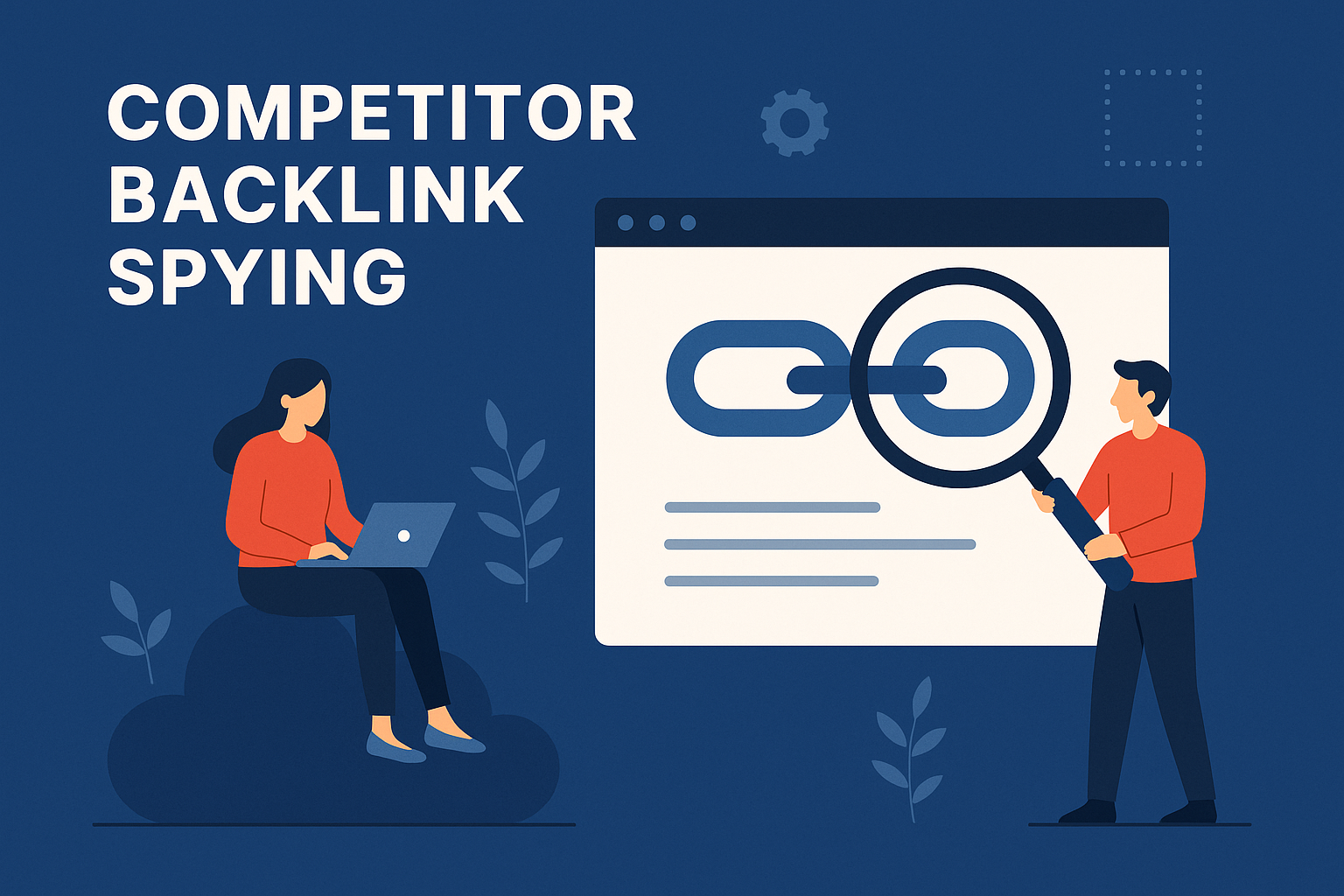
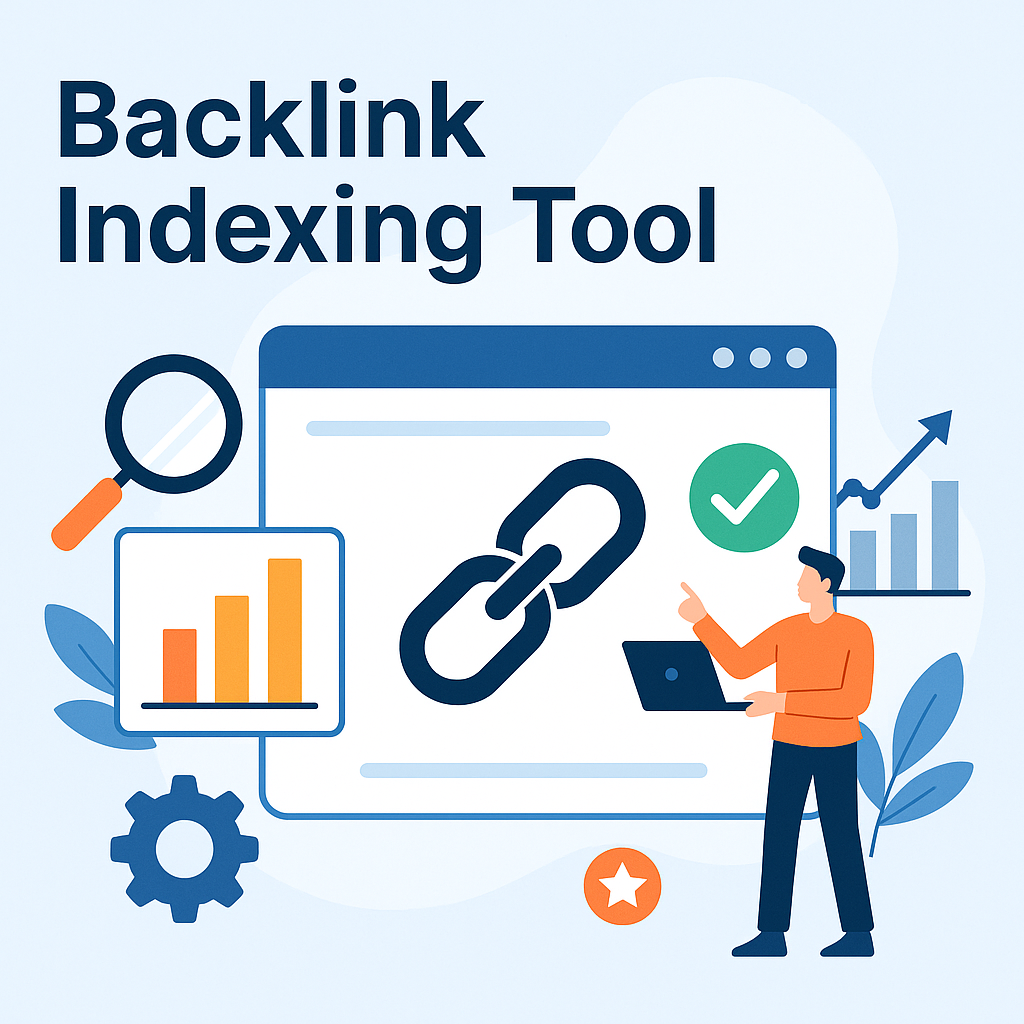

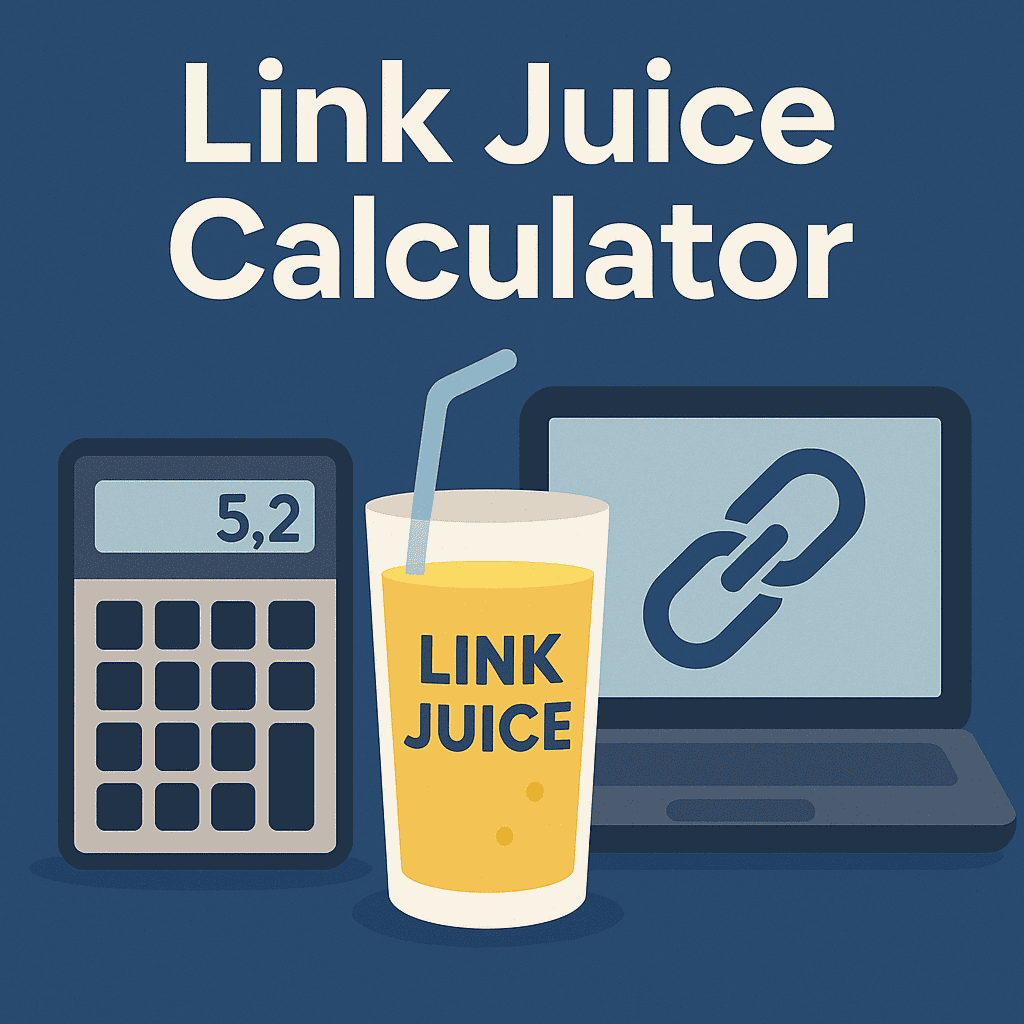
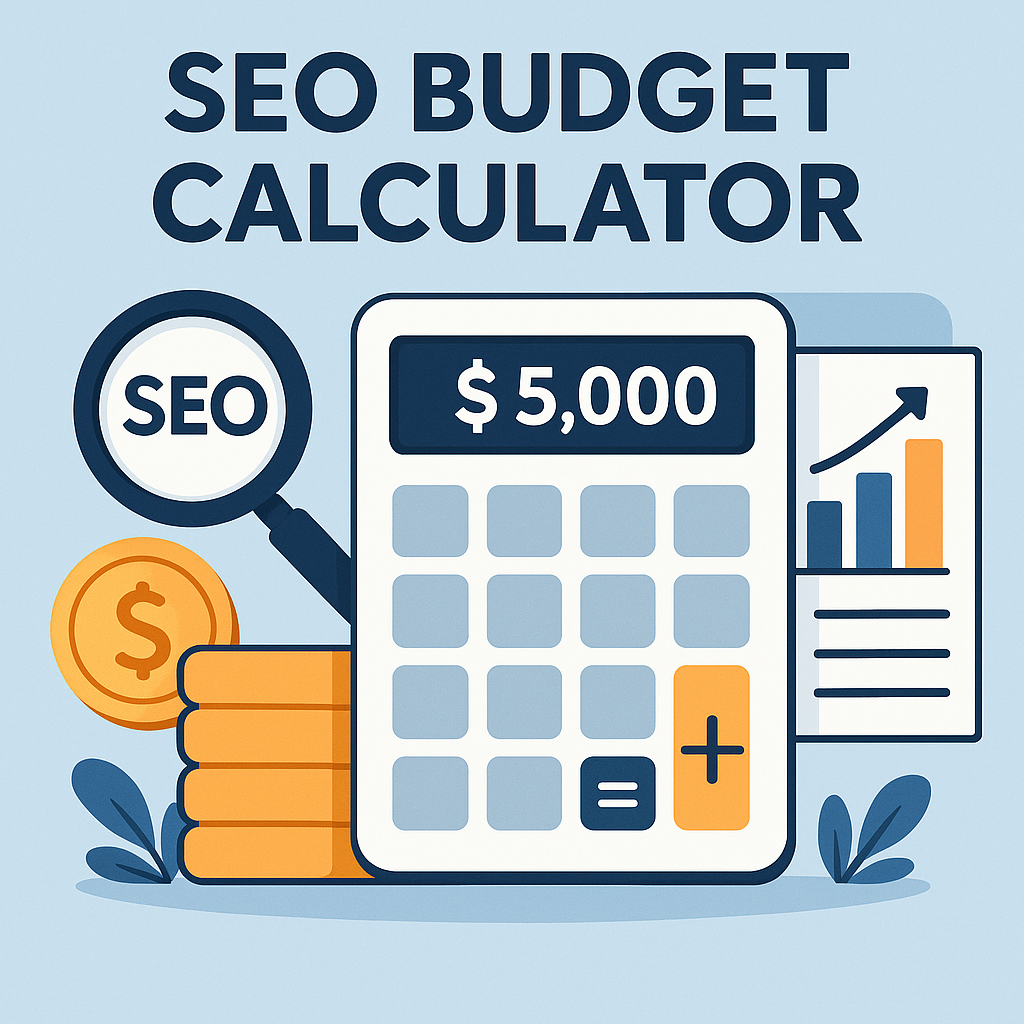
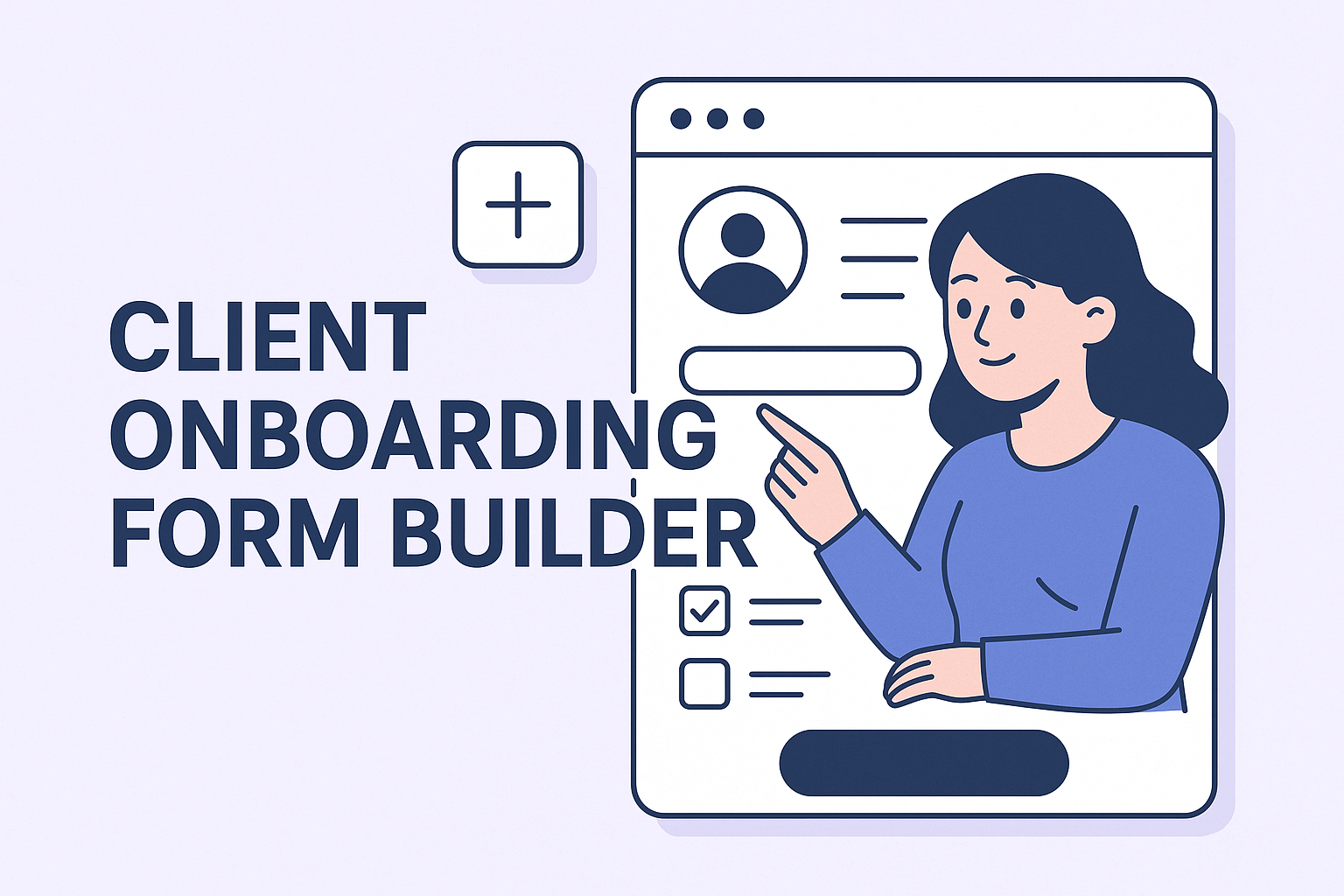
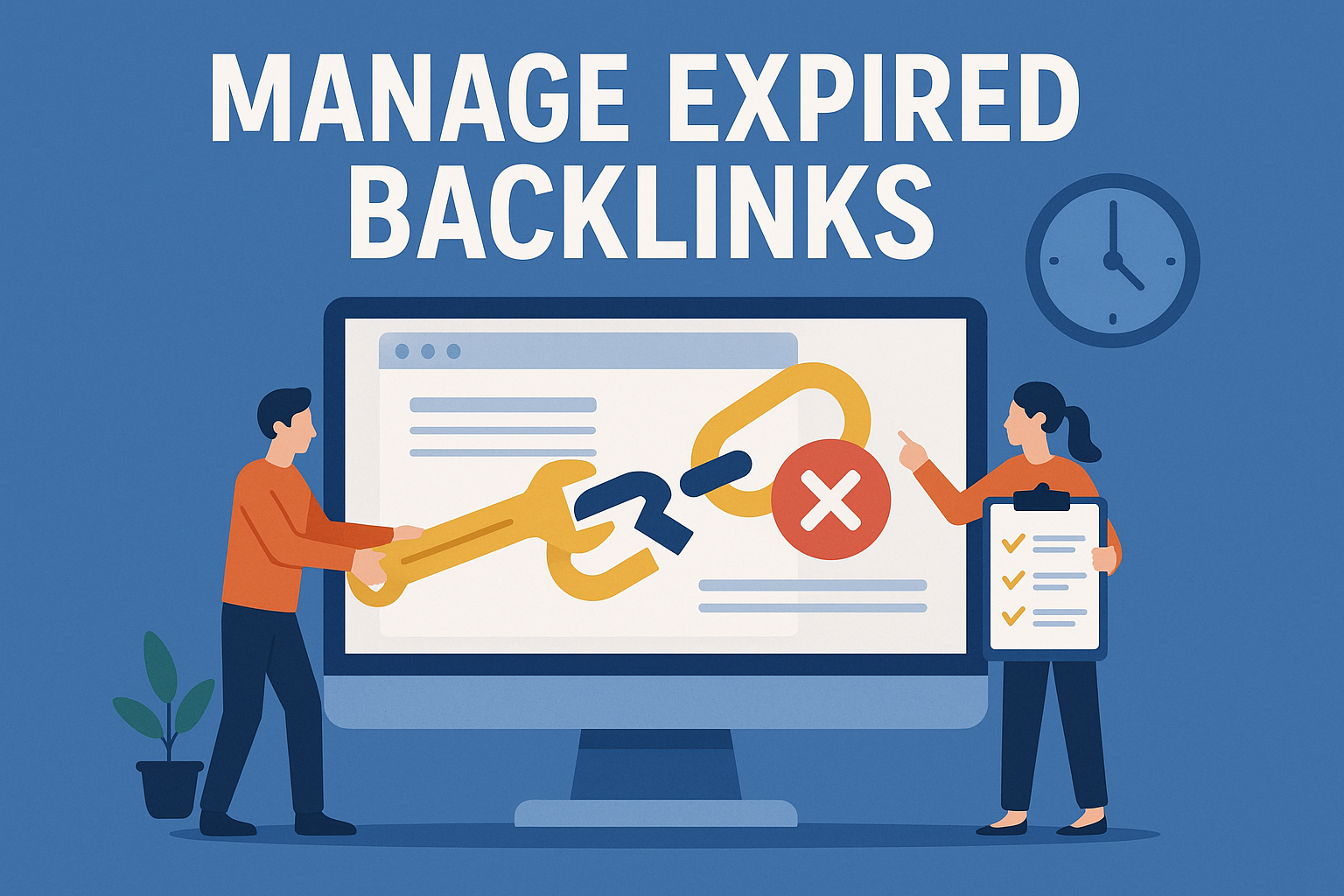

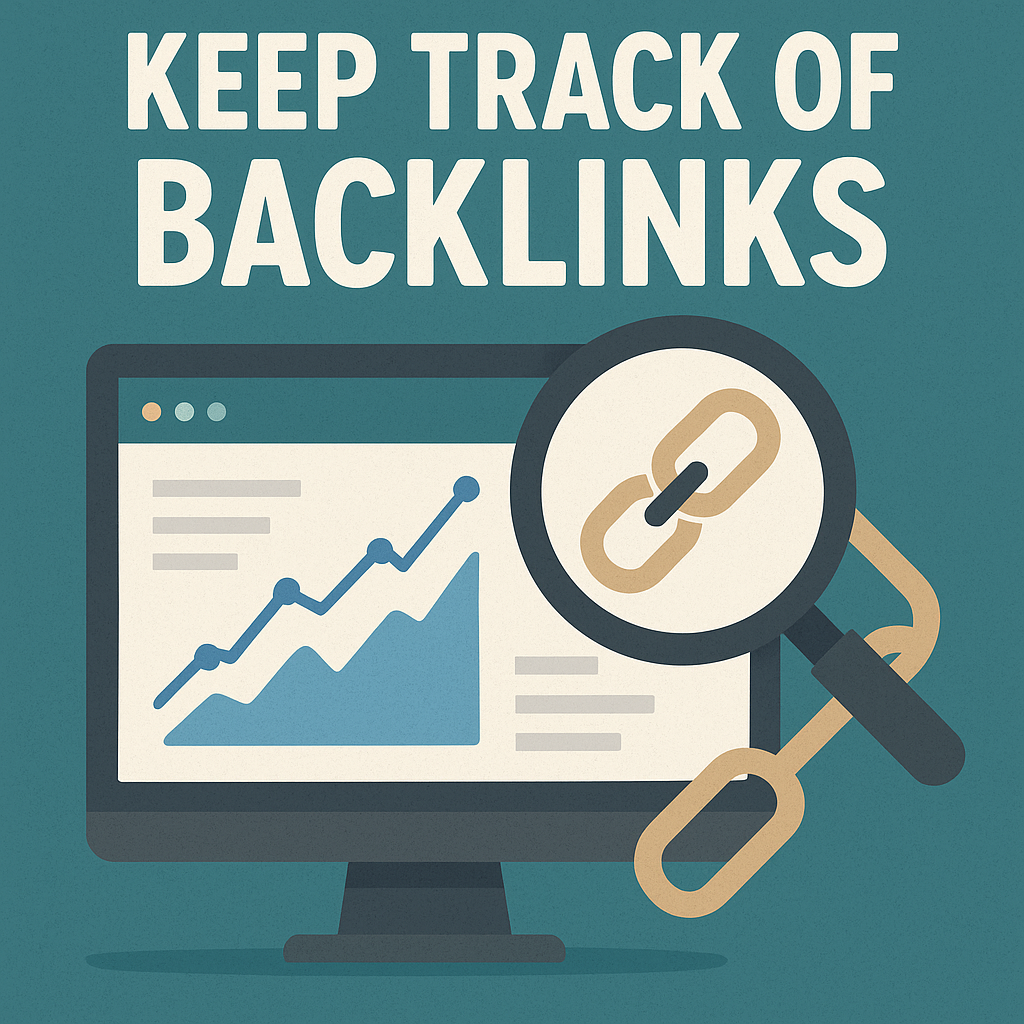
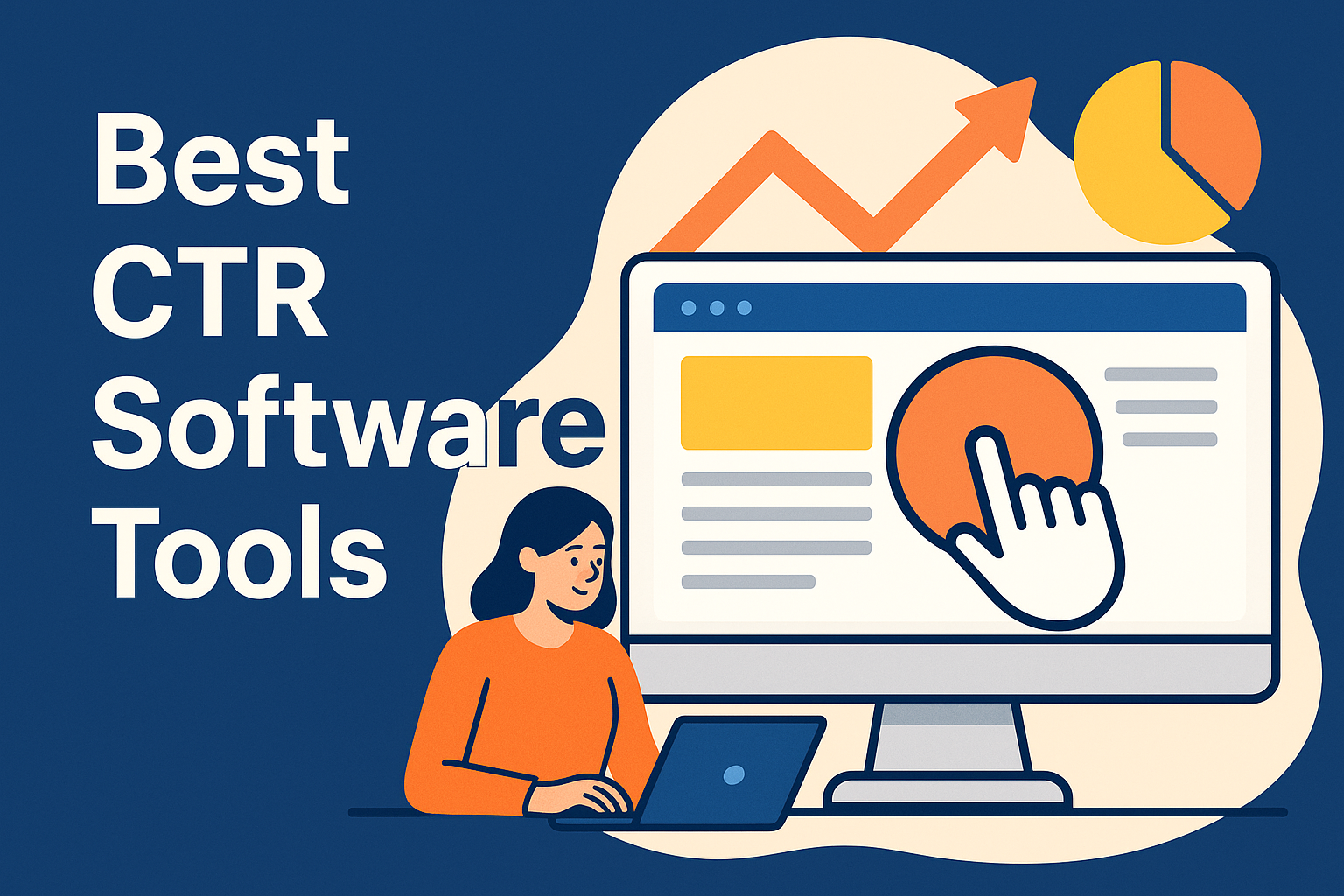
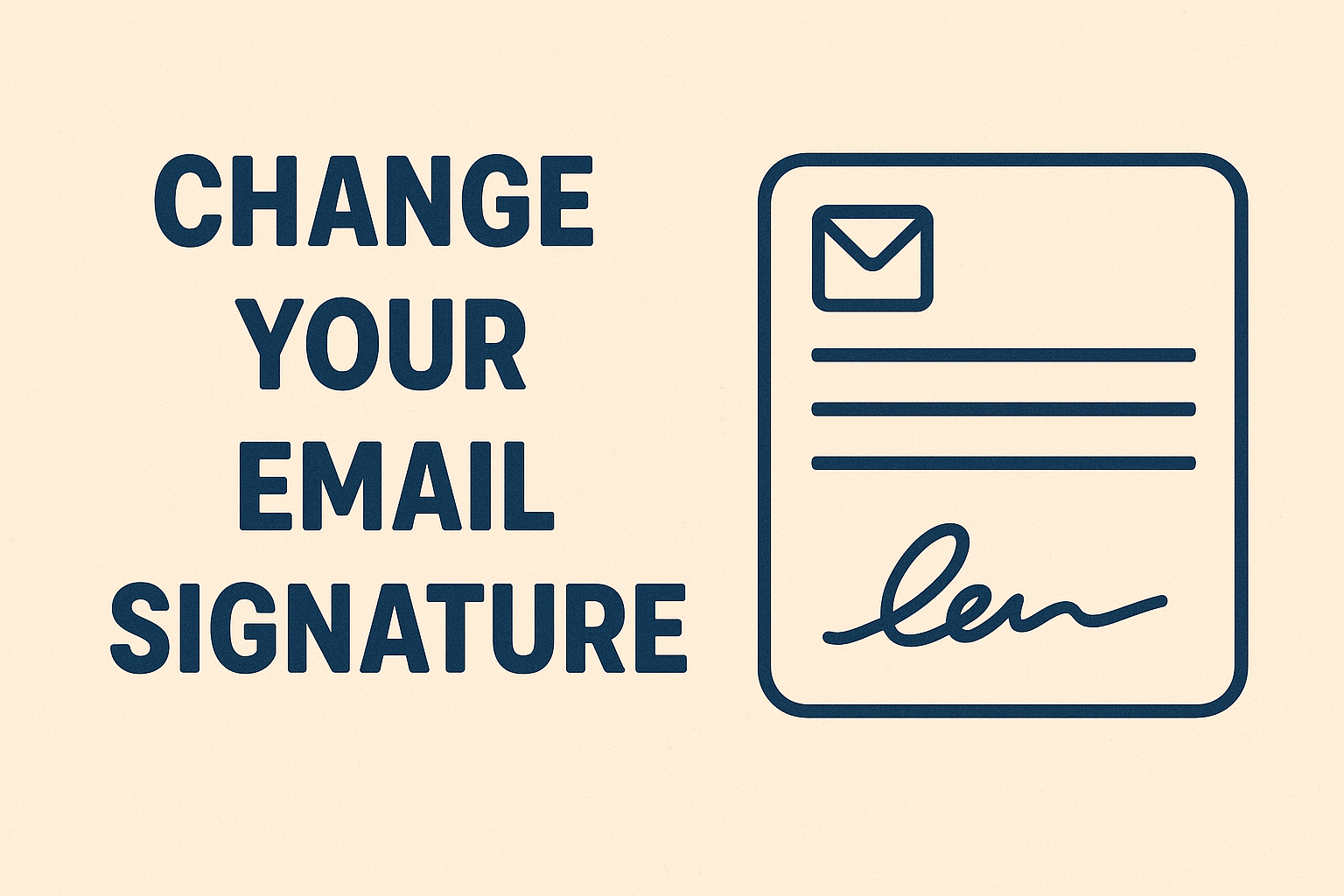
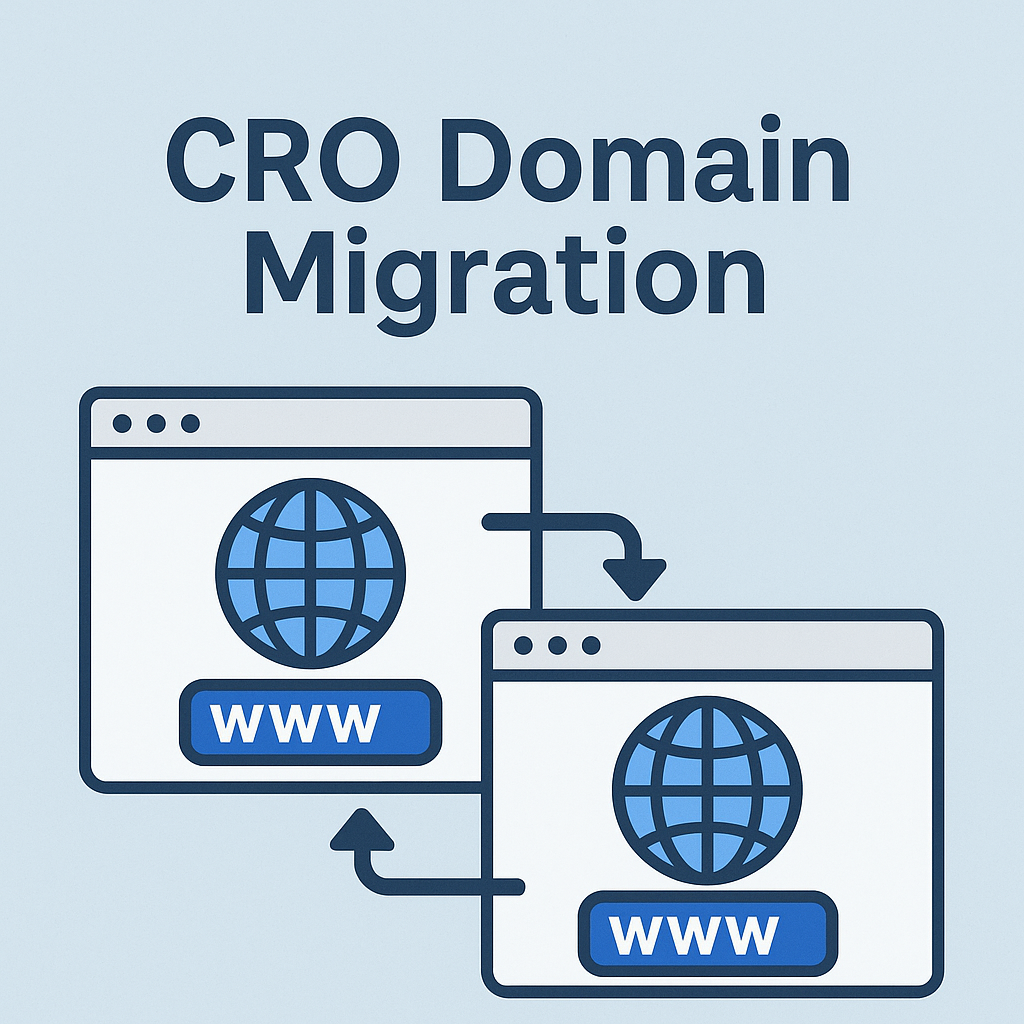
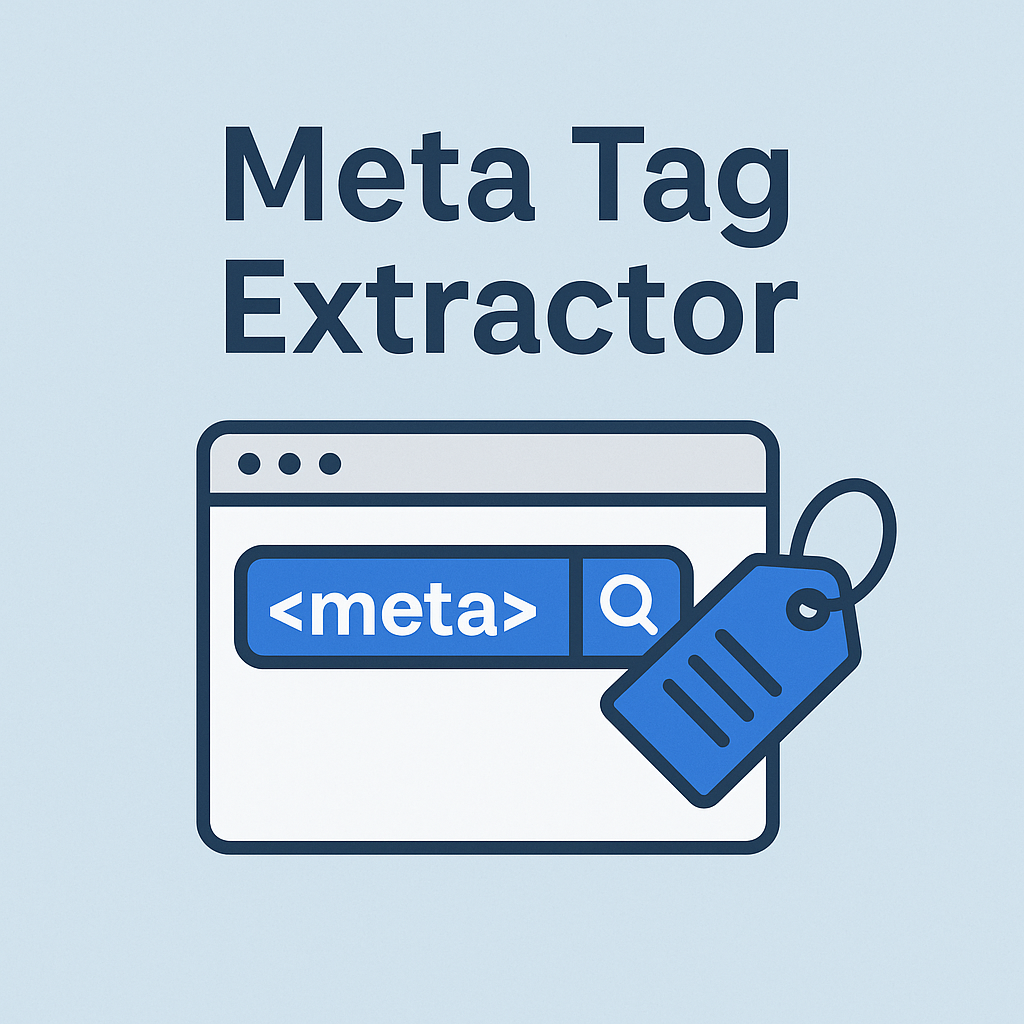
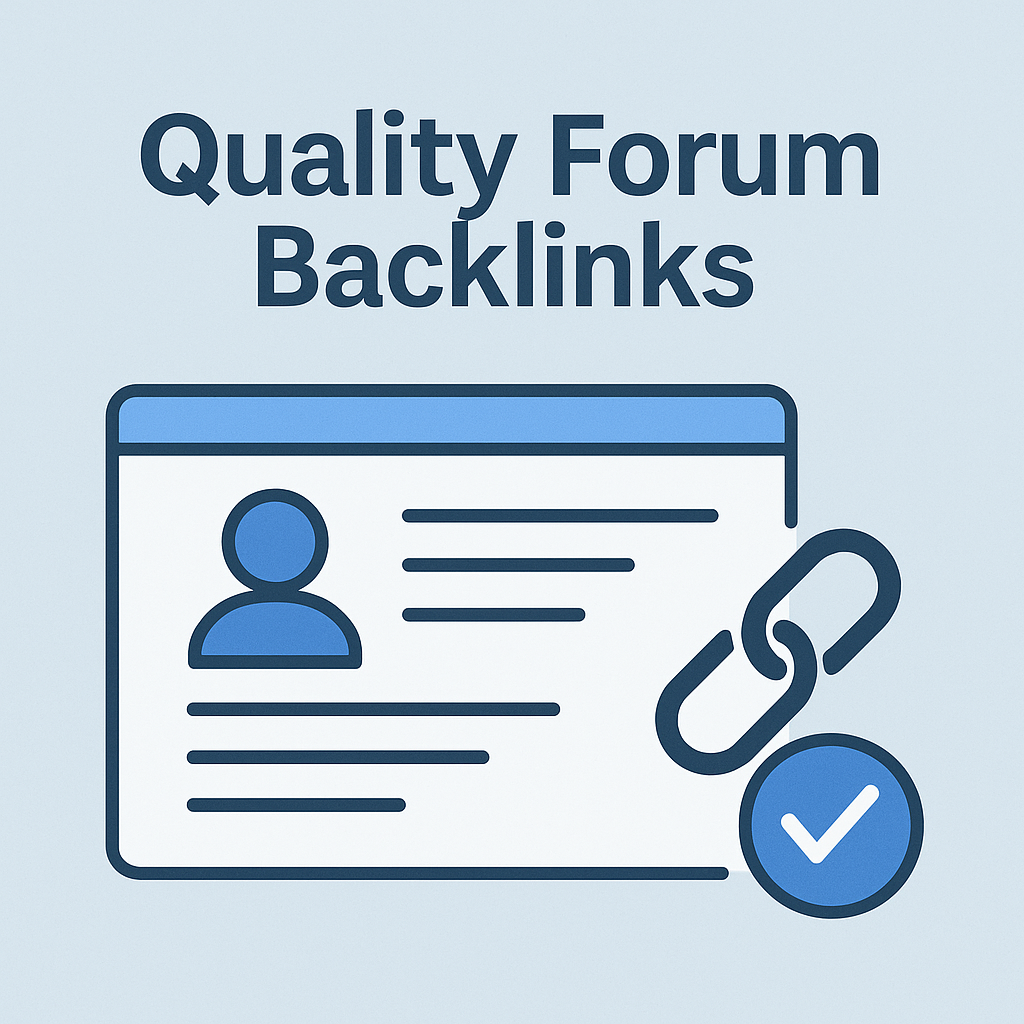
![Best Link Exchange Sites [Free & Safe] – Top 5 Picks](https://backlinkmanagement.io/wp-content/uploads/2025/04/Free-Link-Exchange.png)
